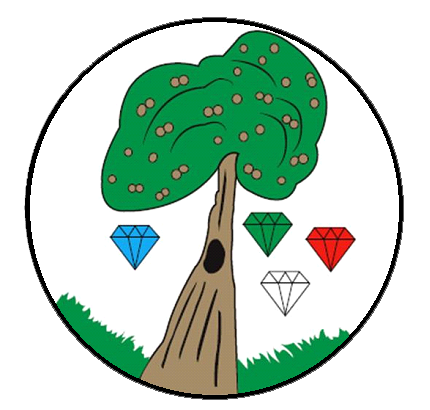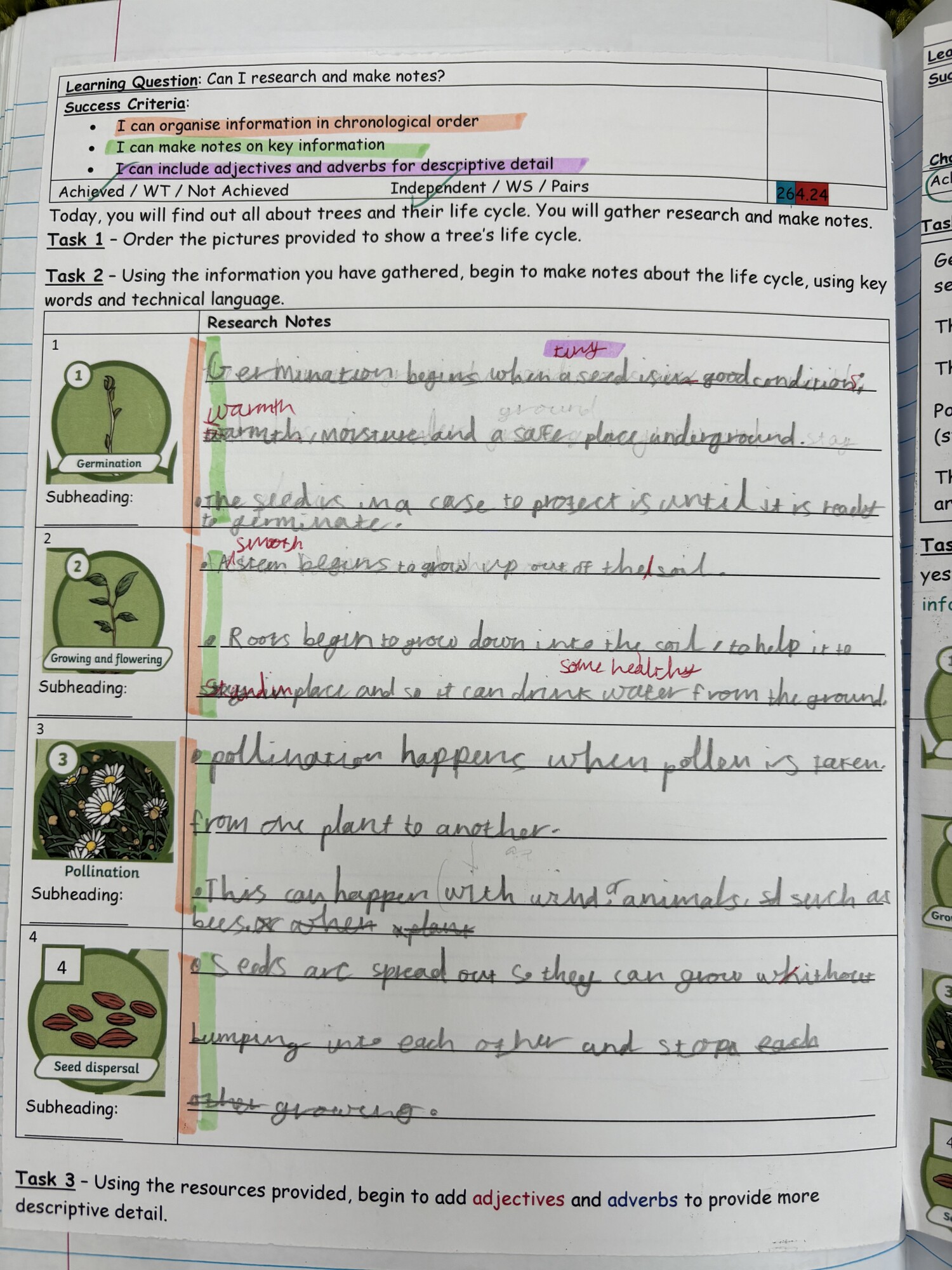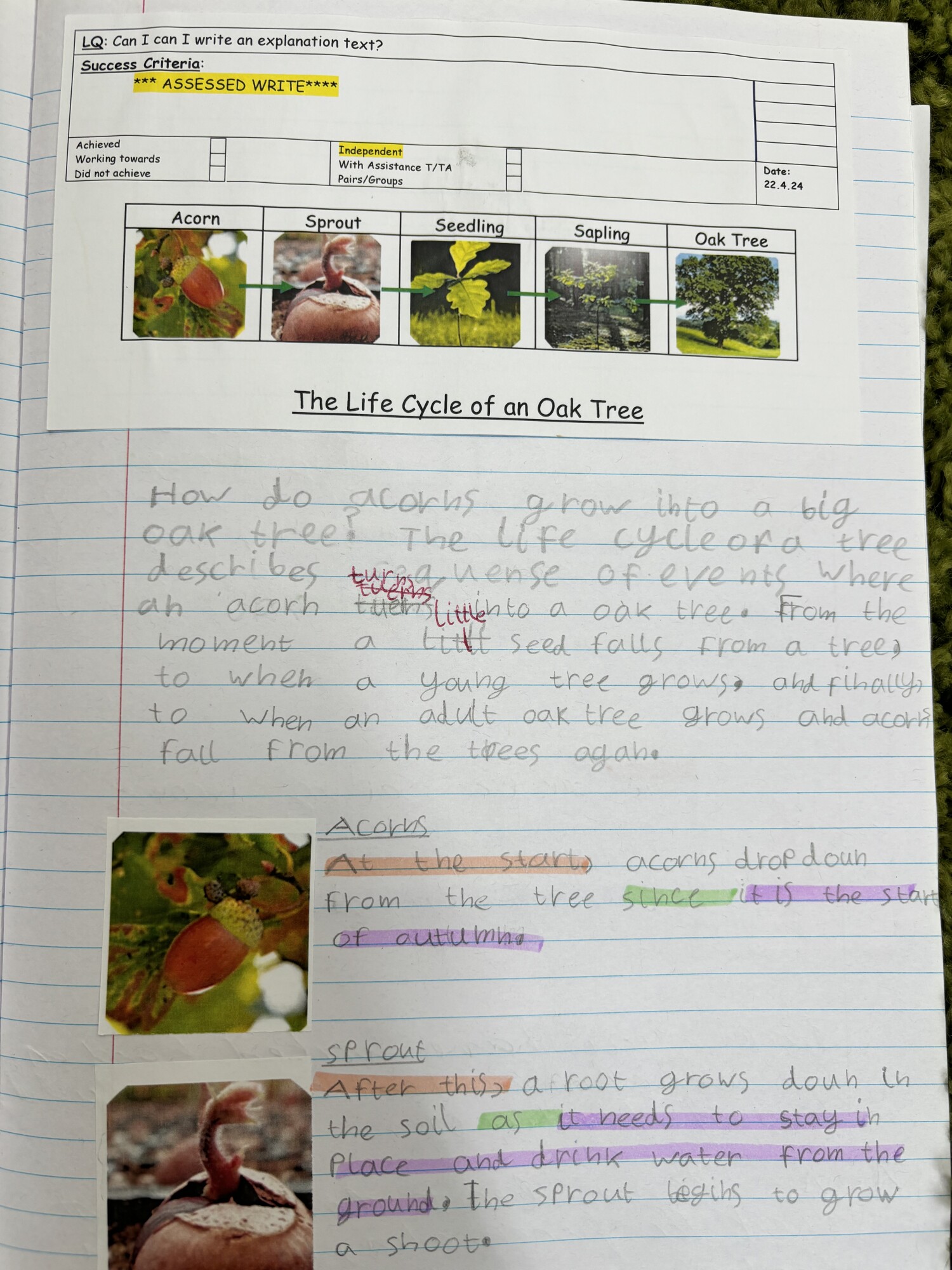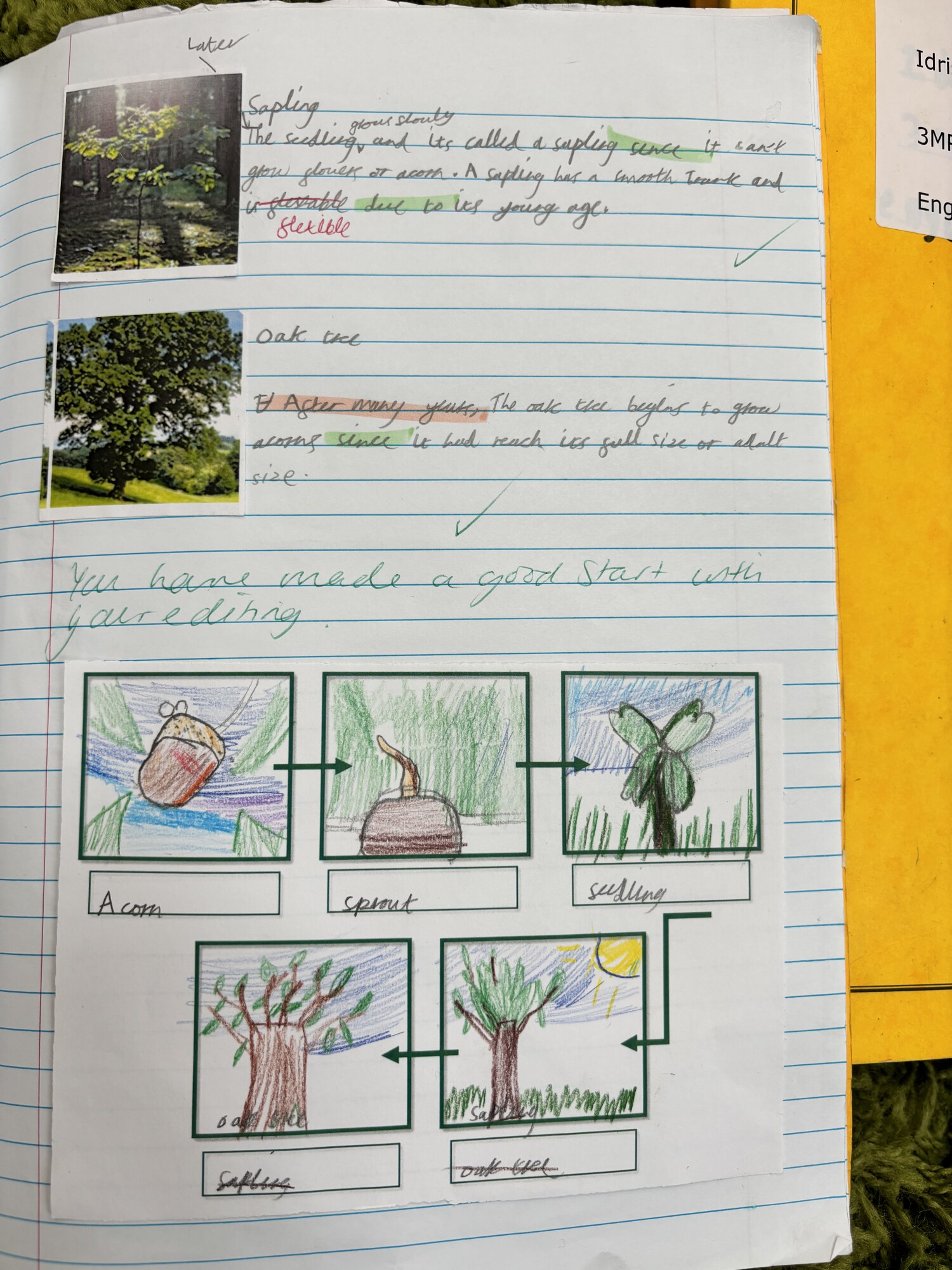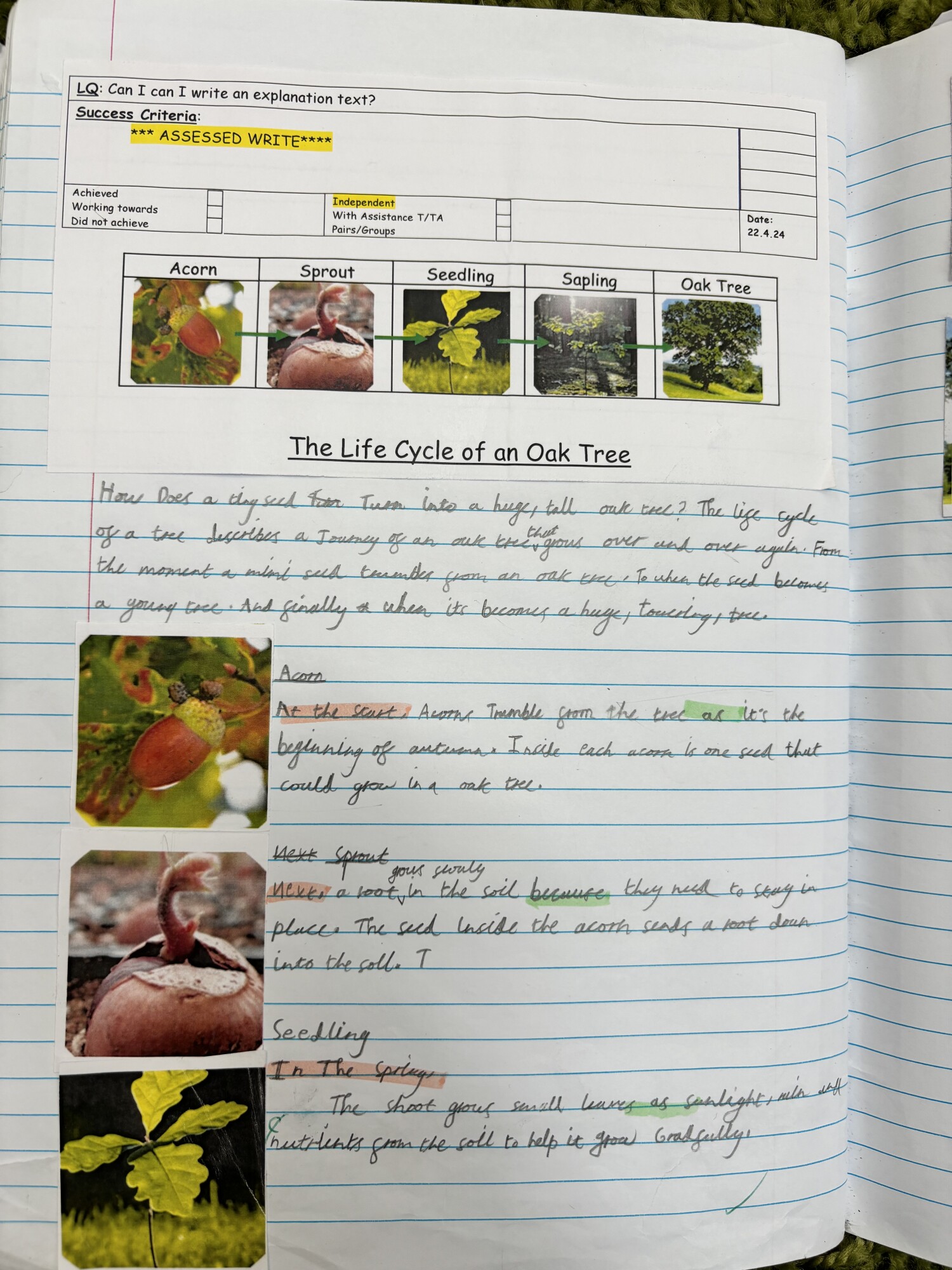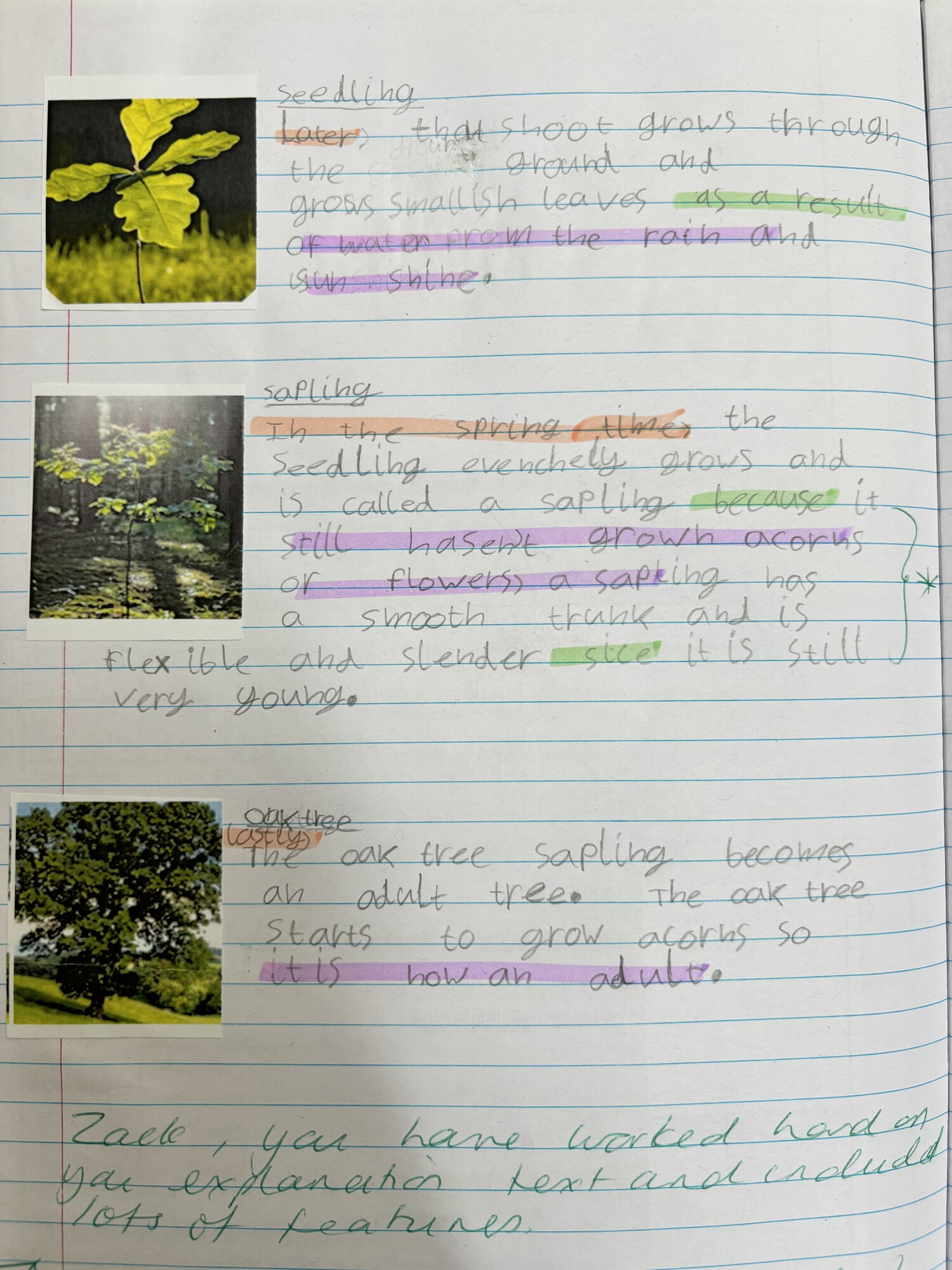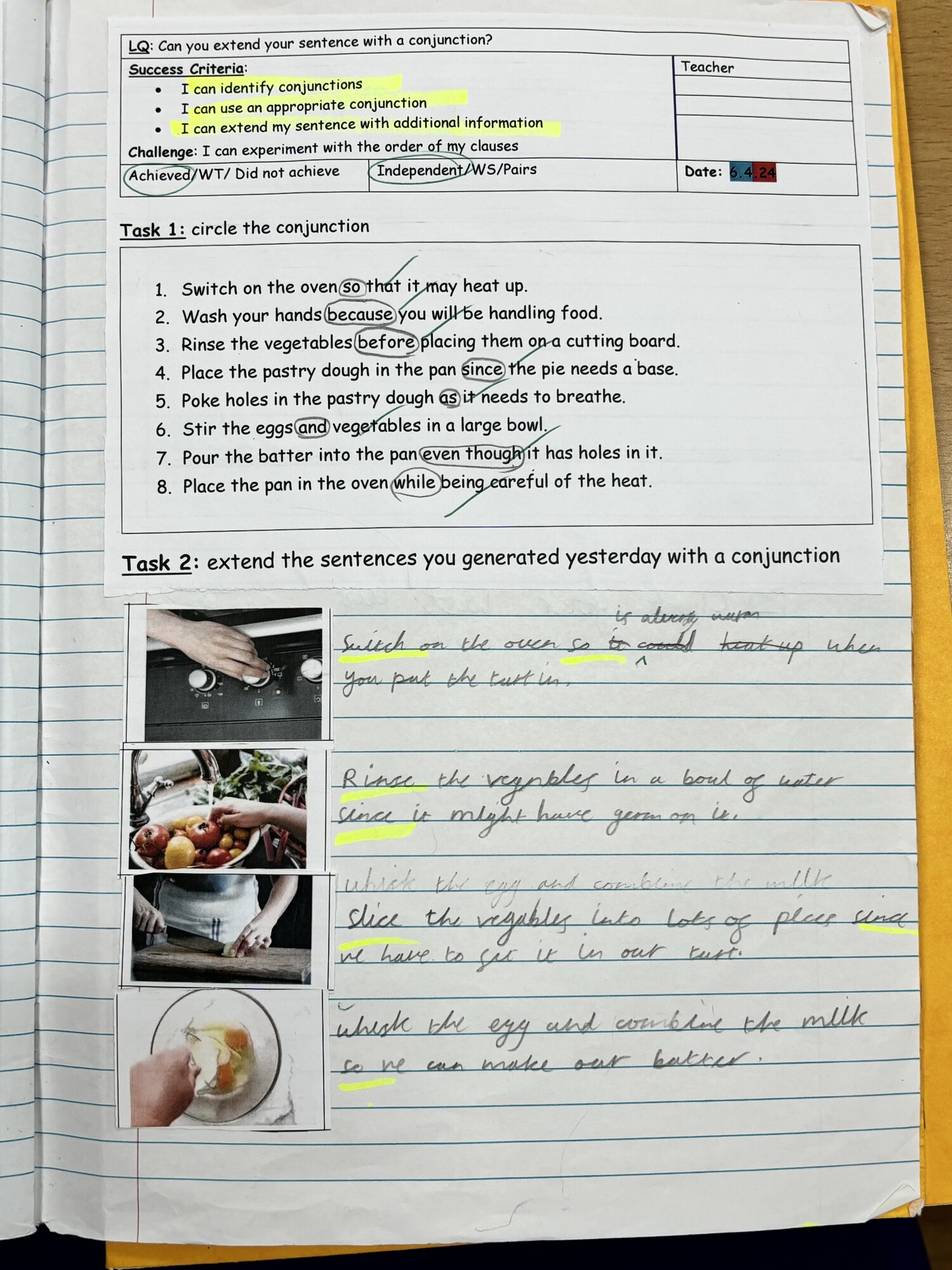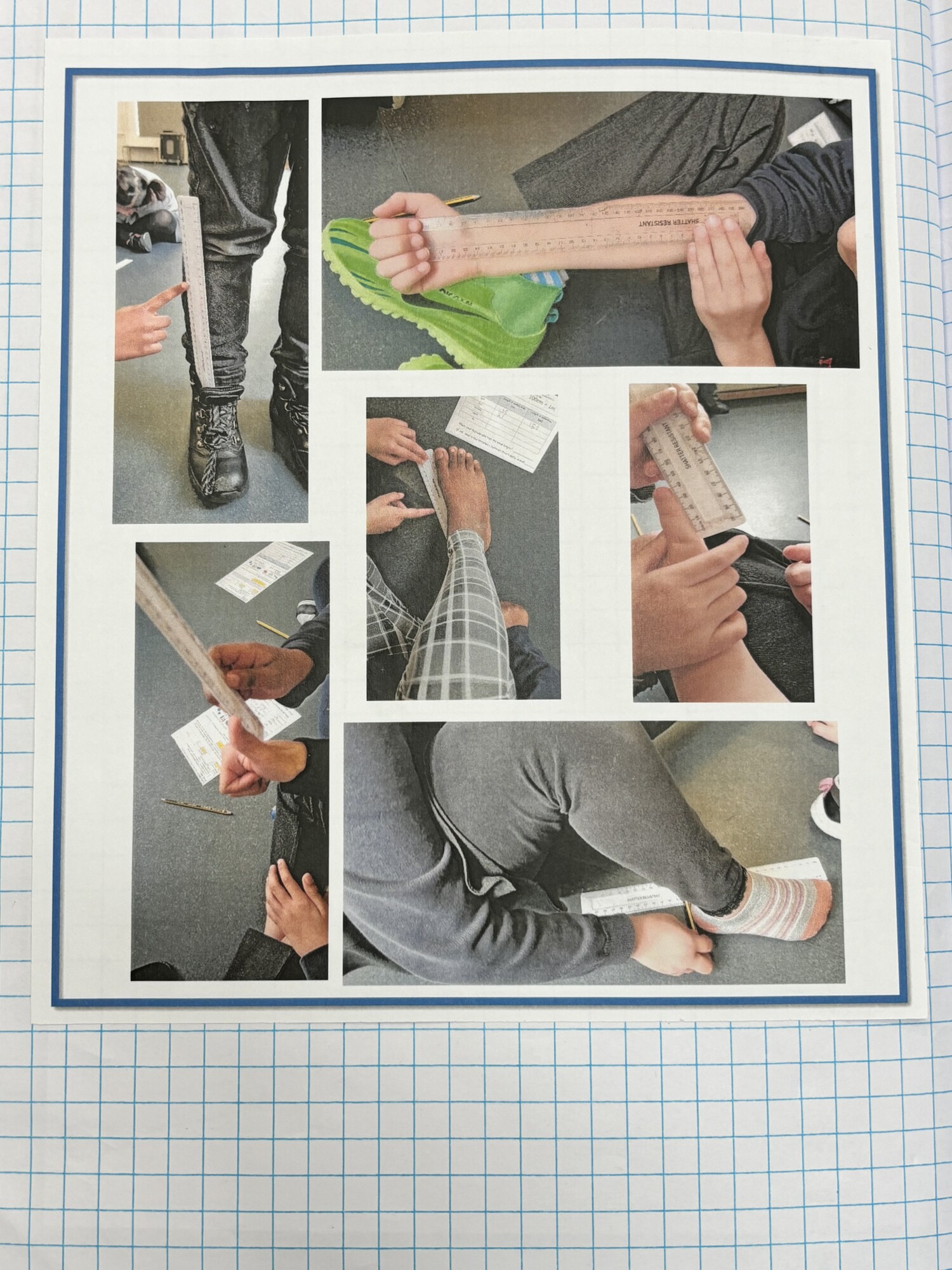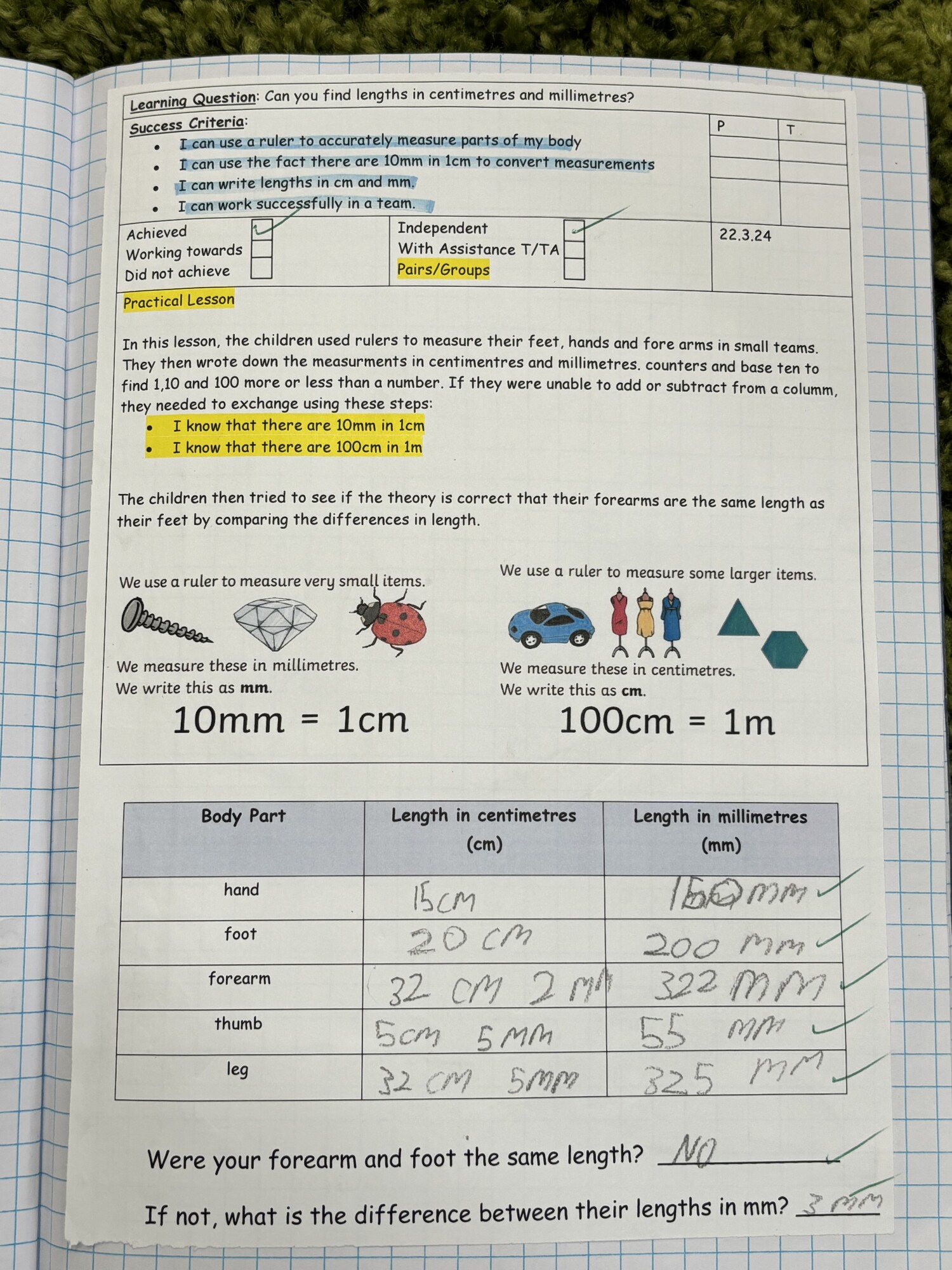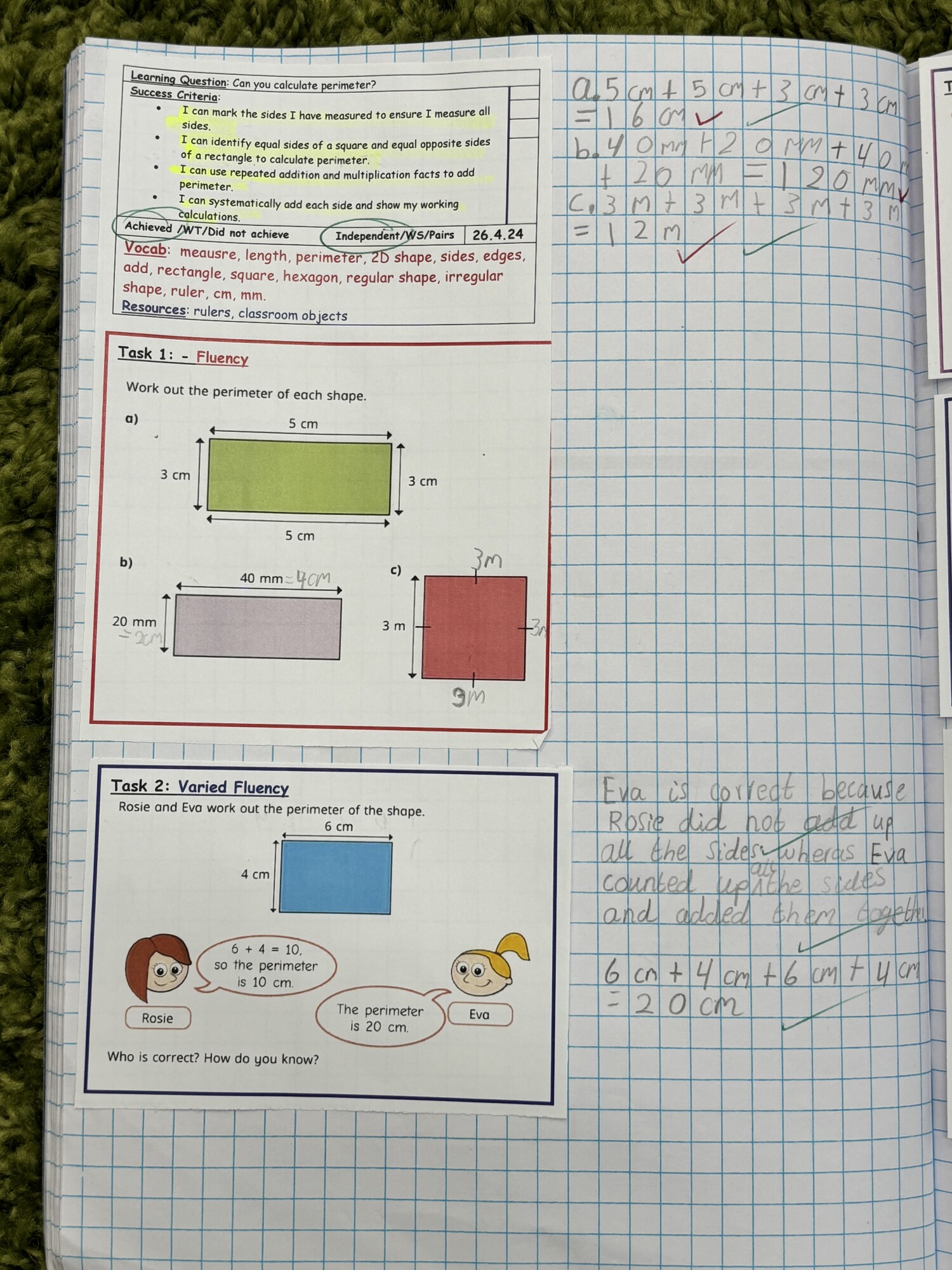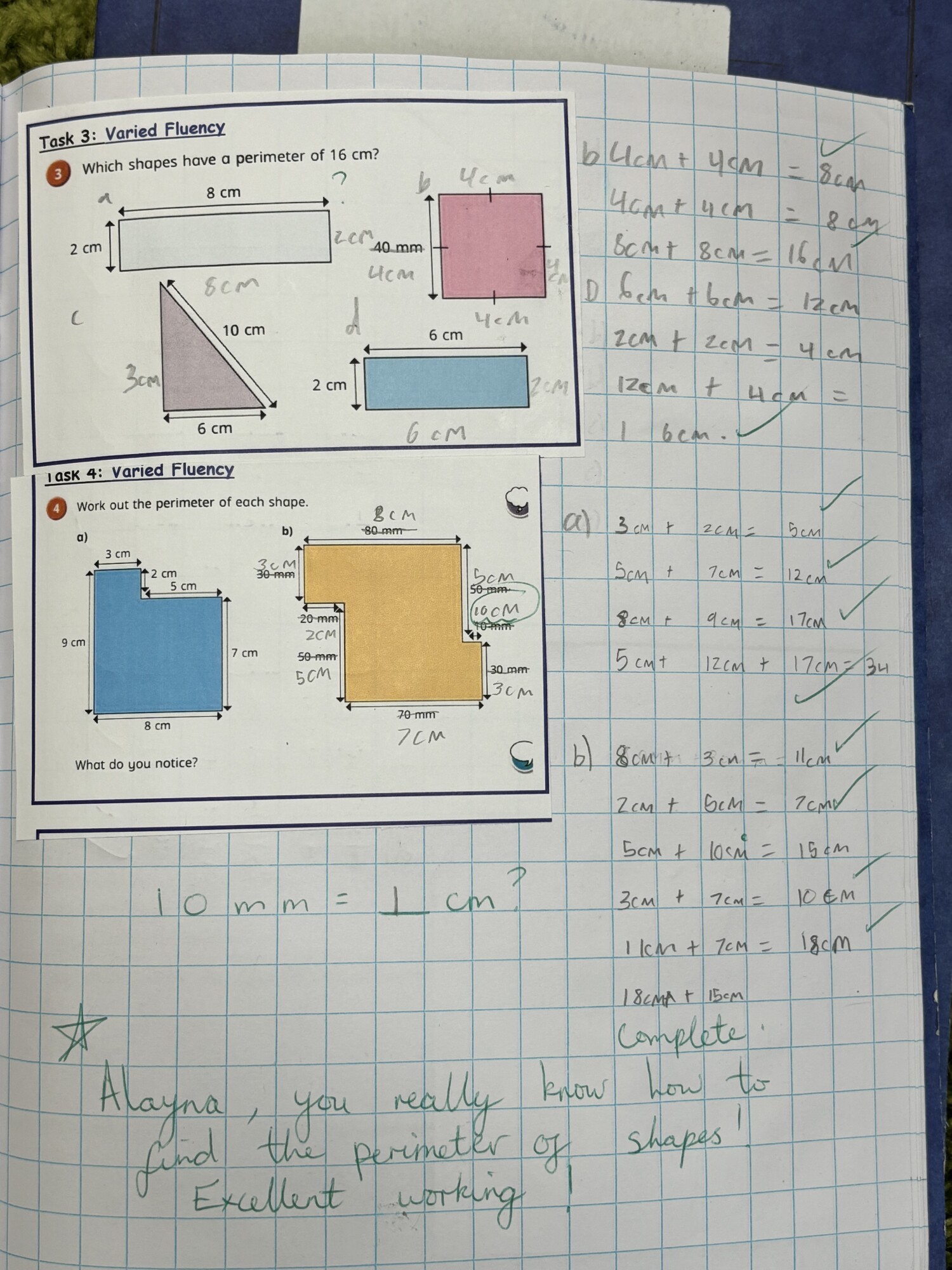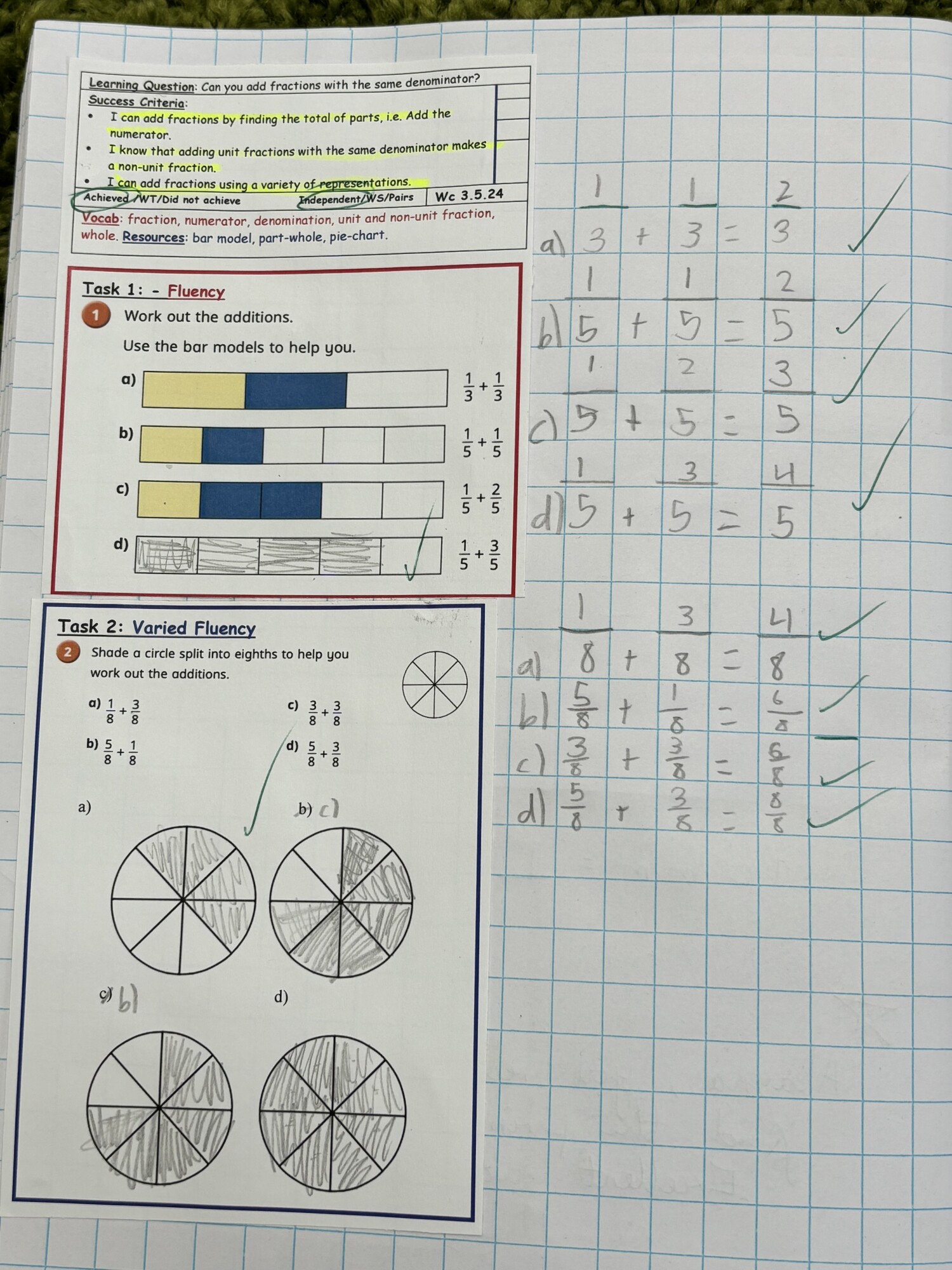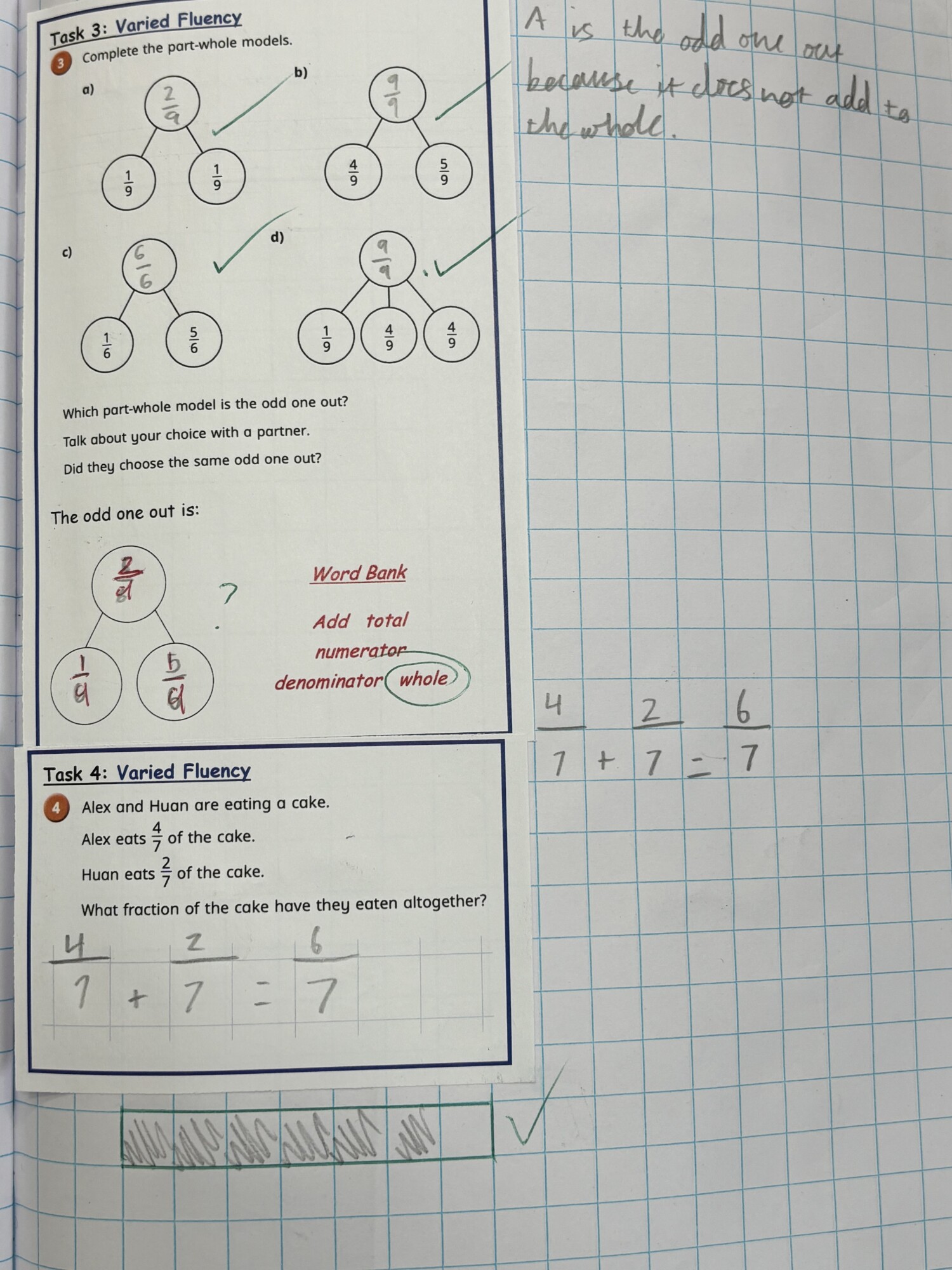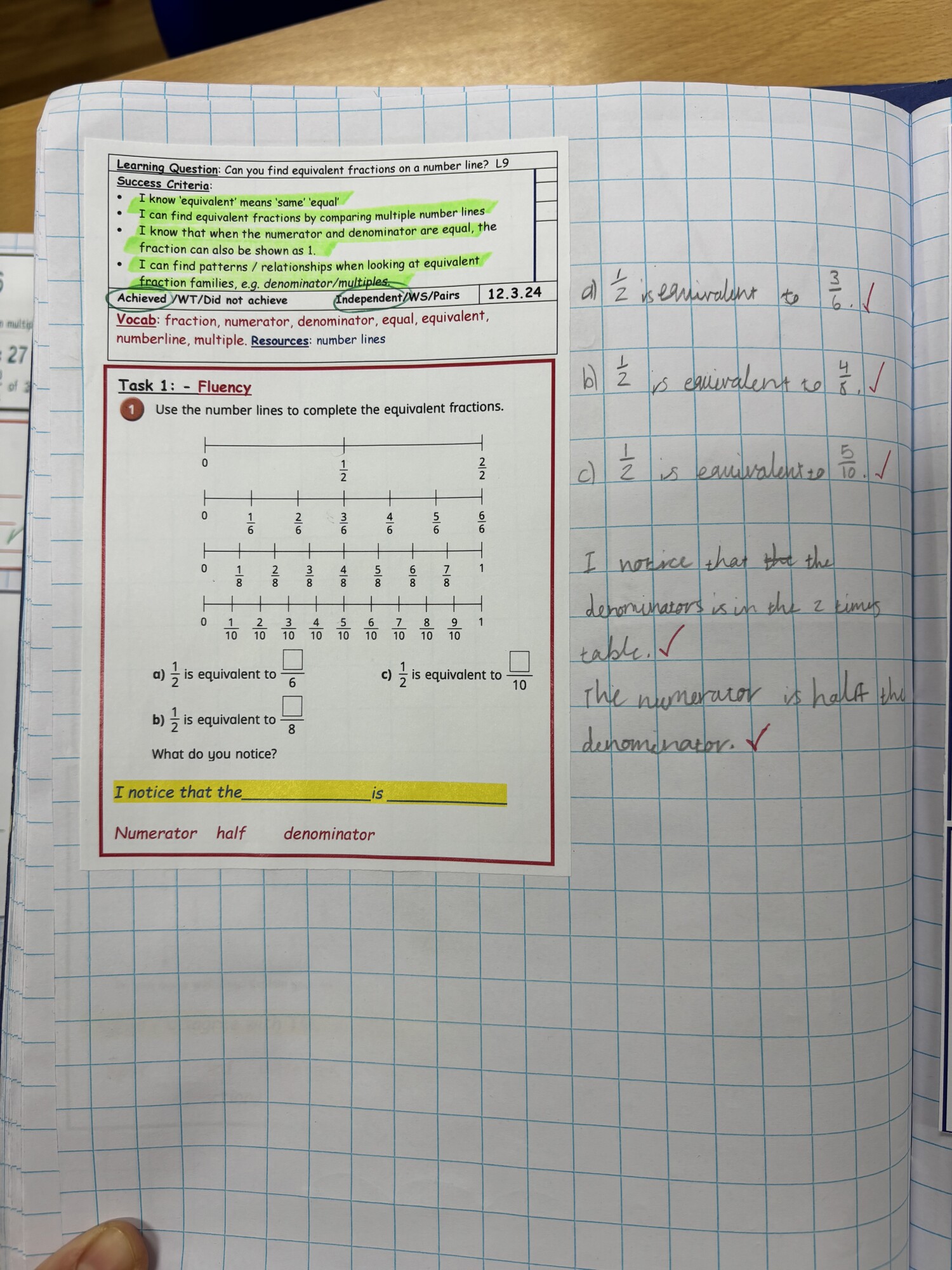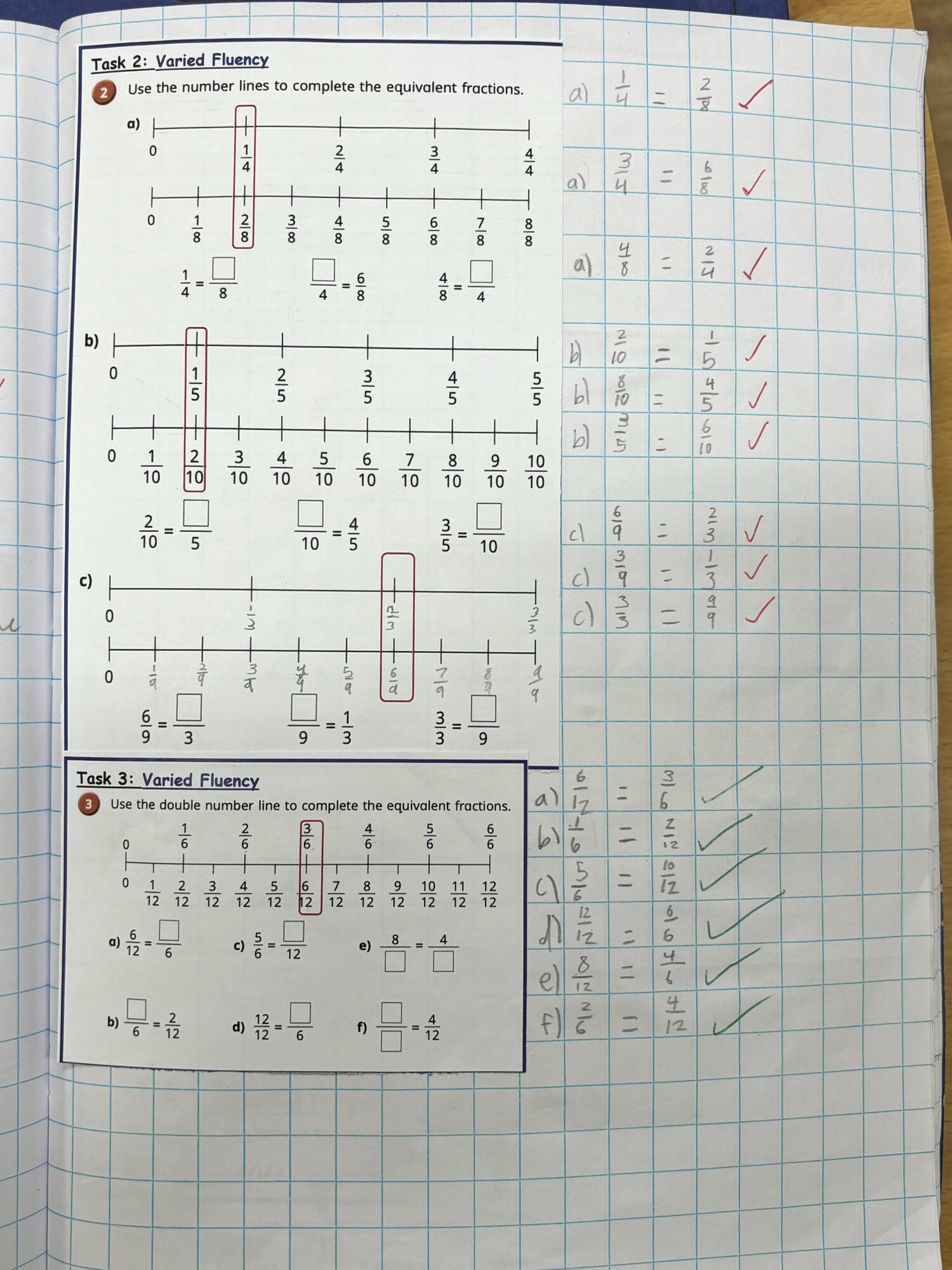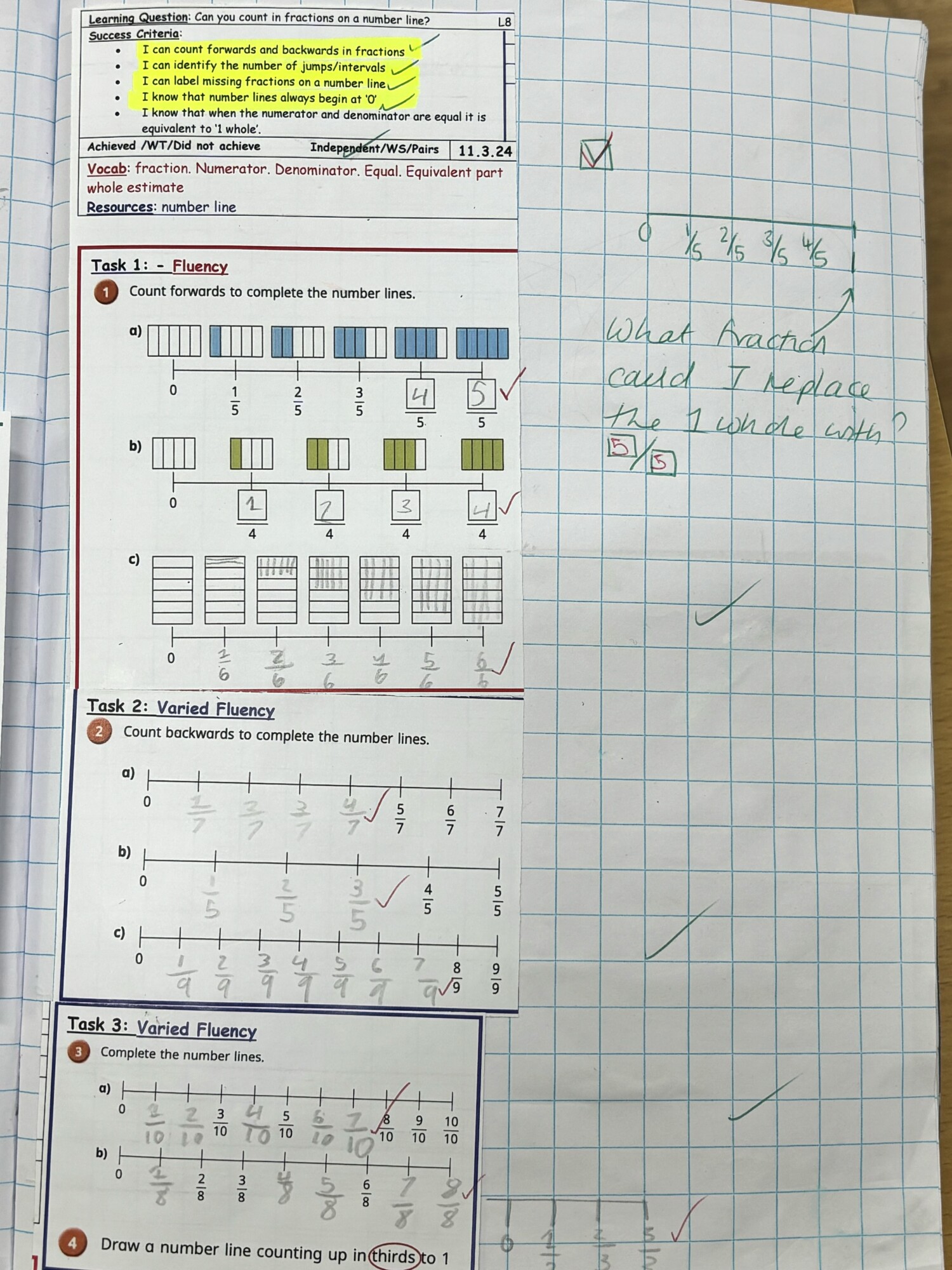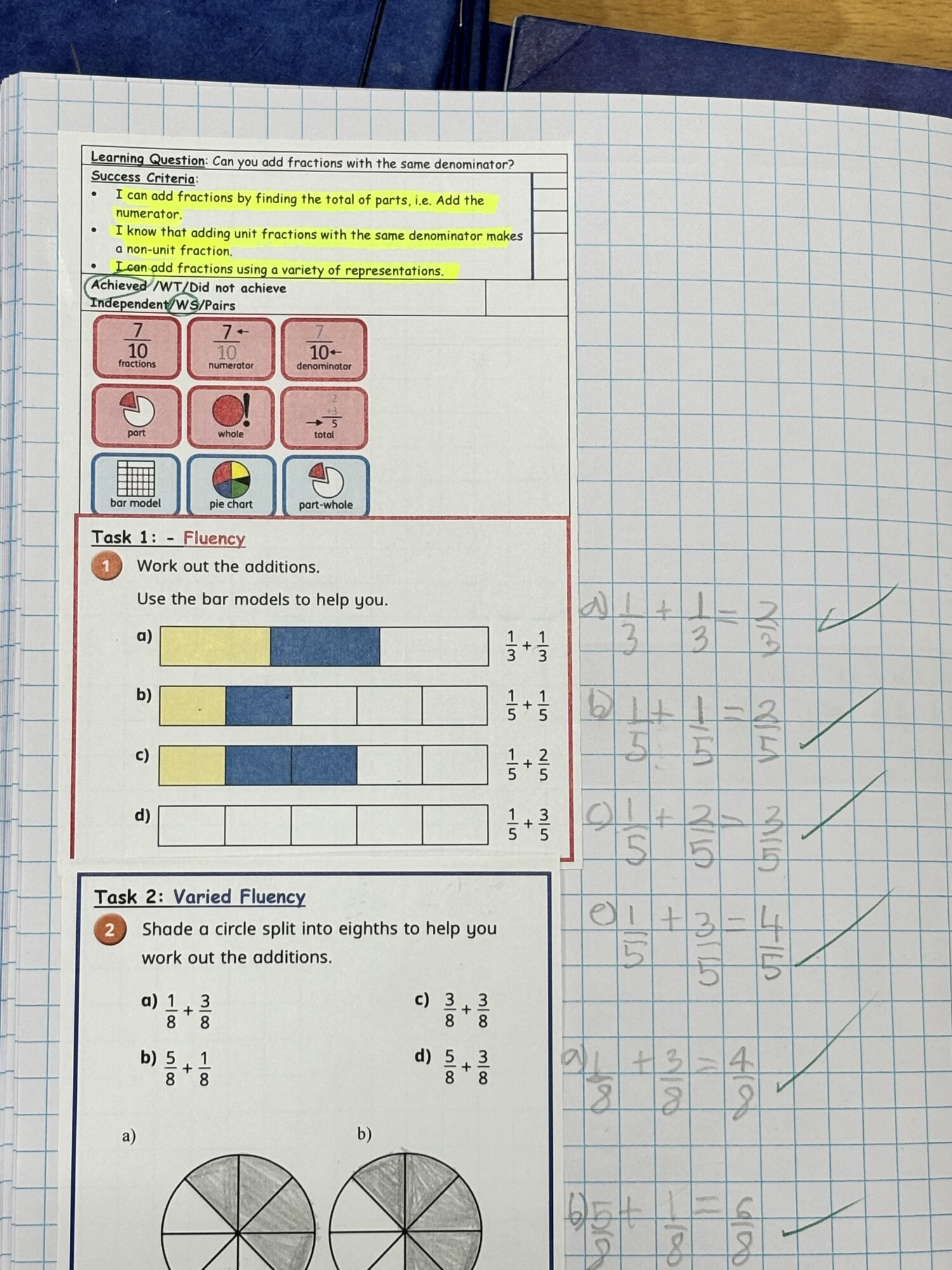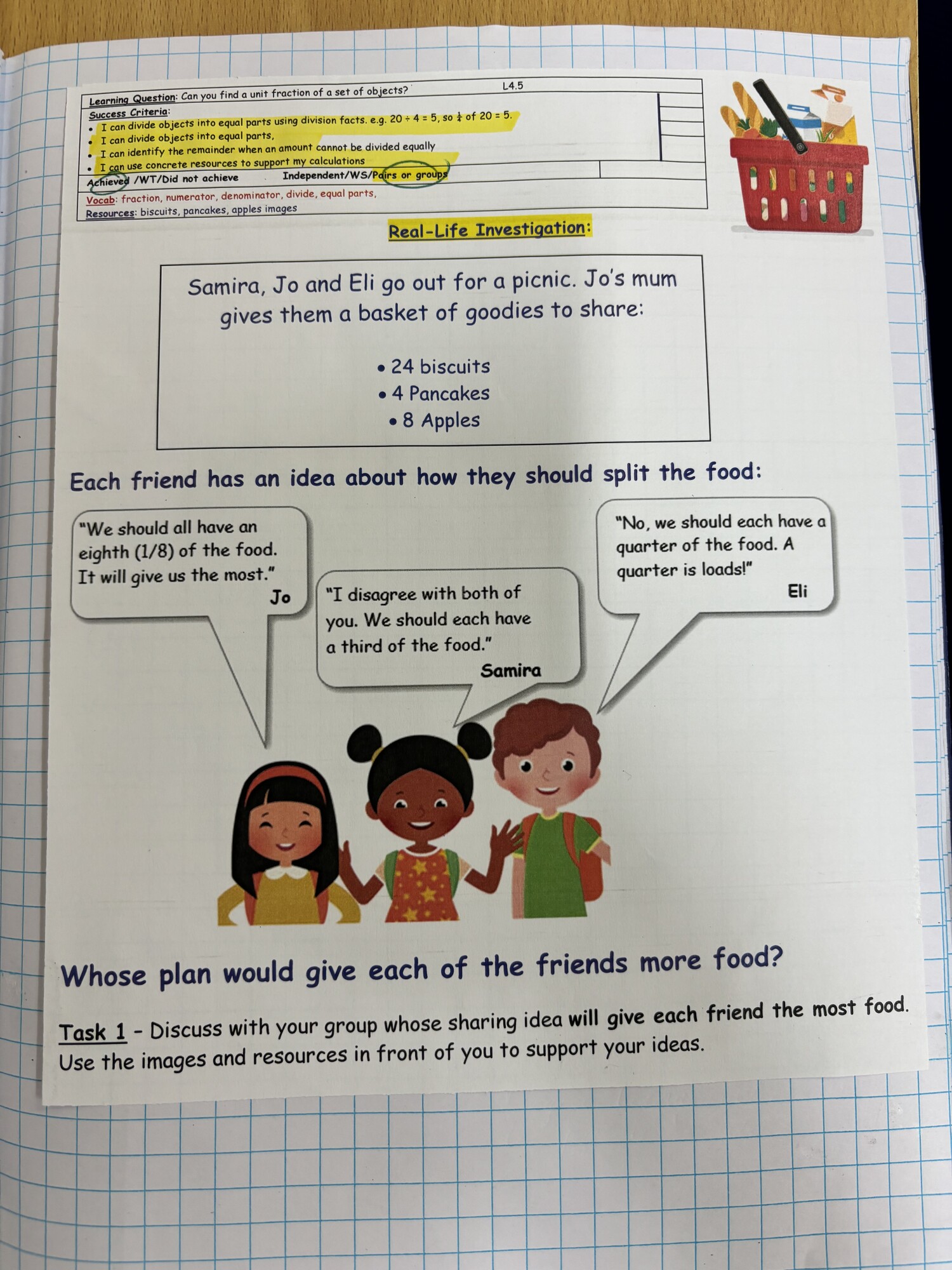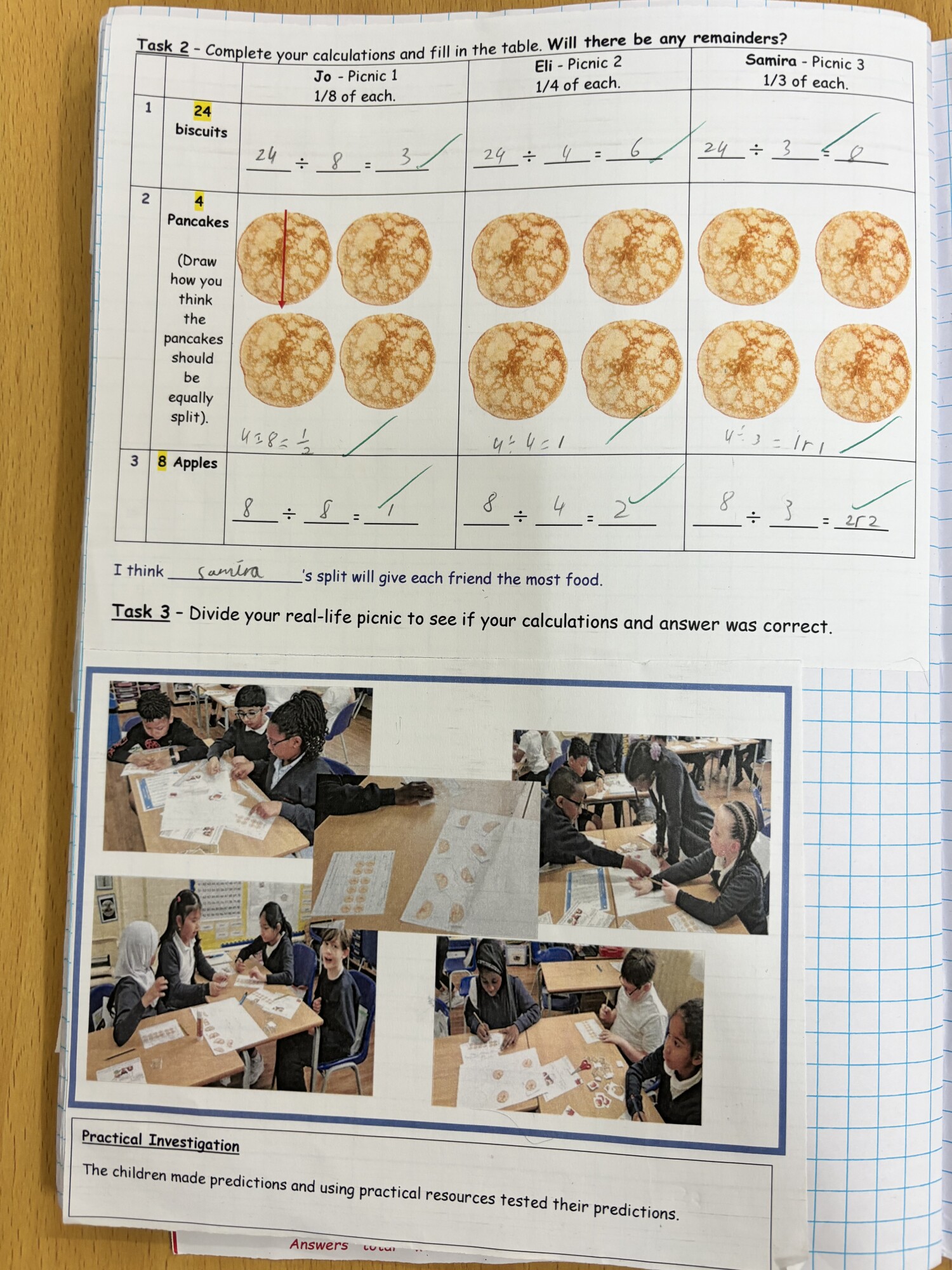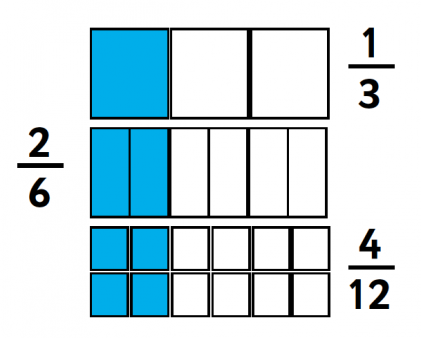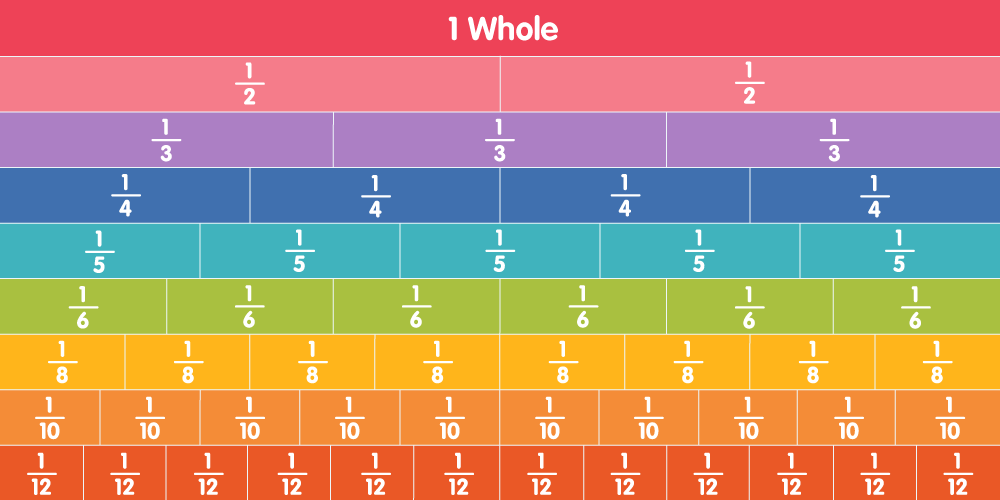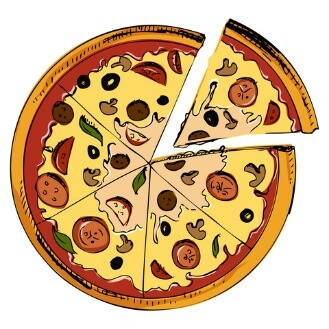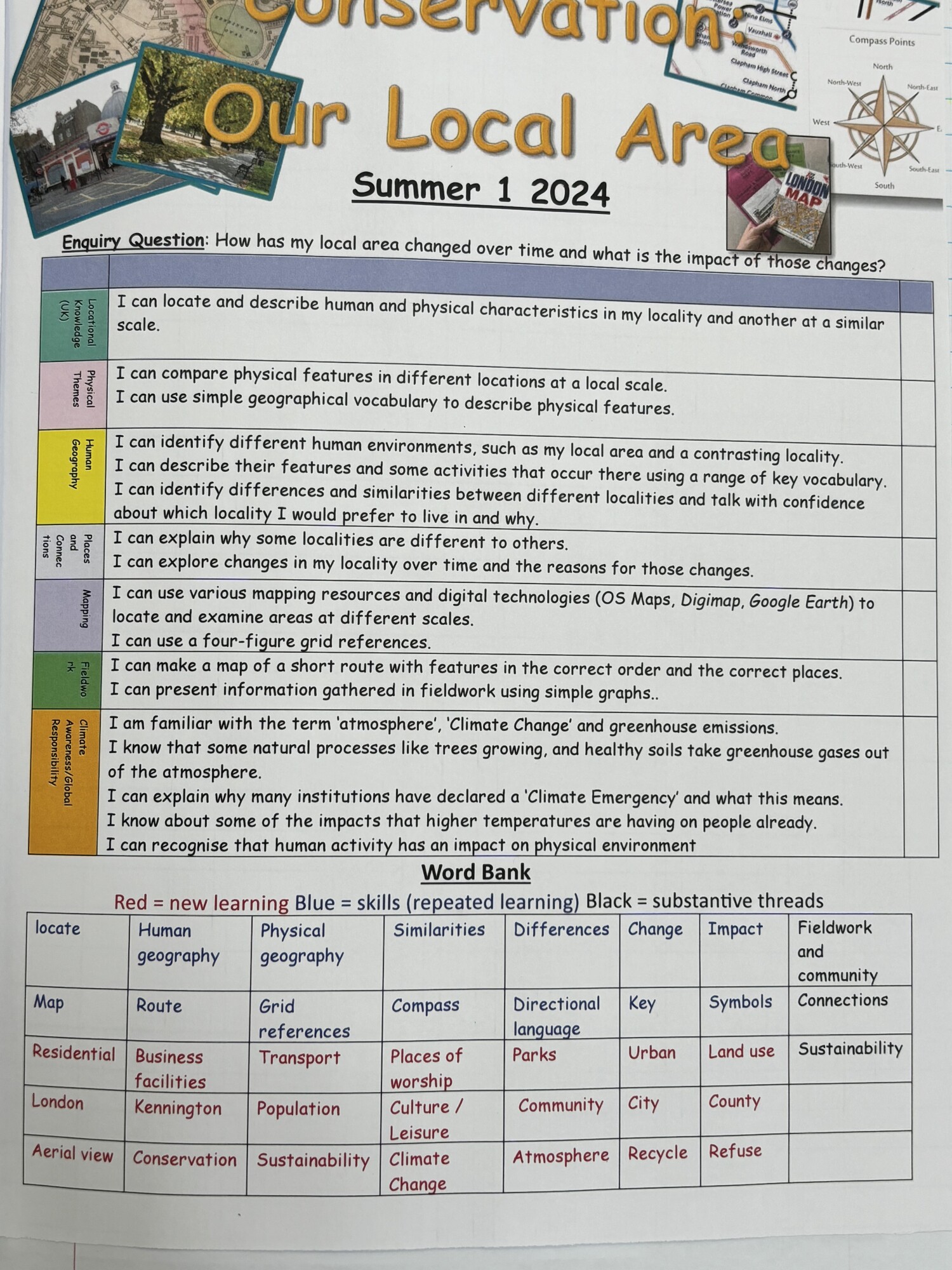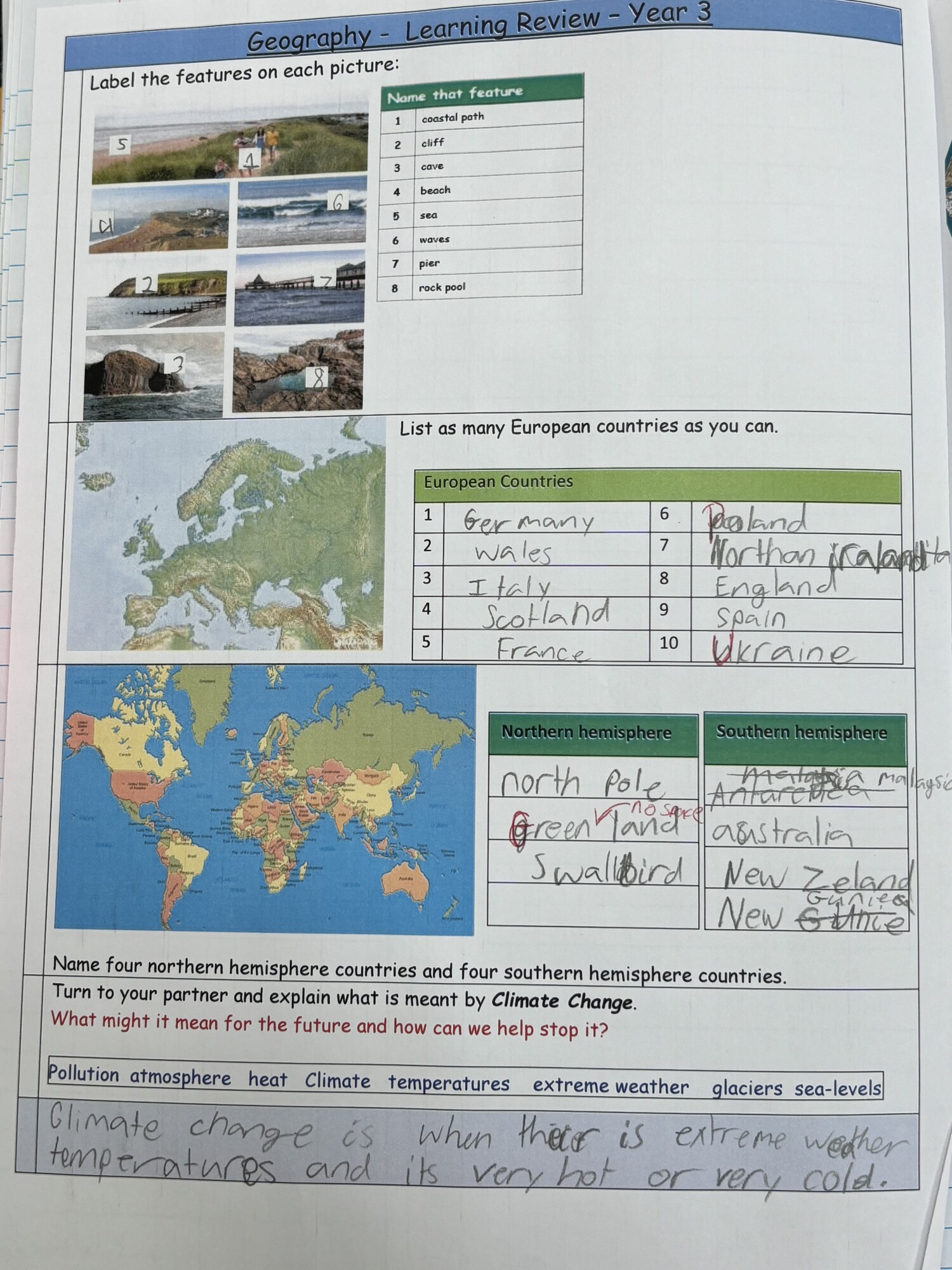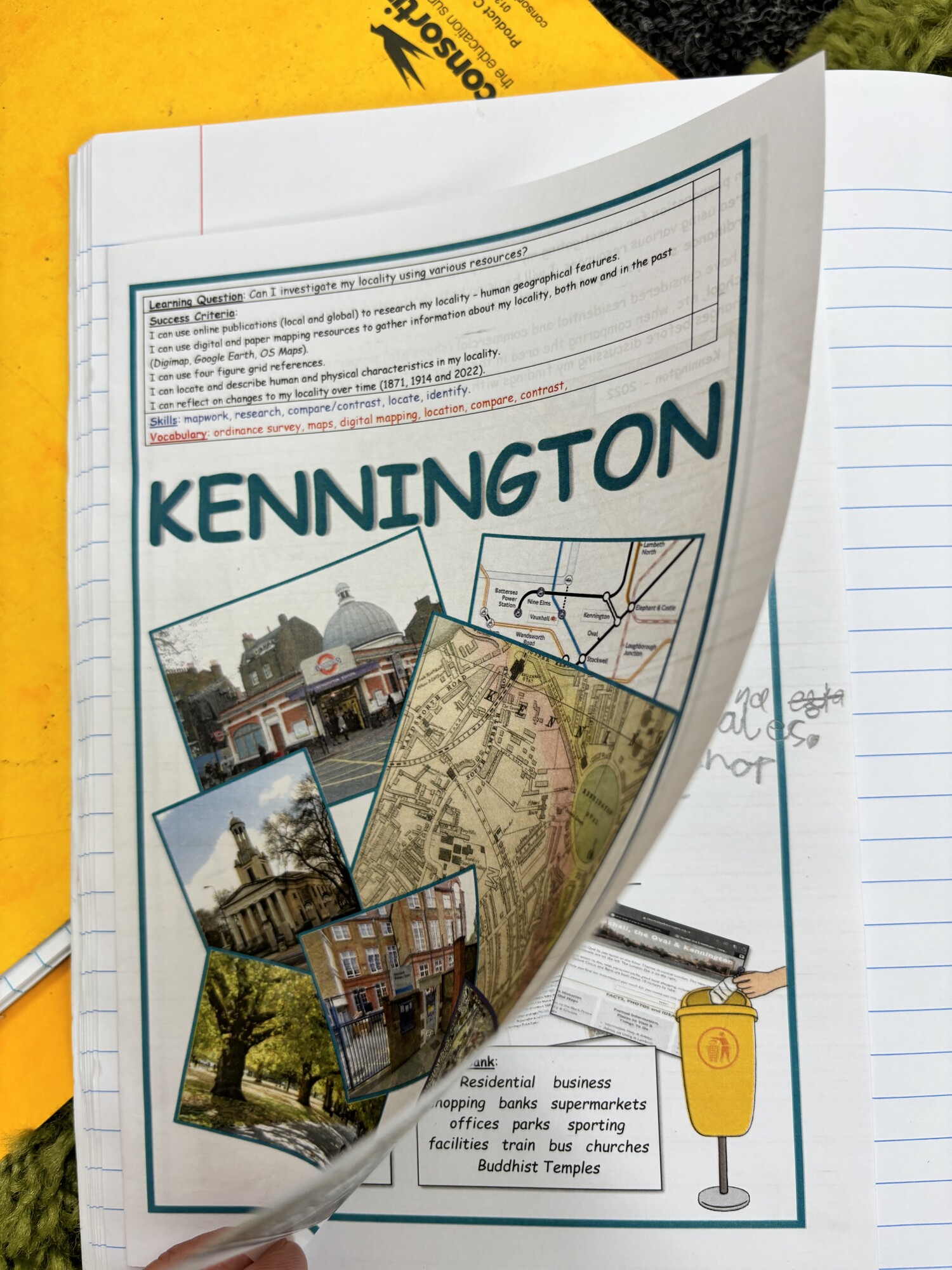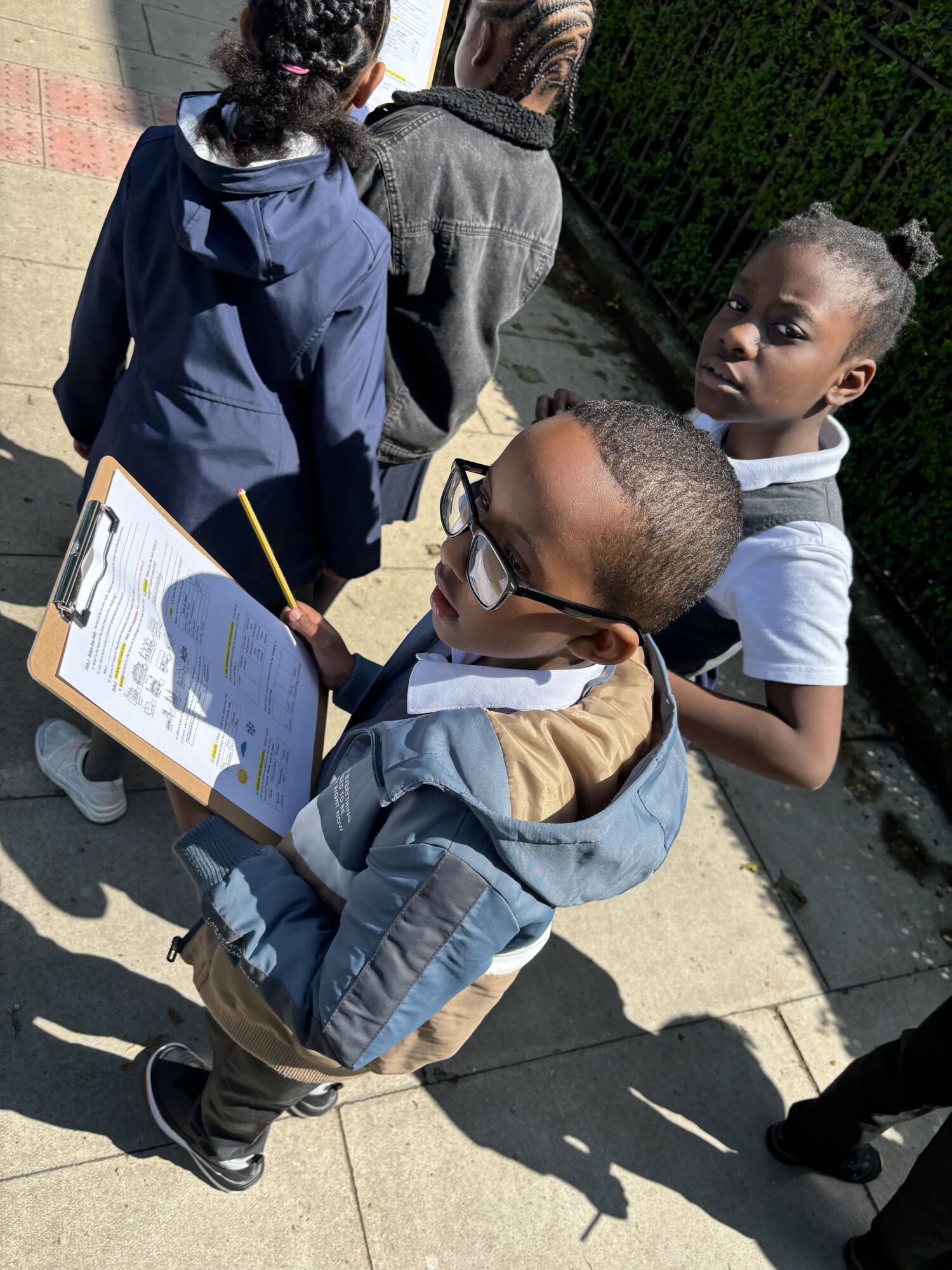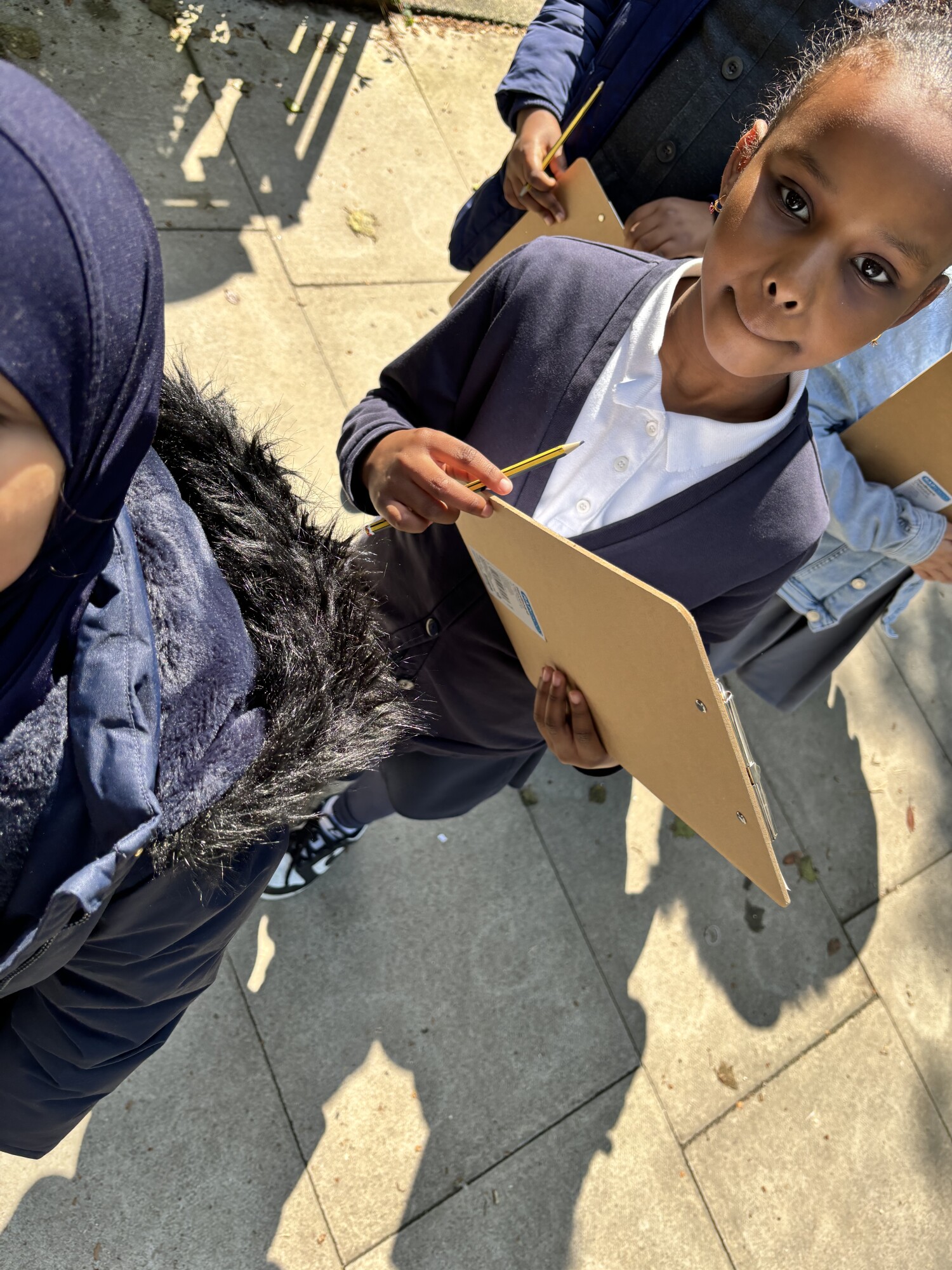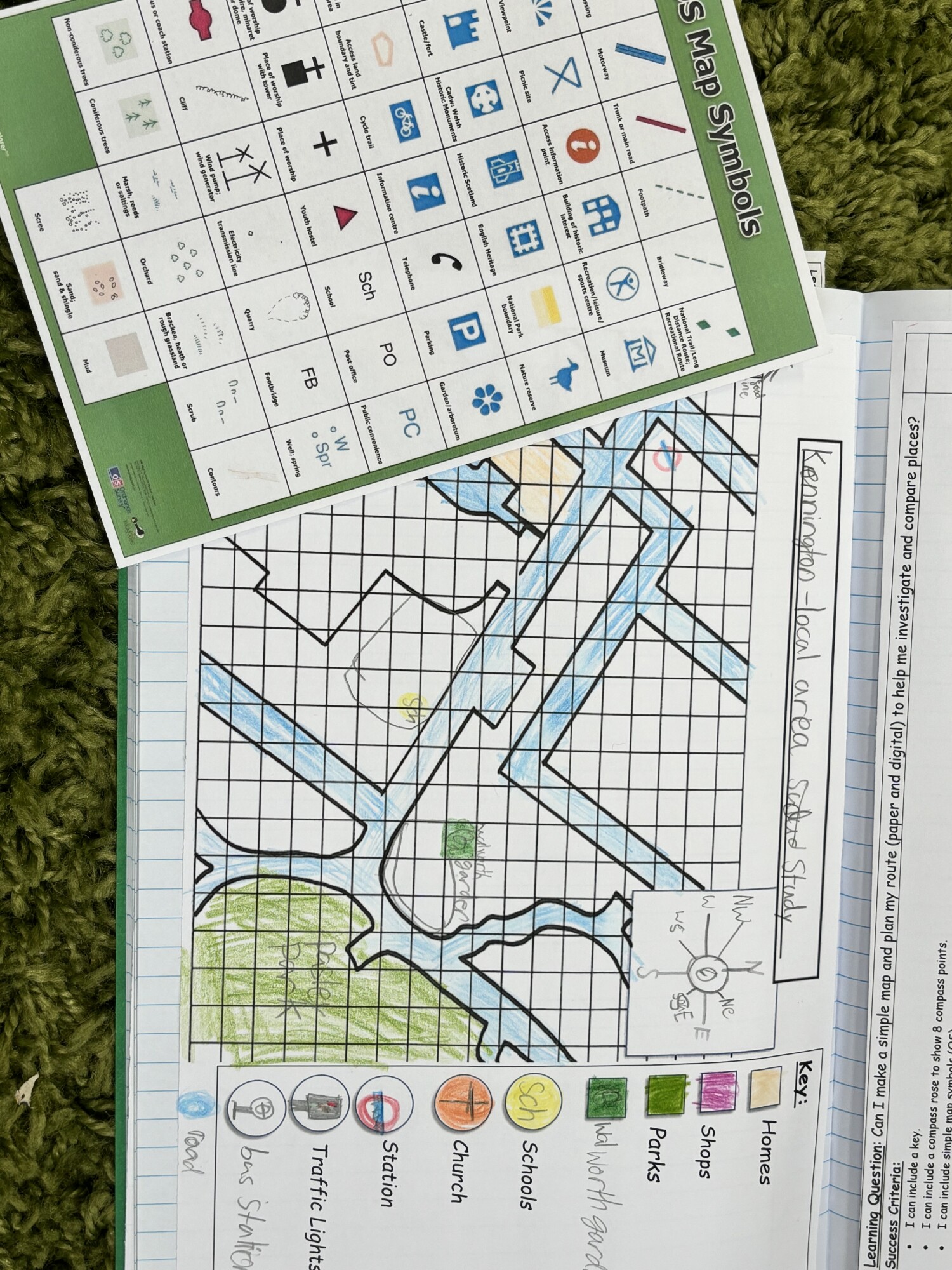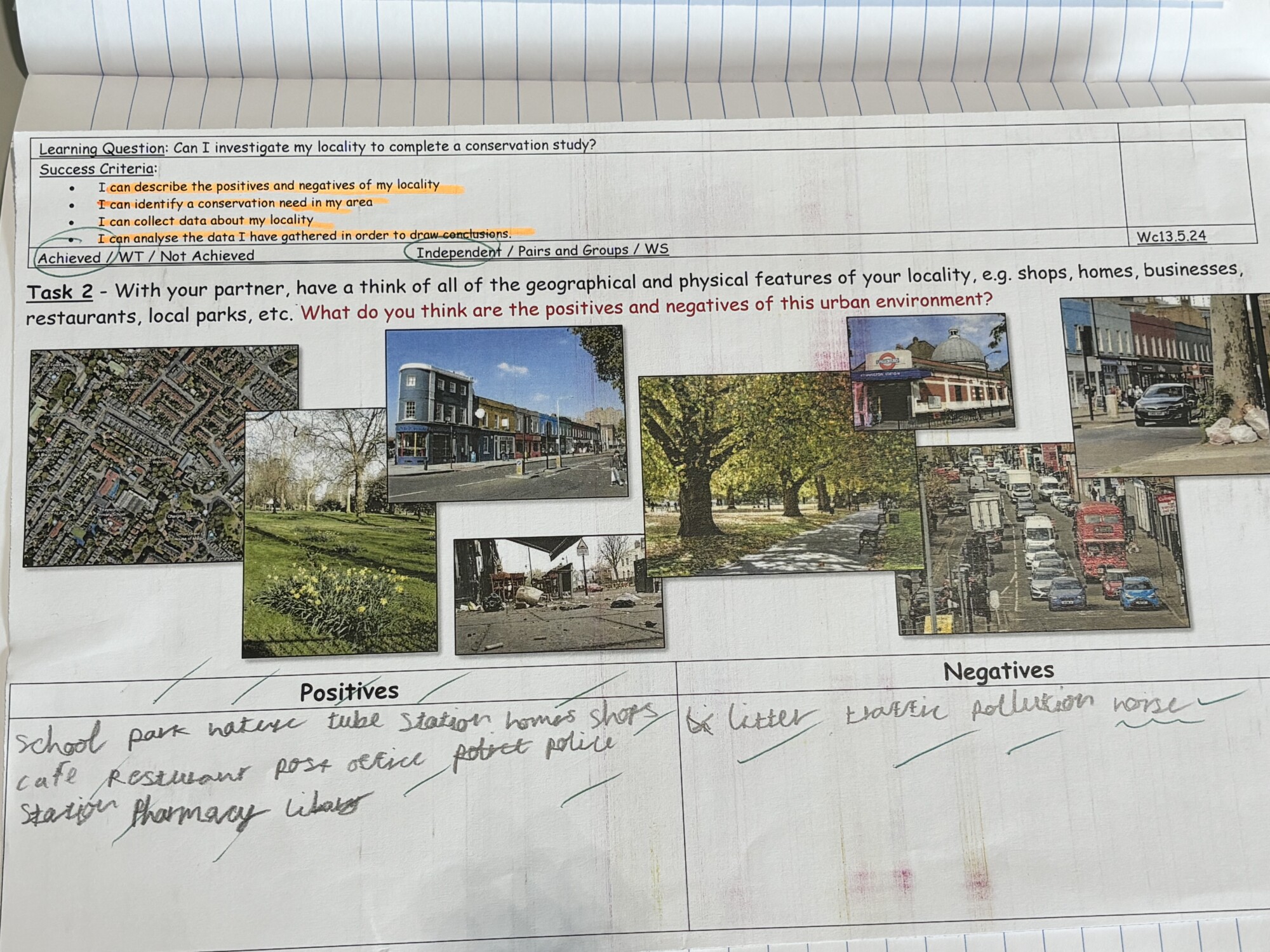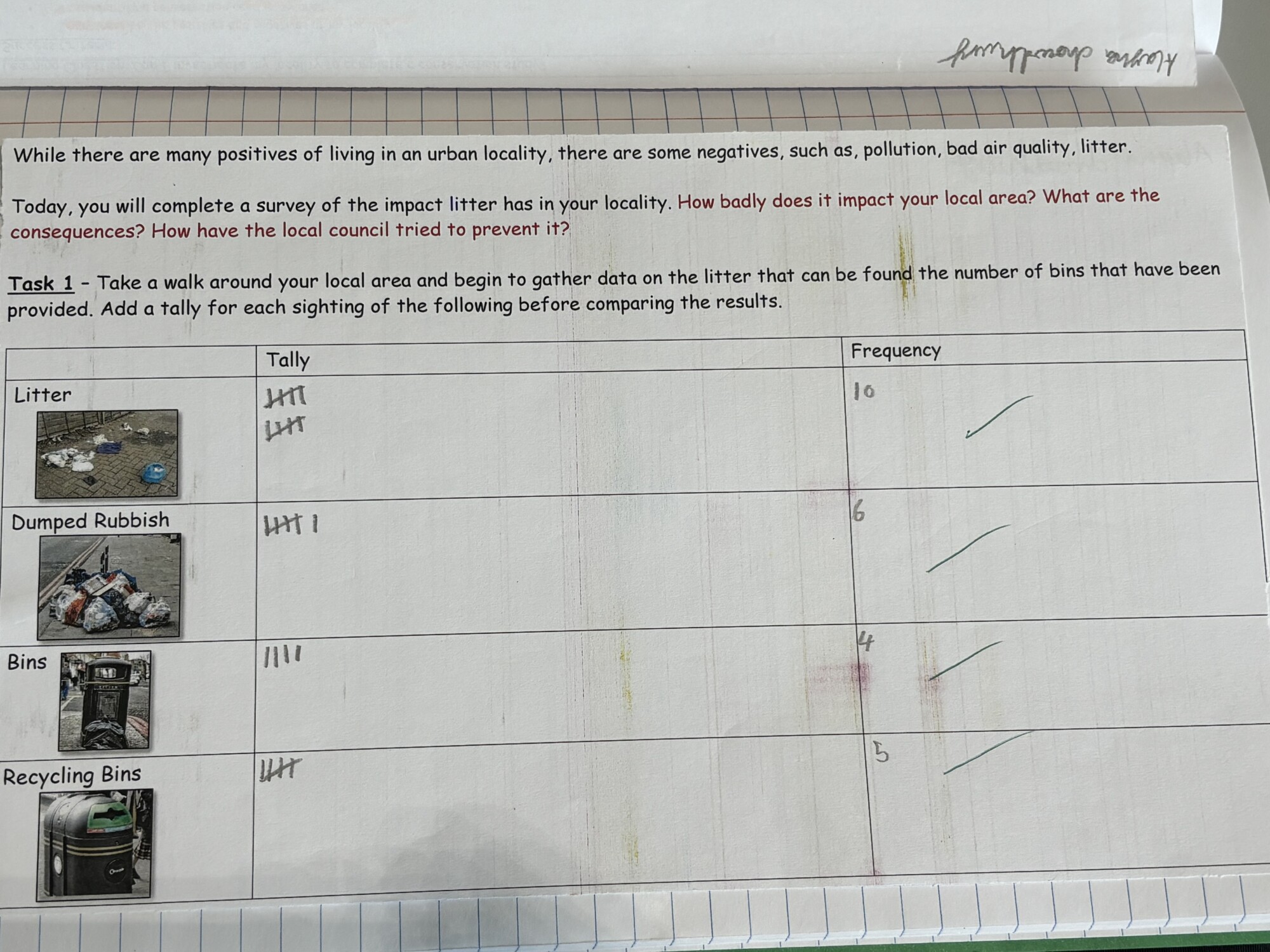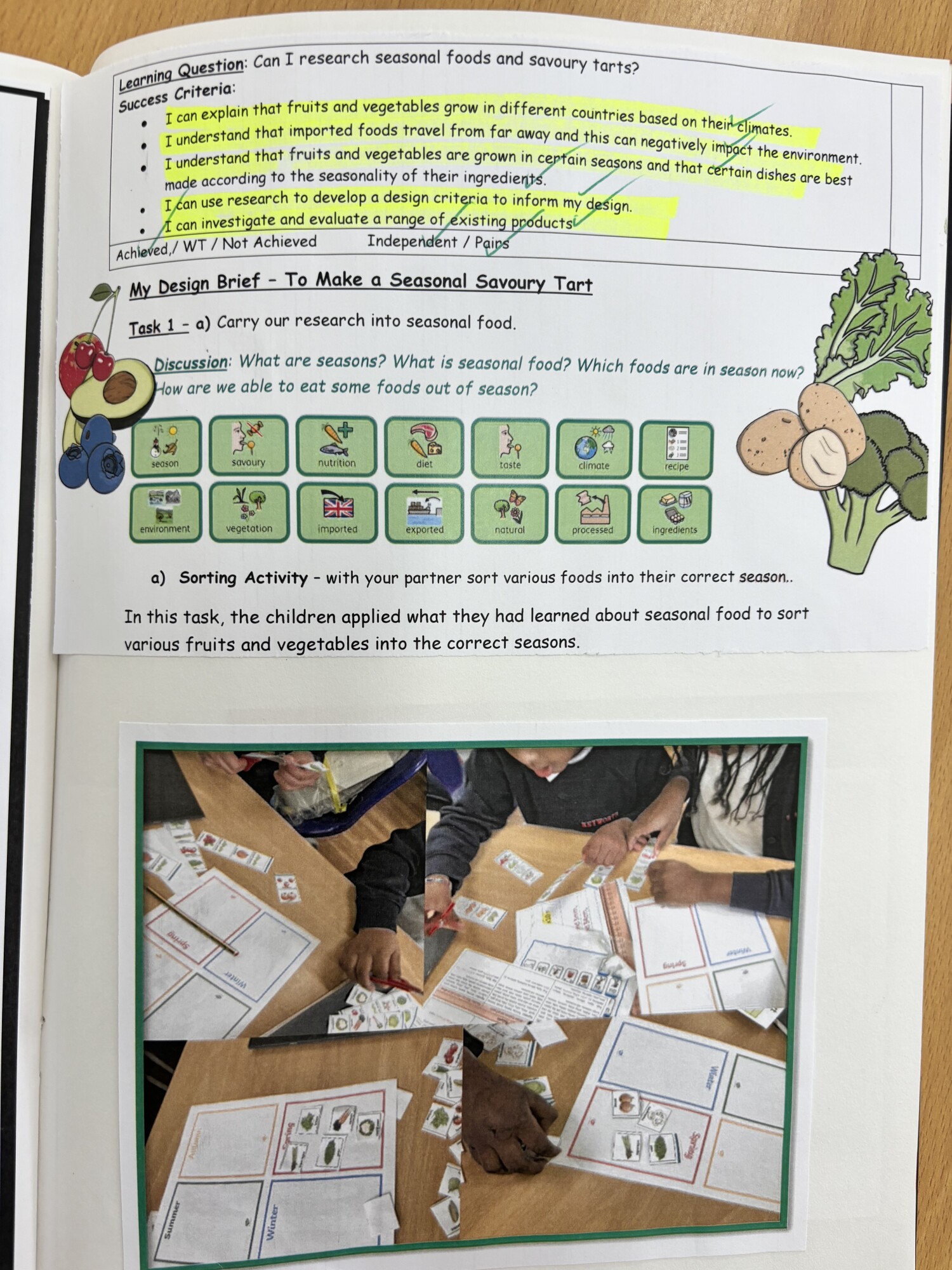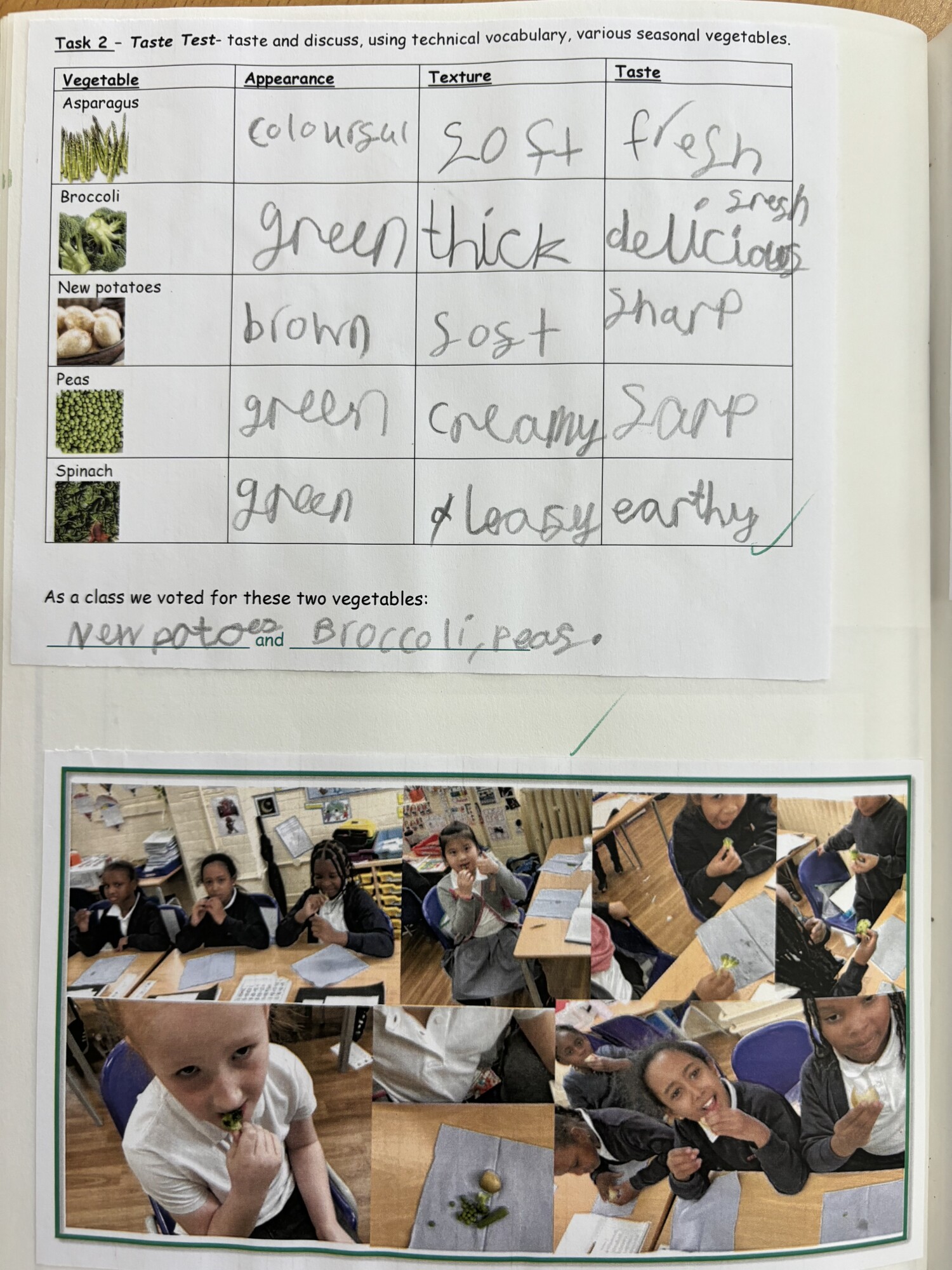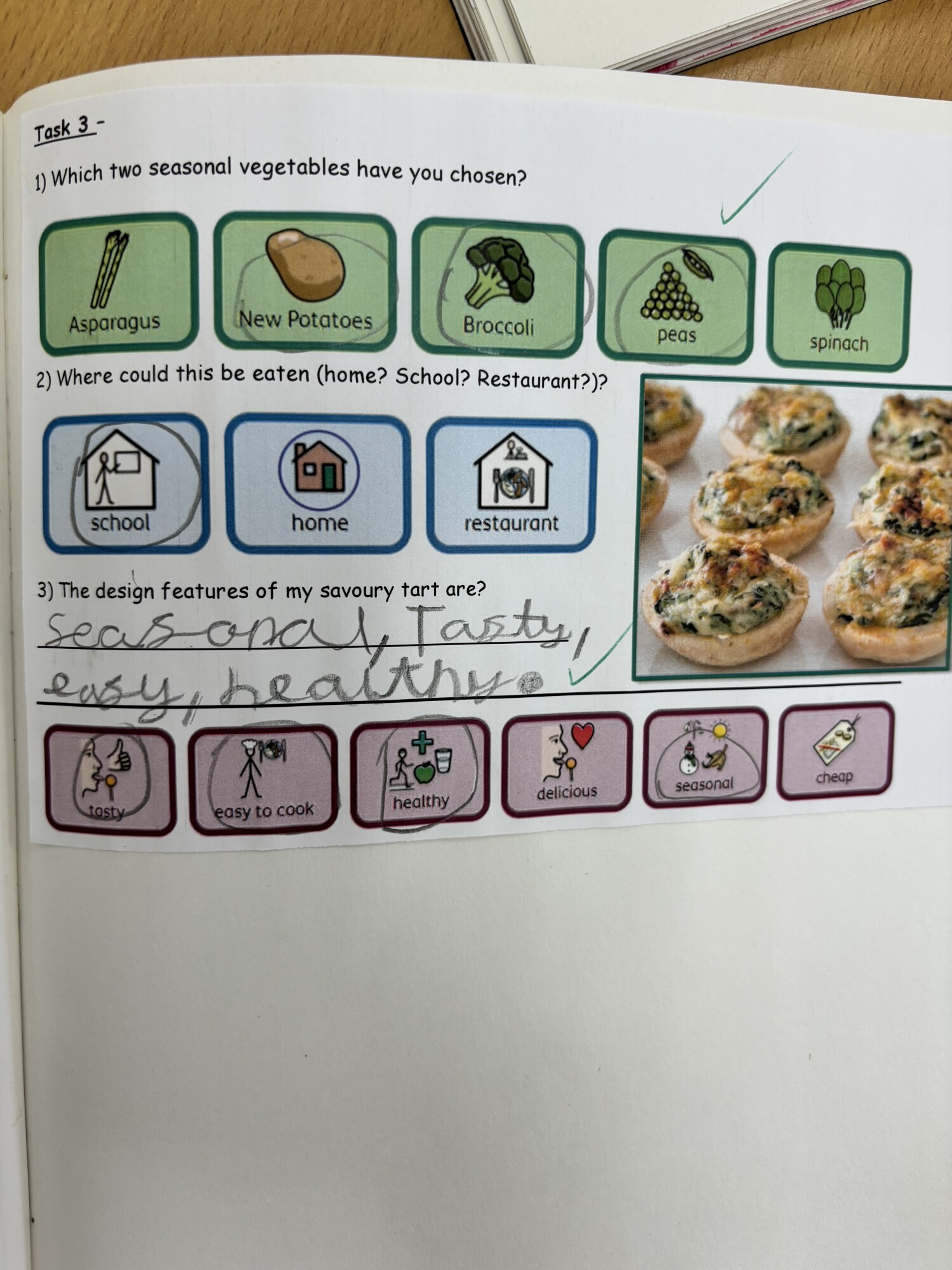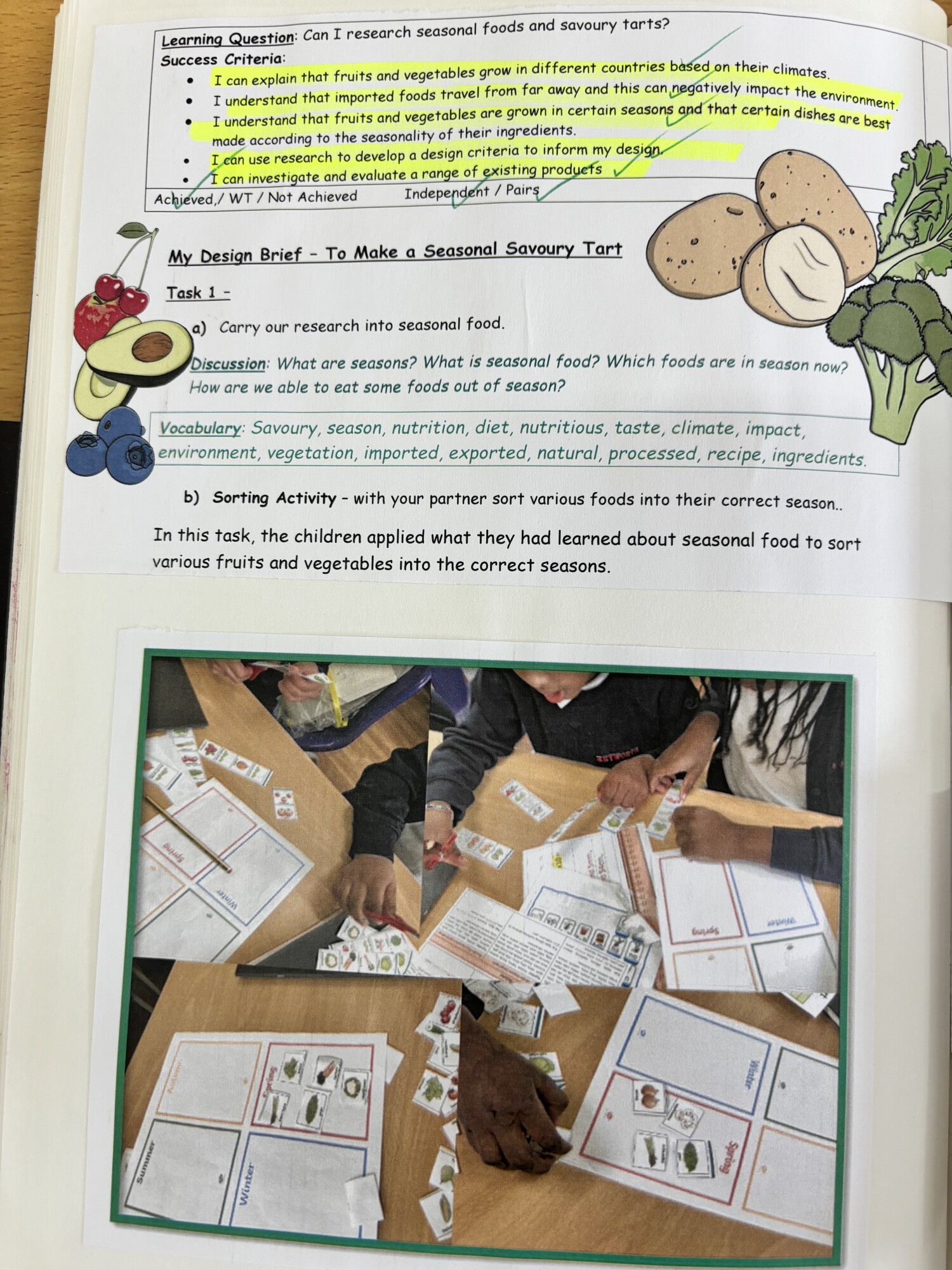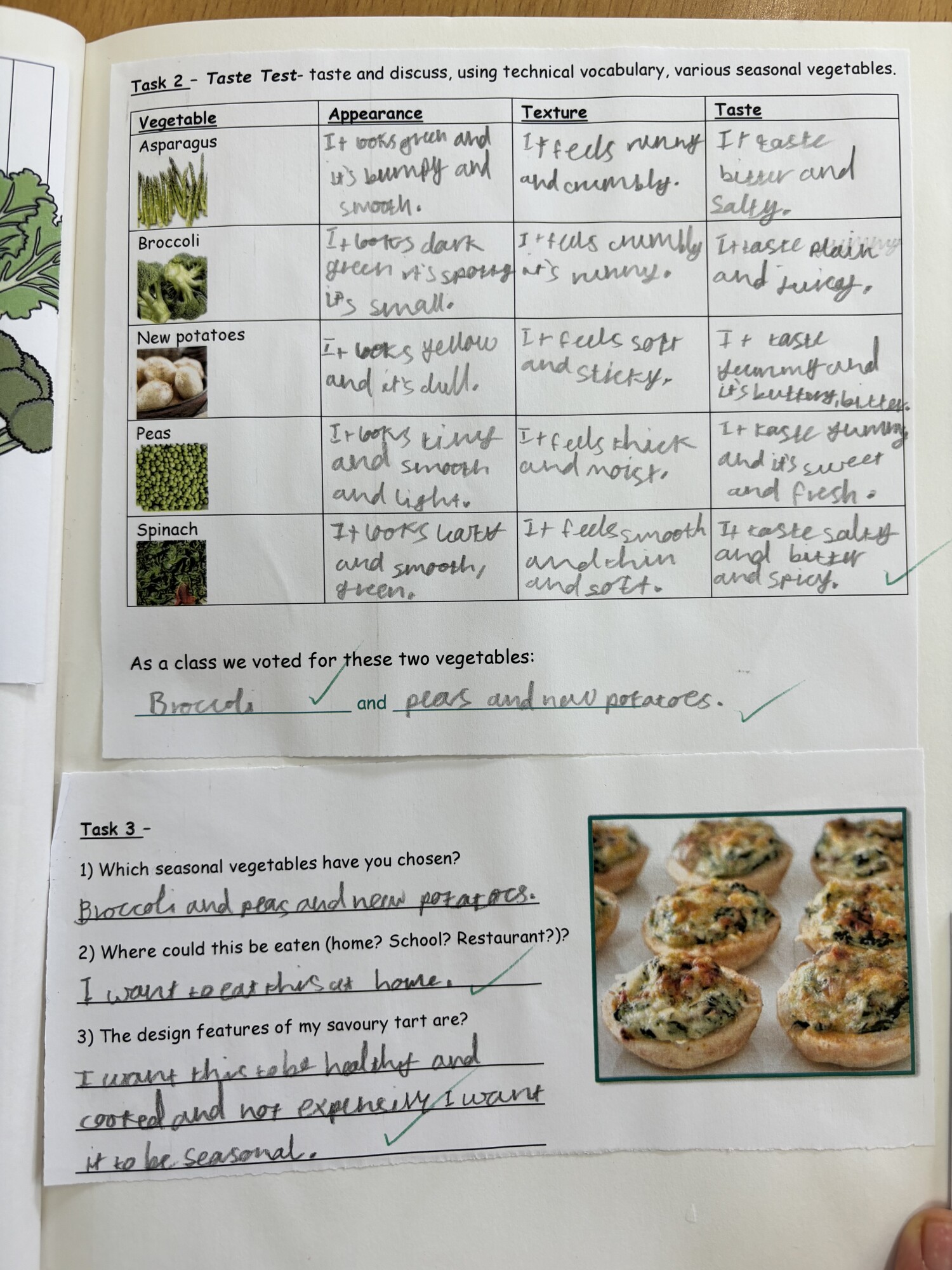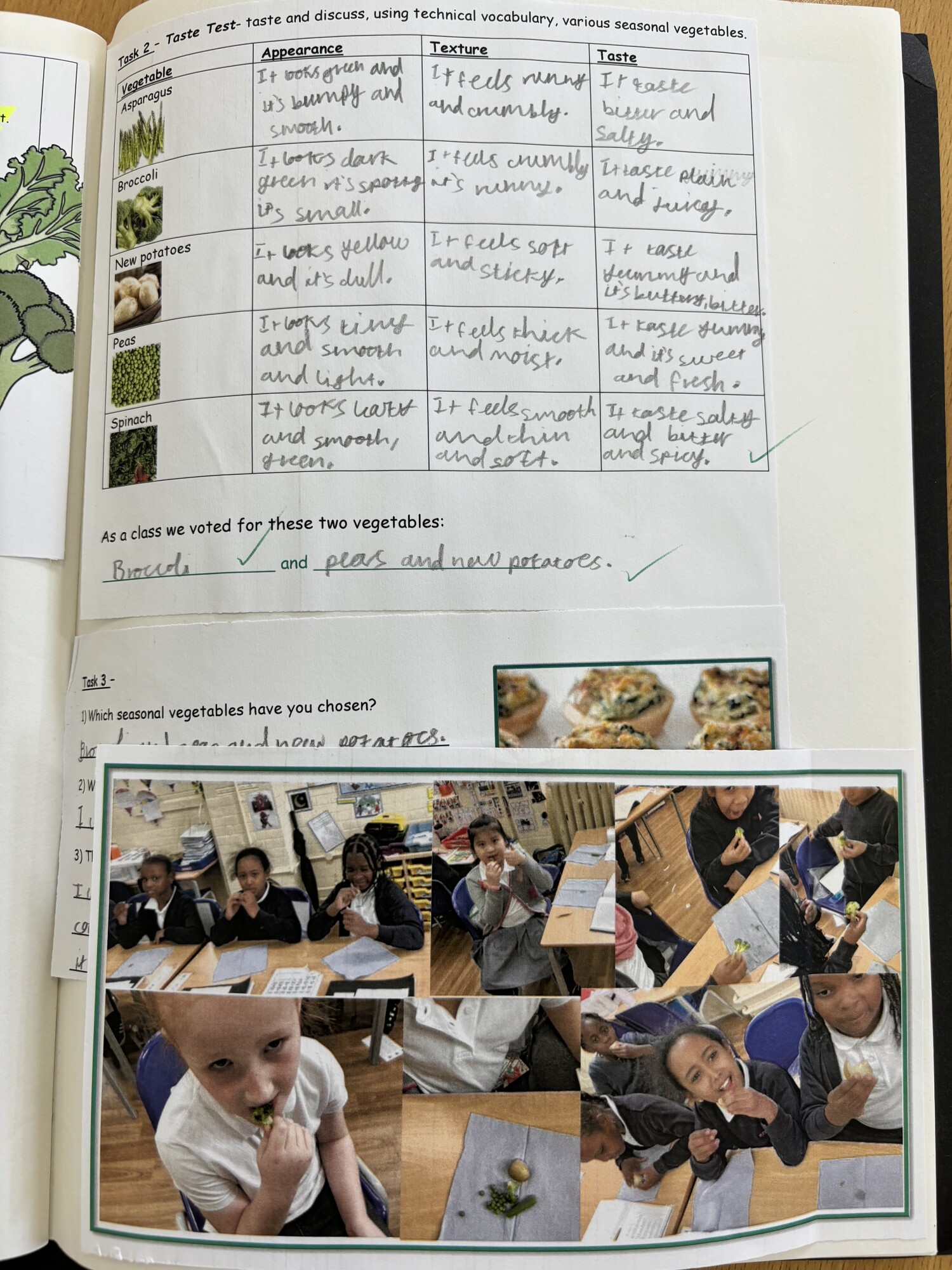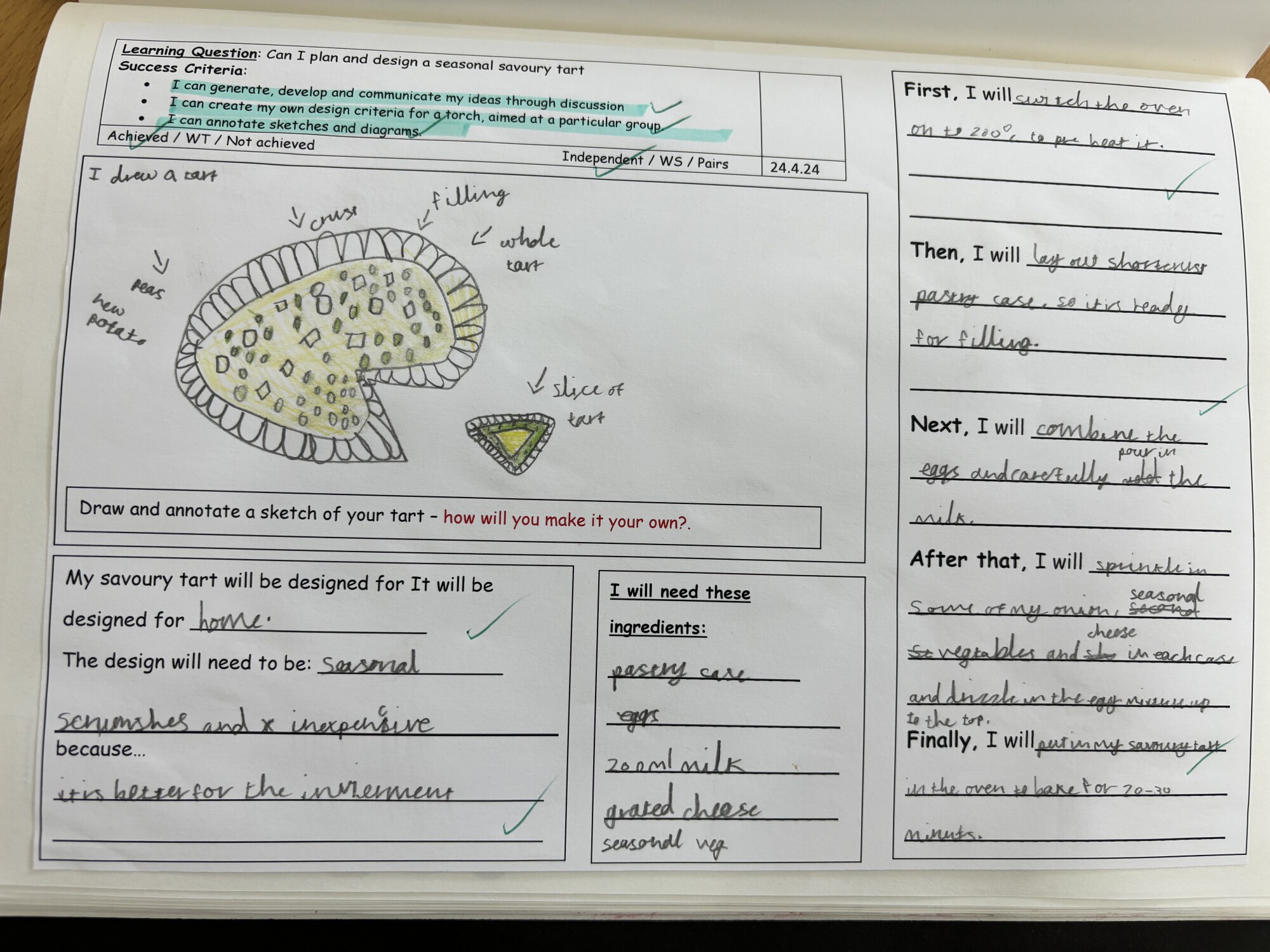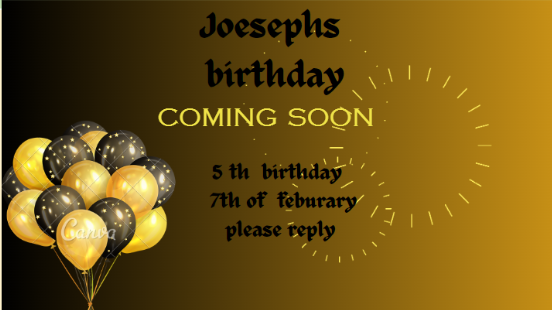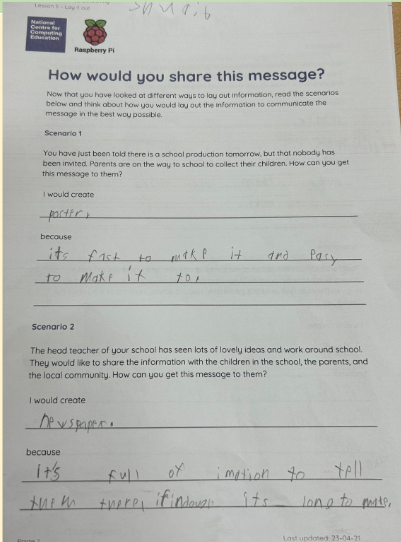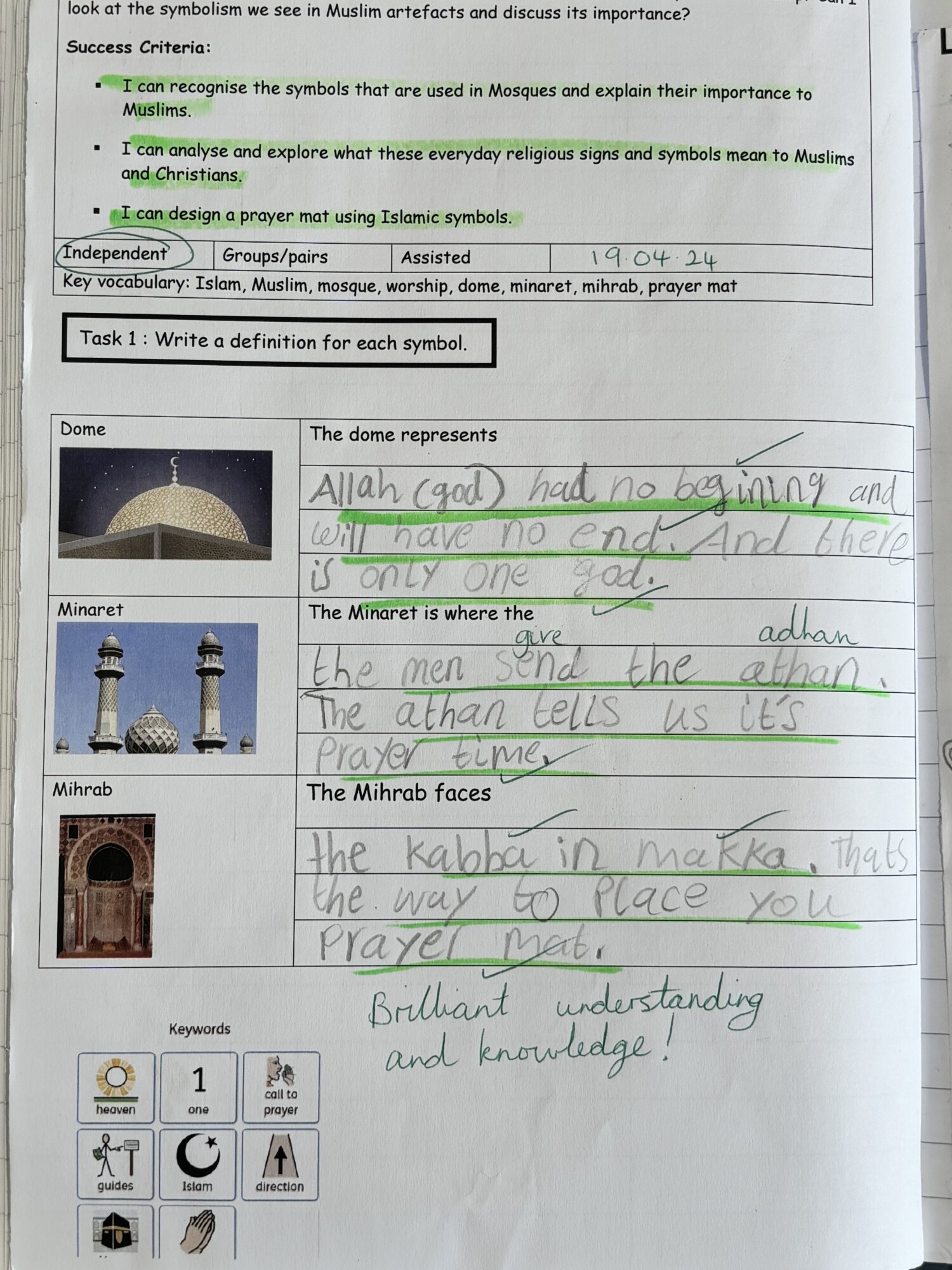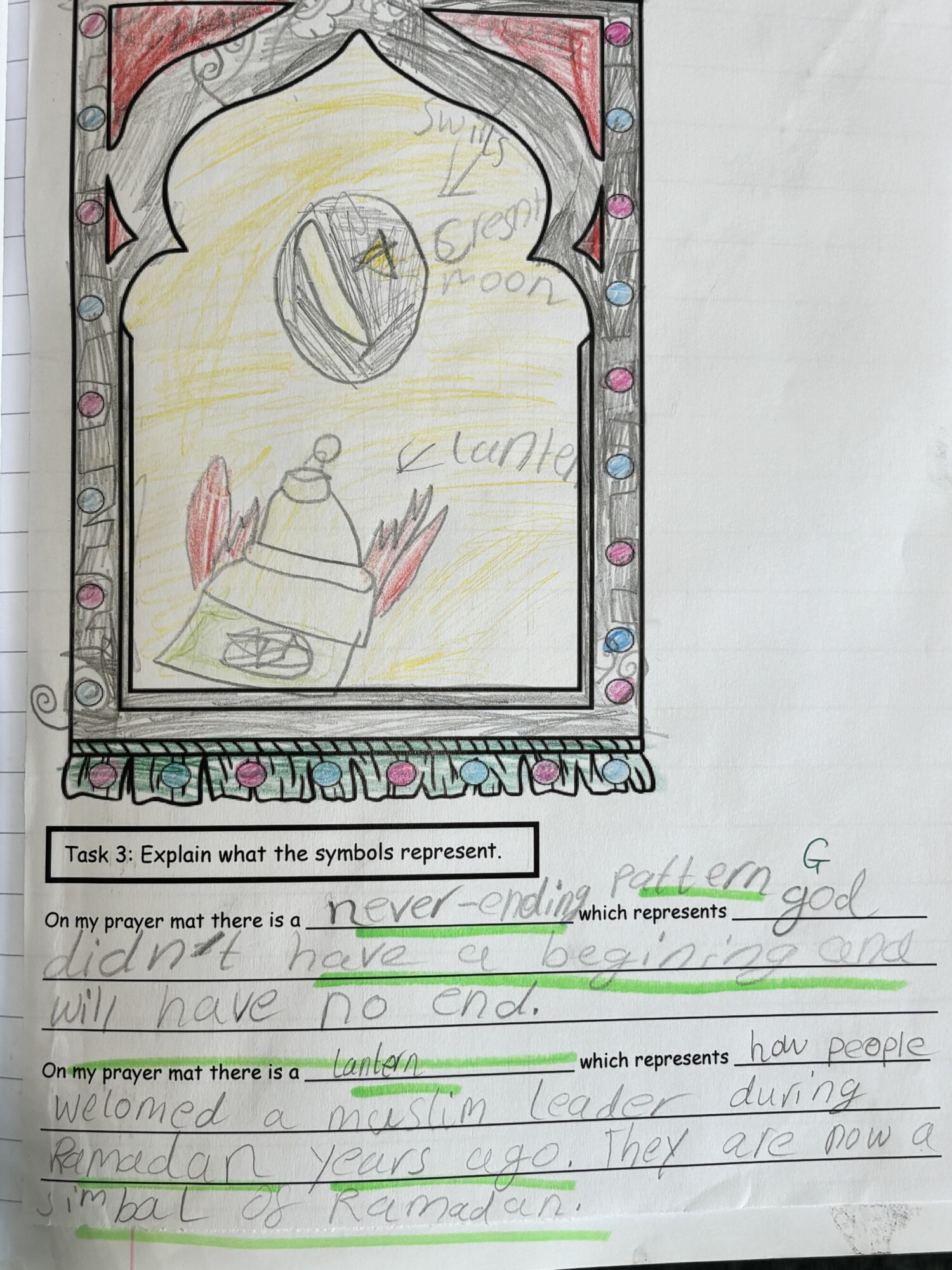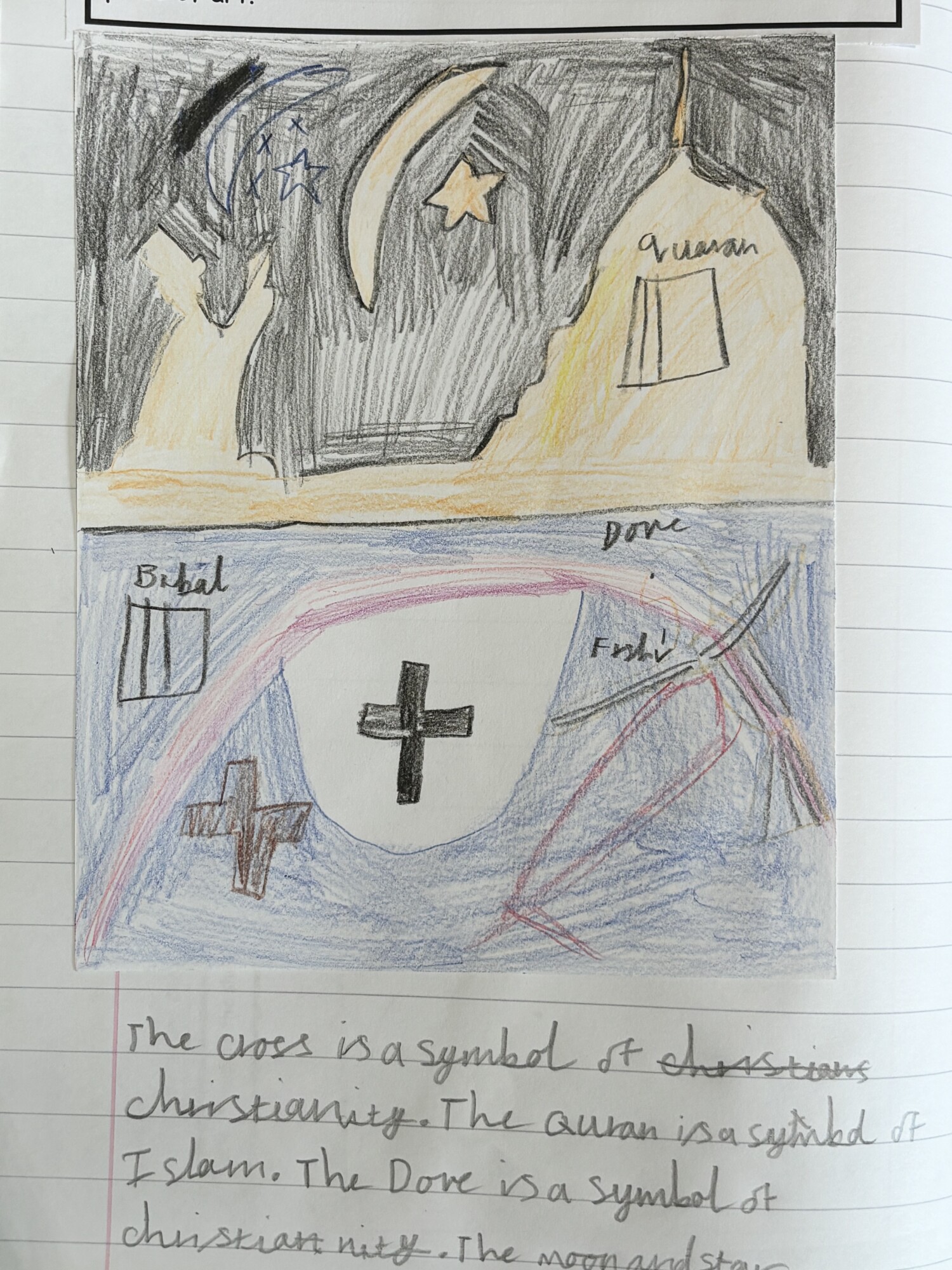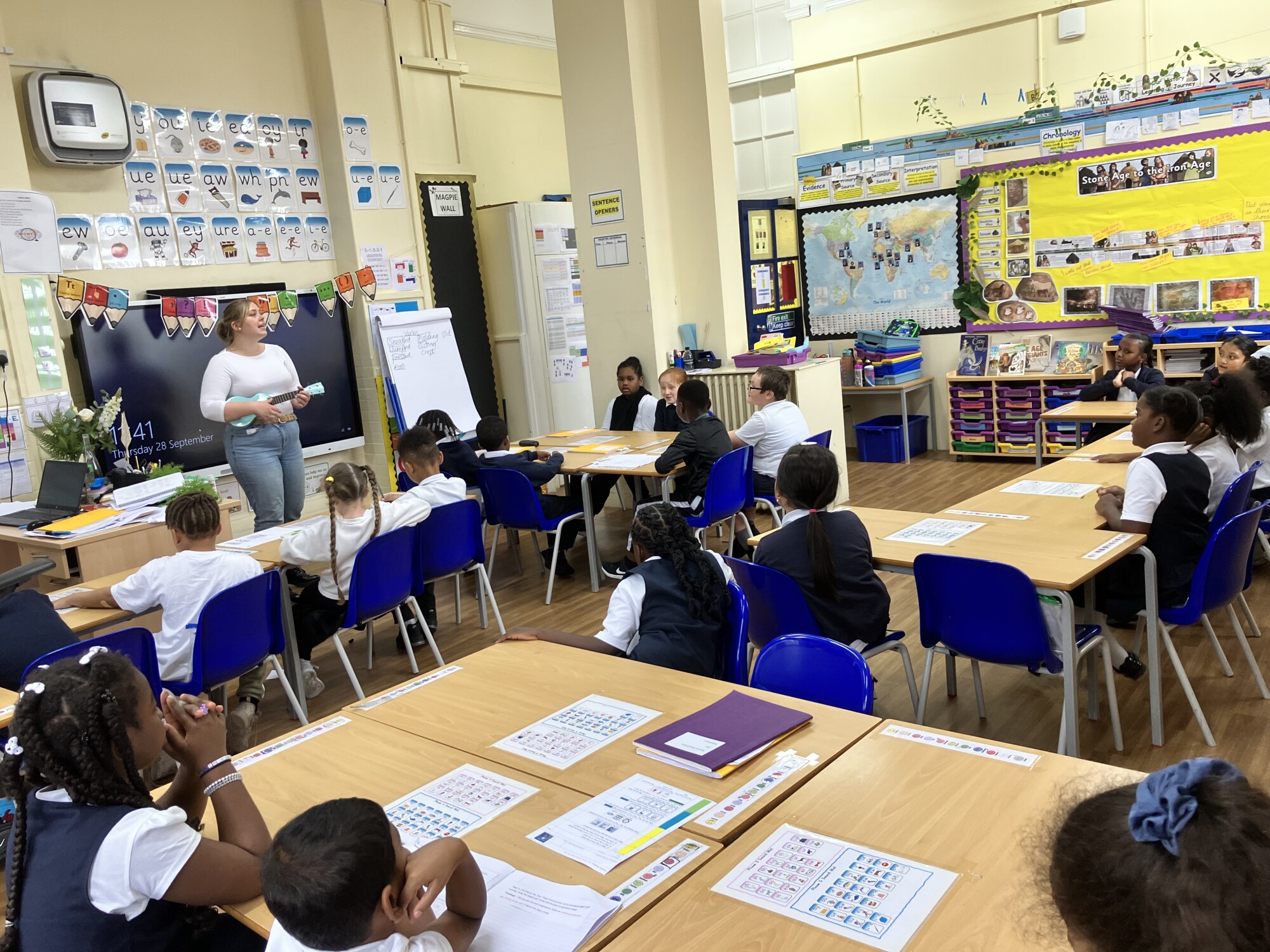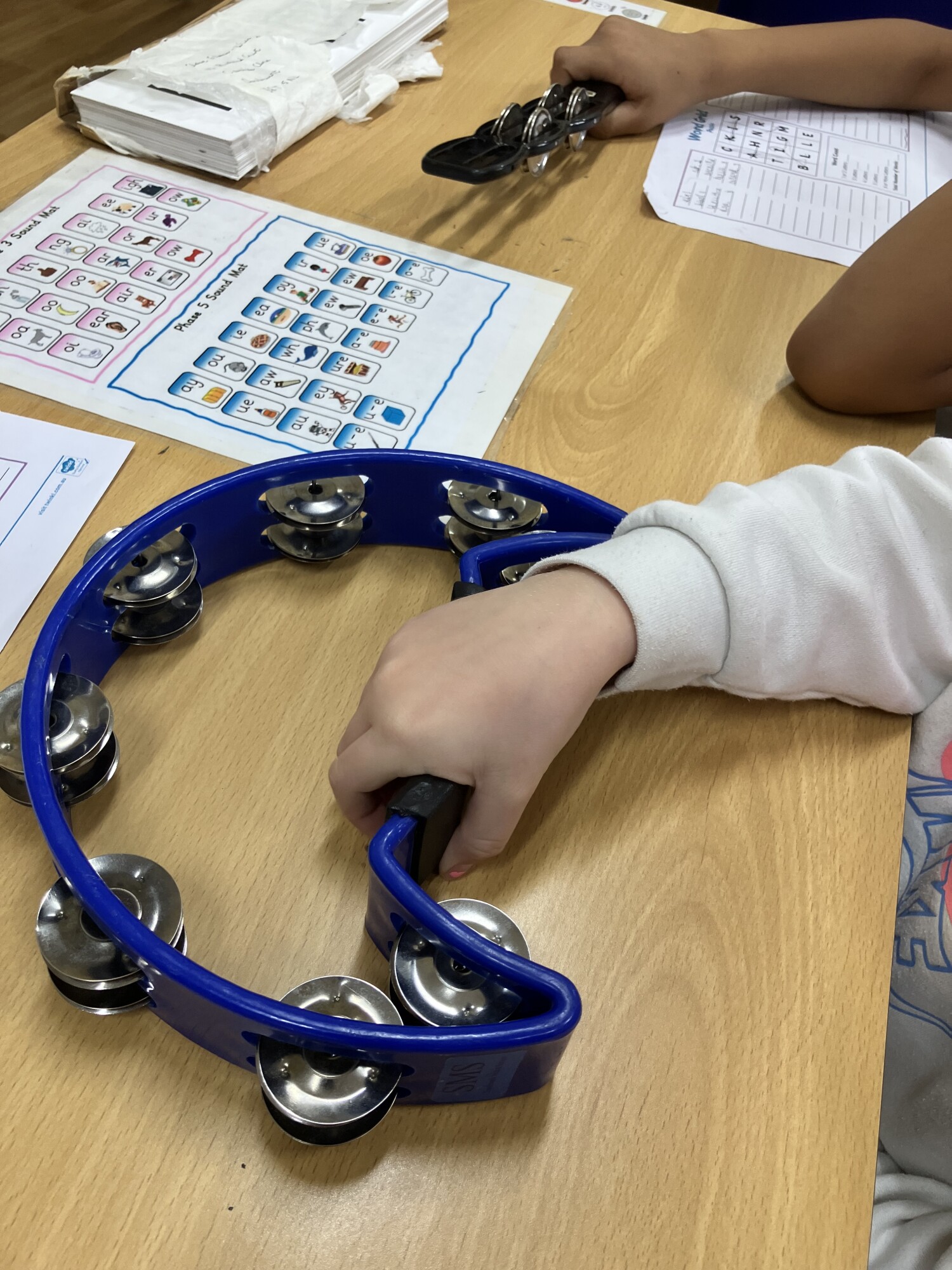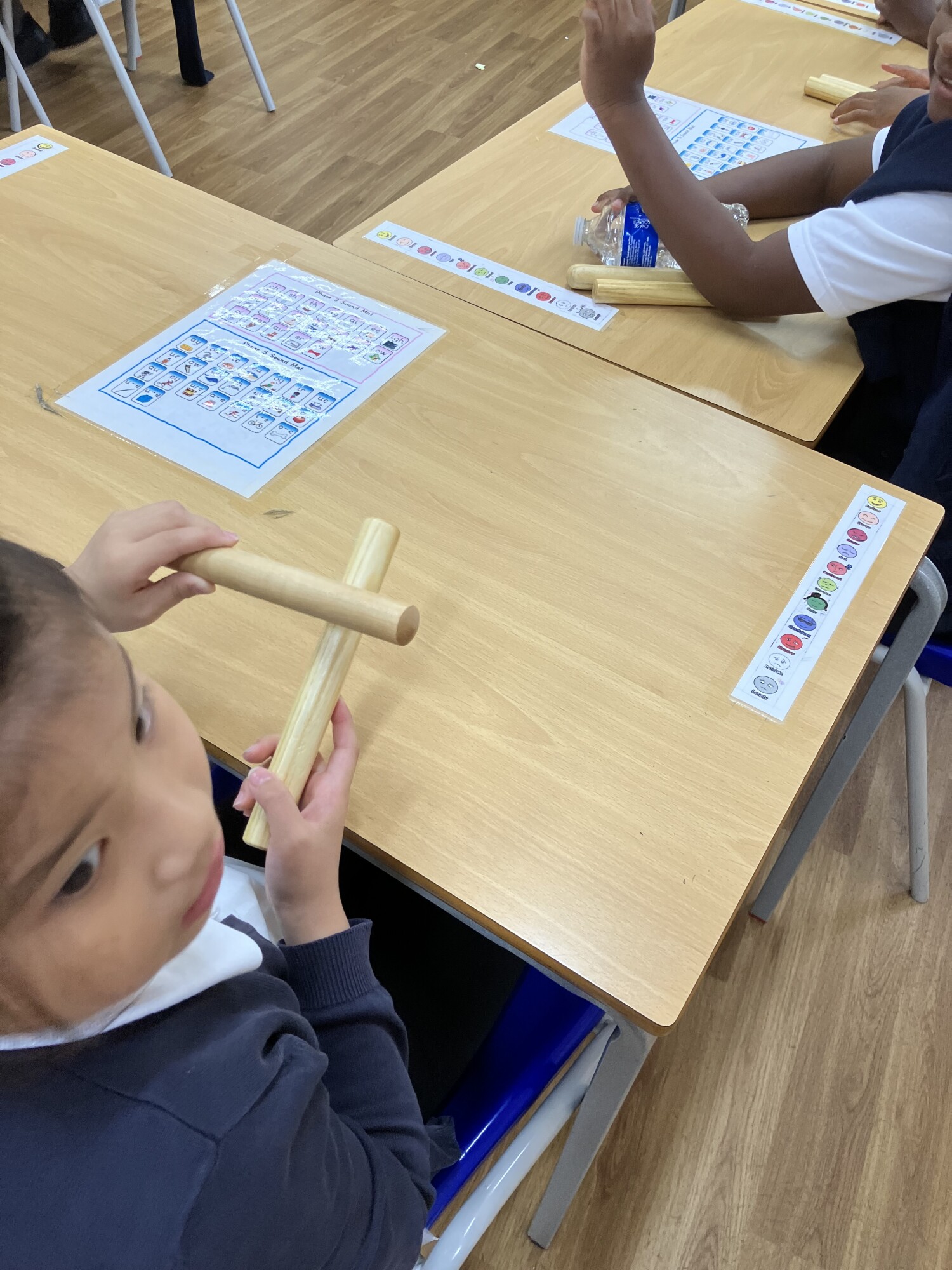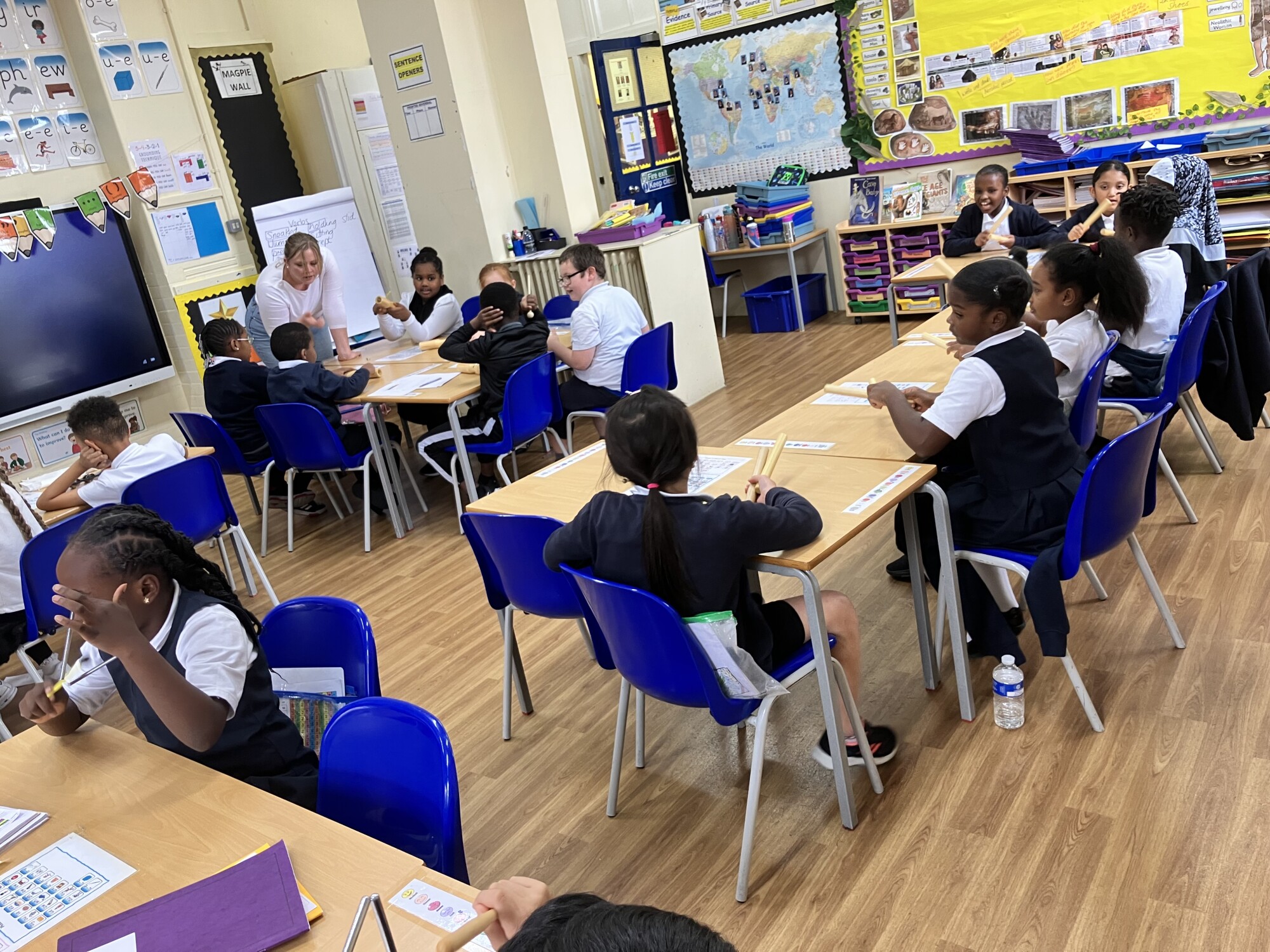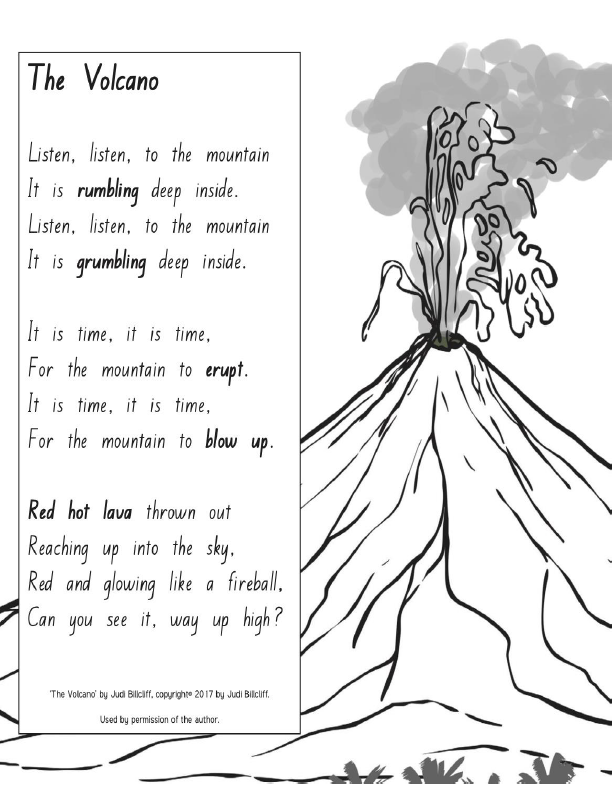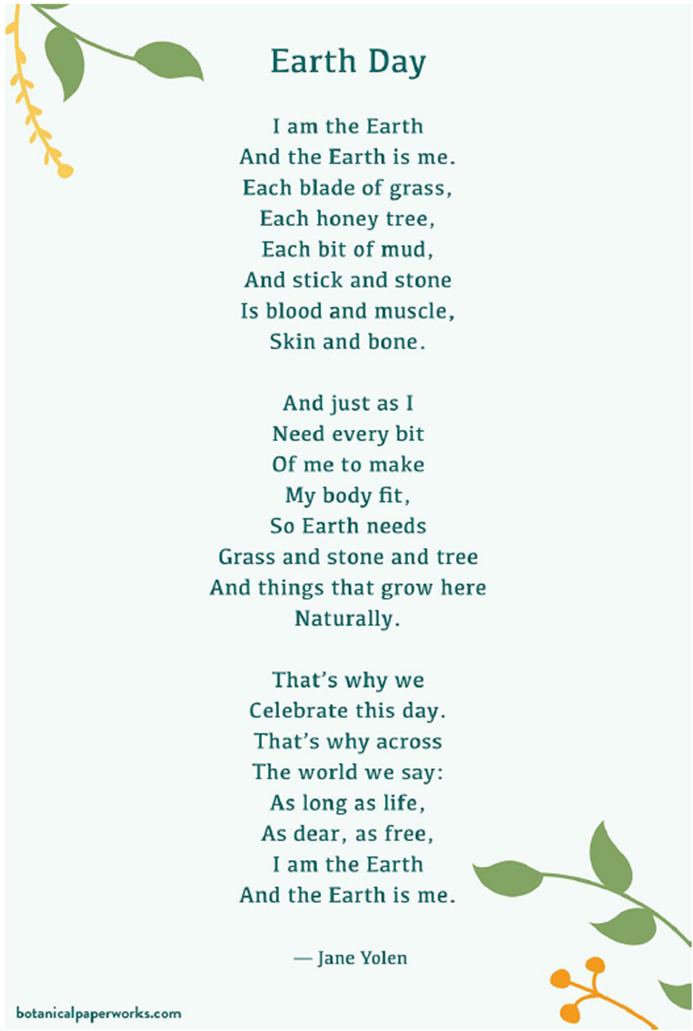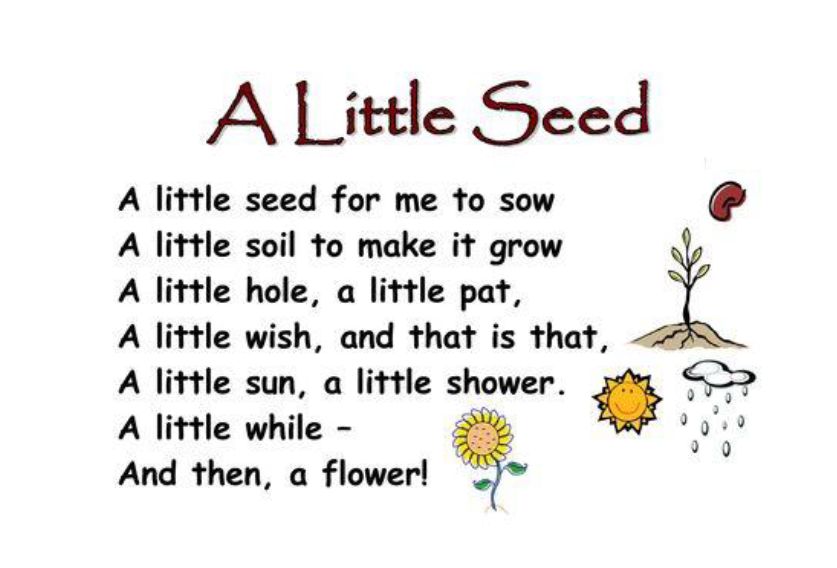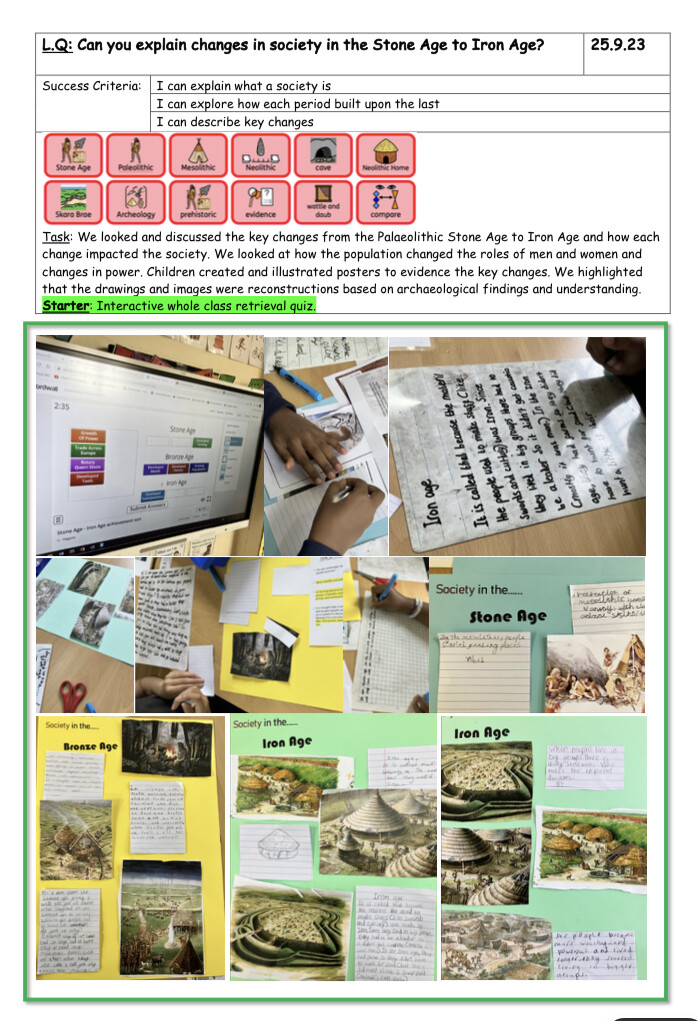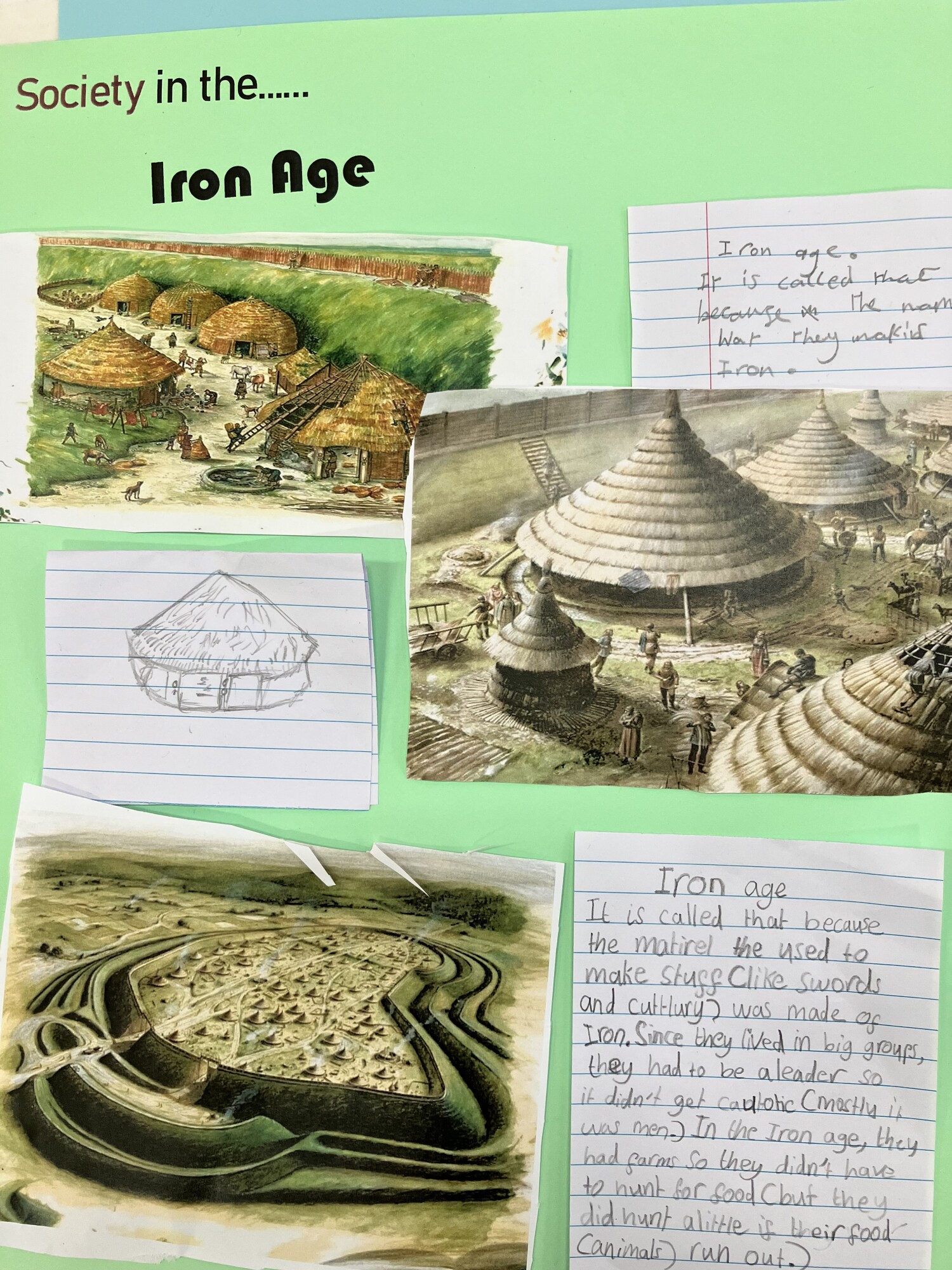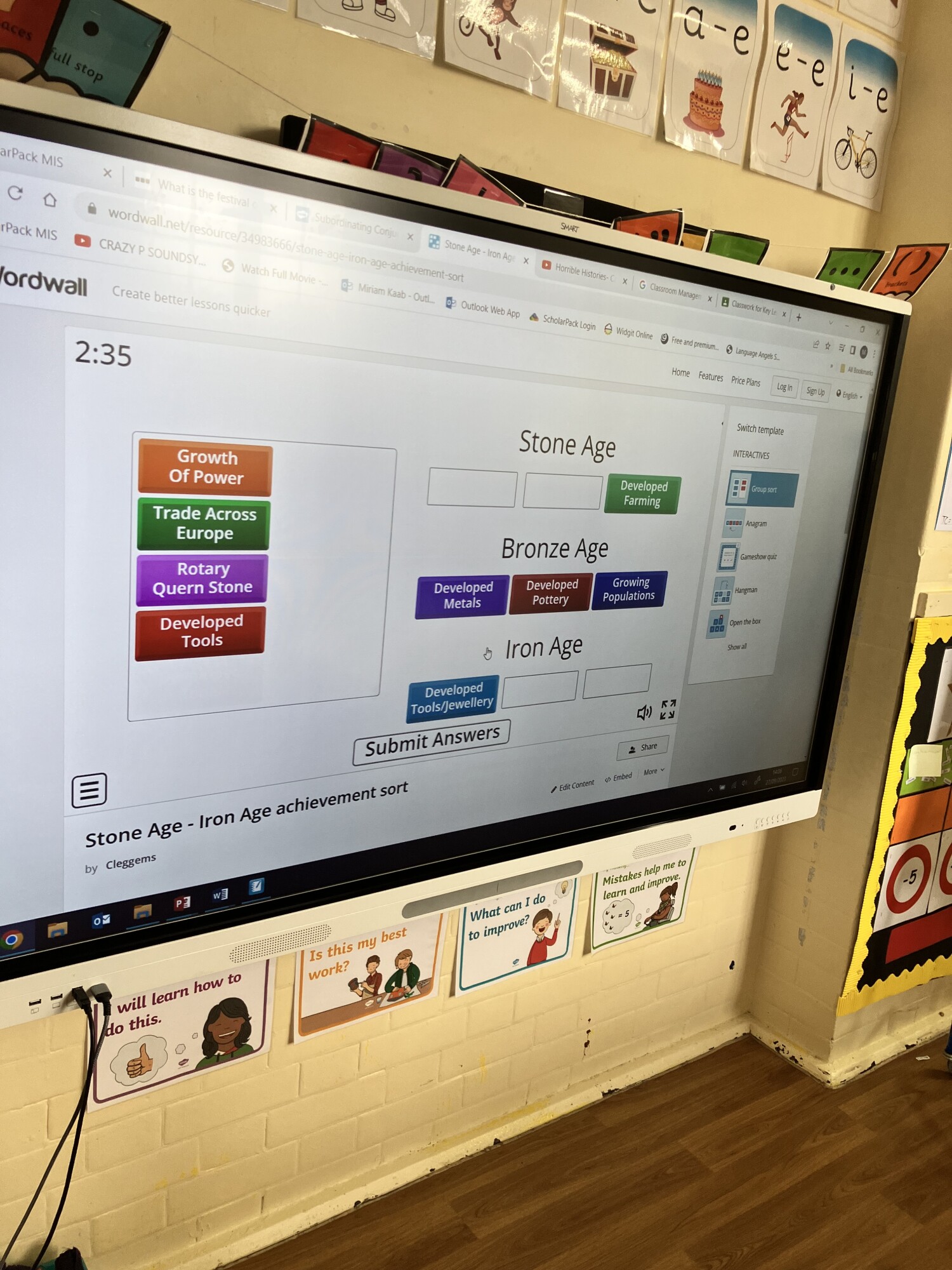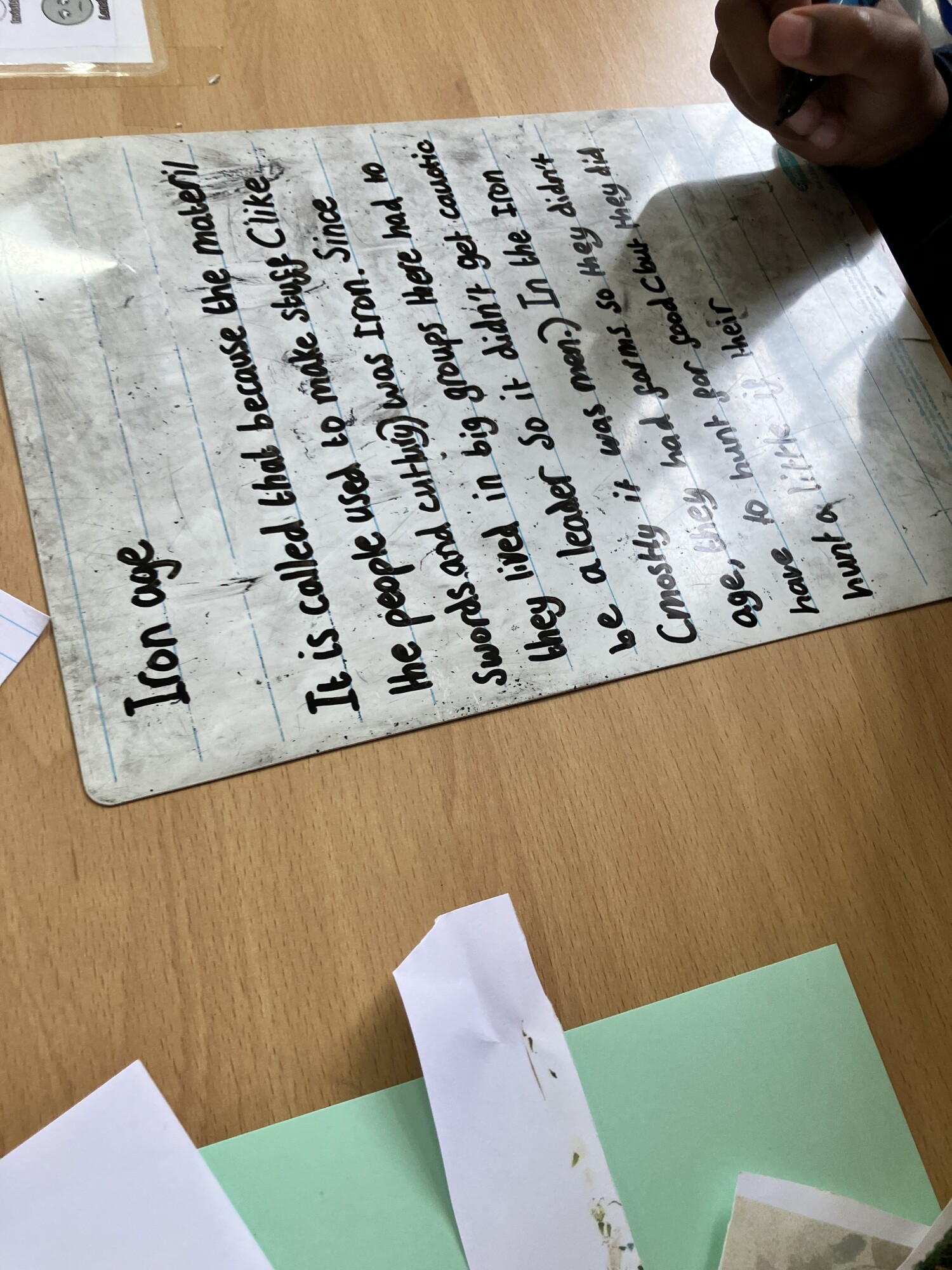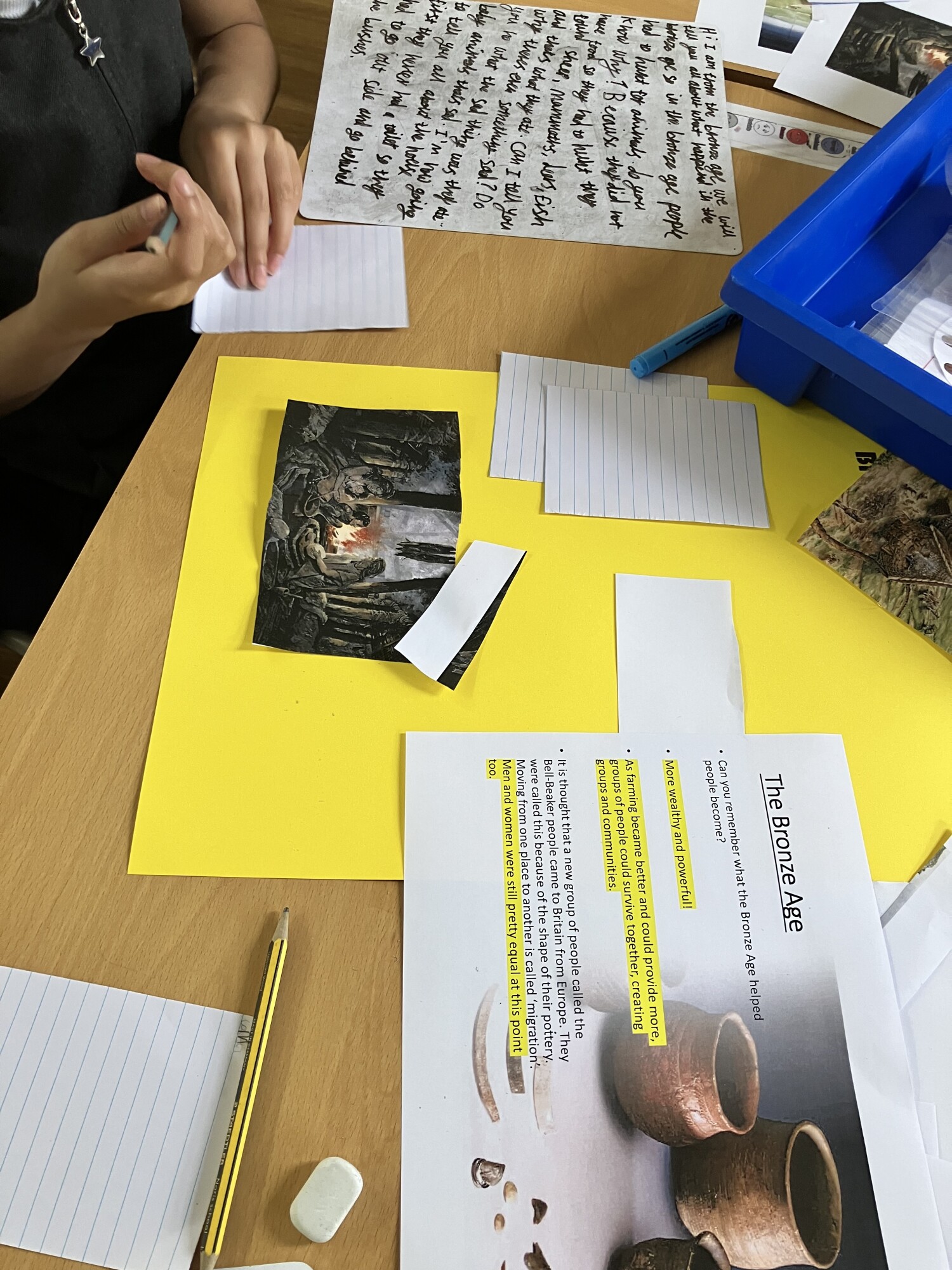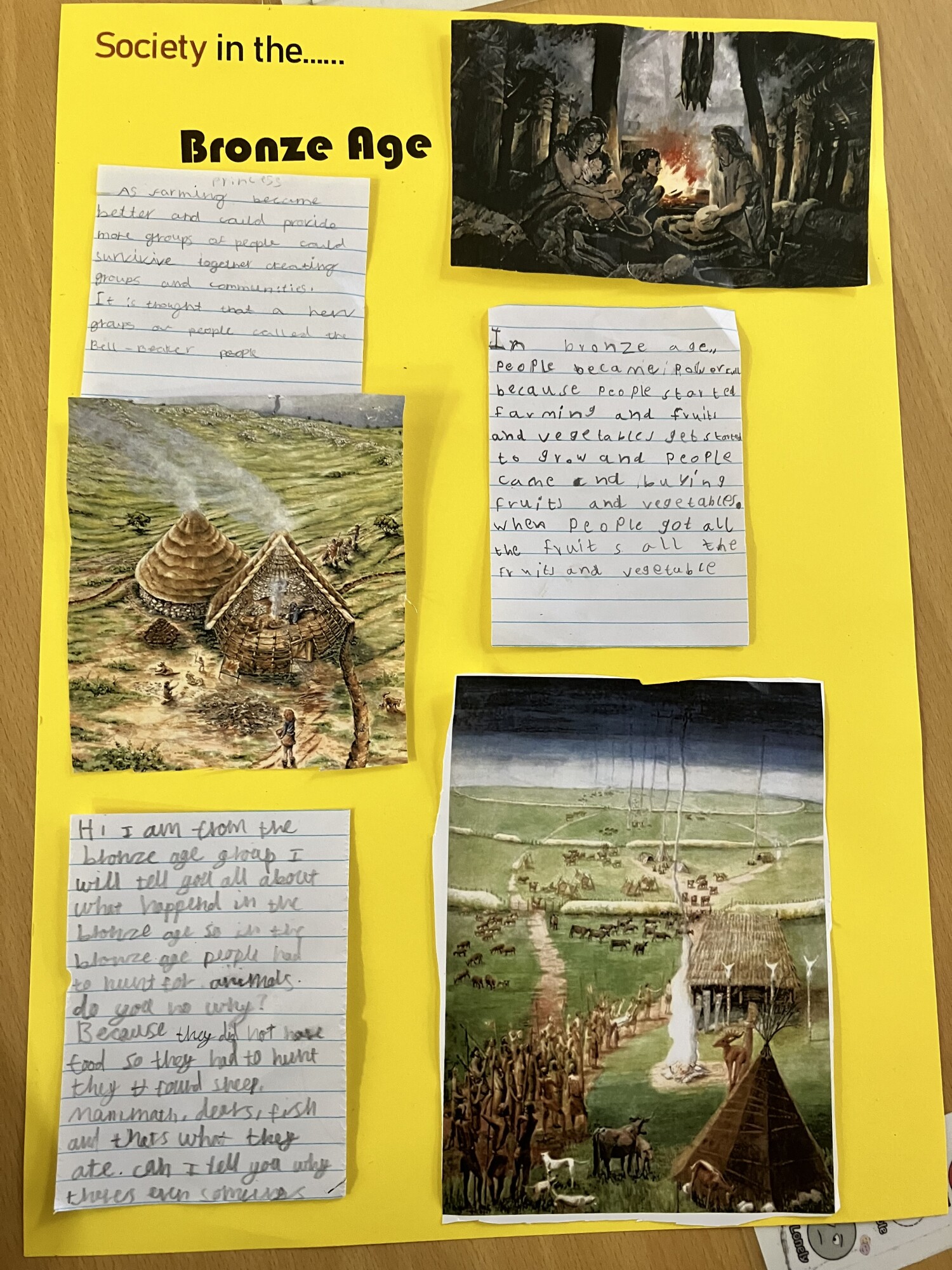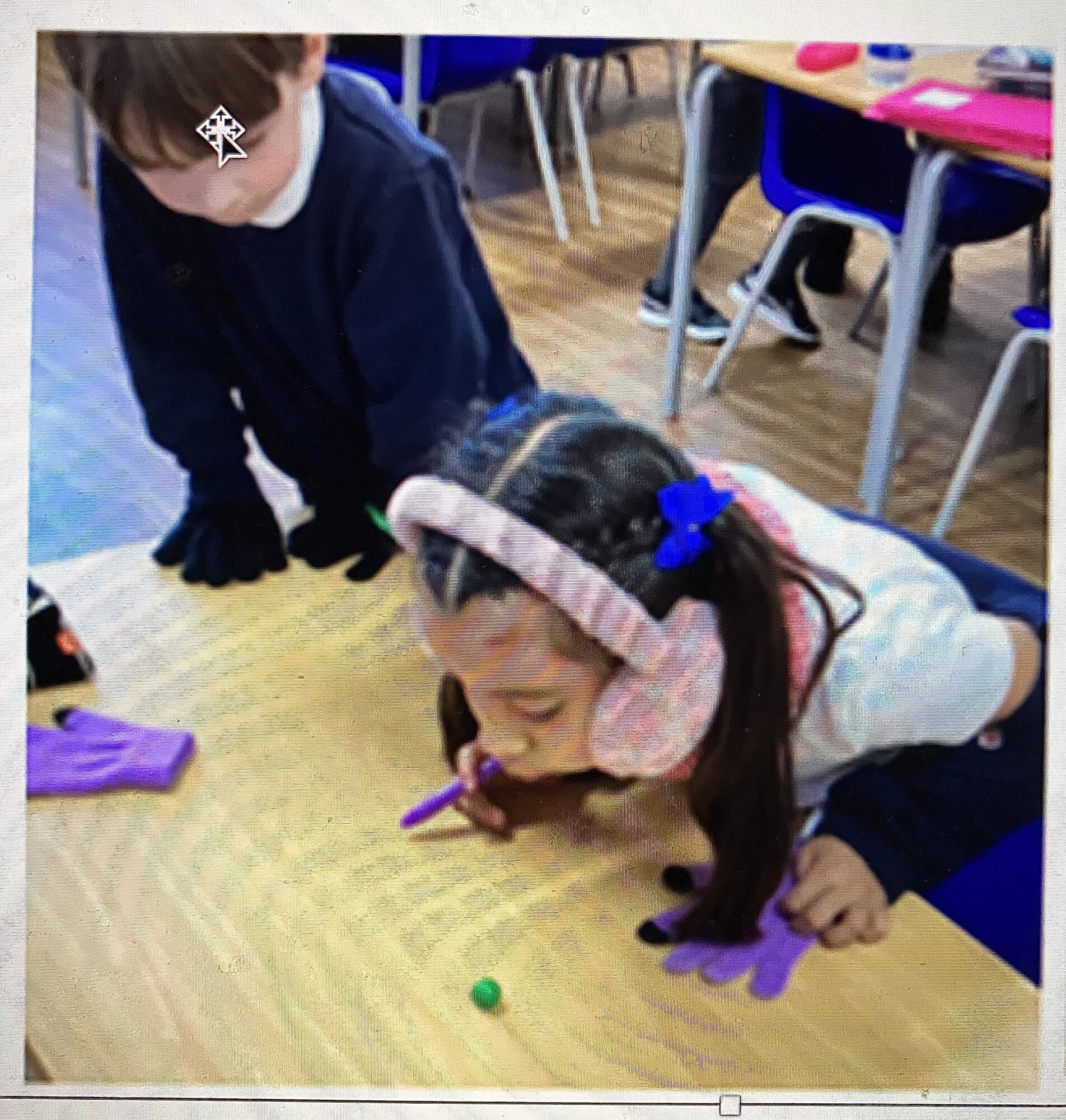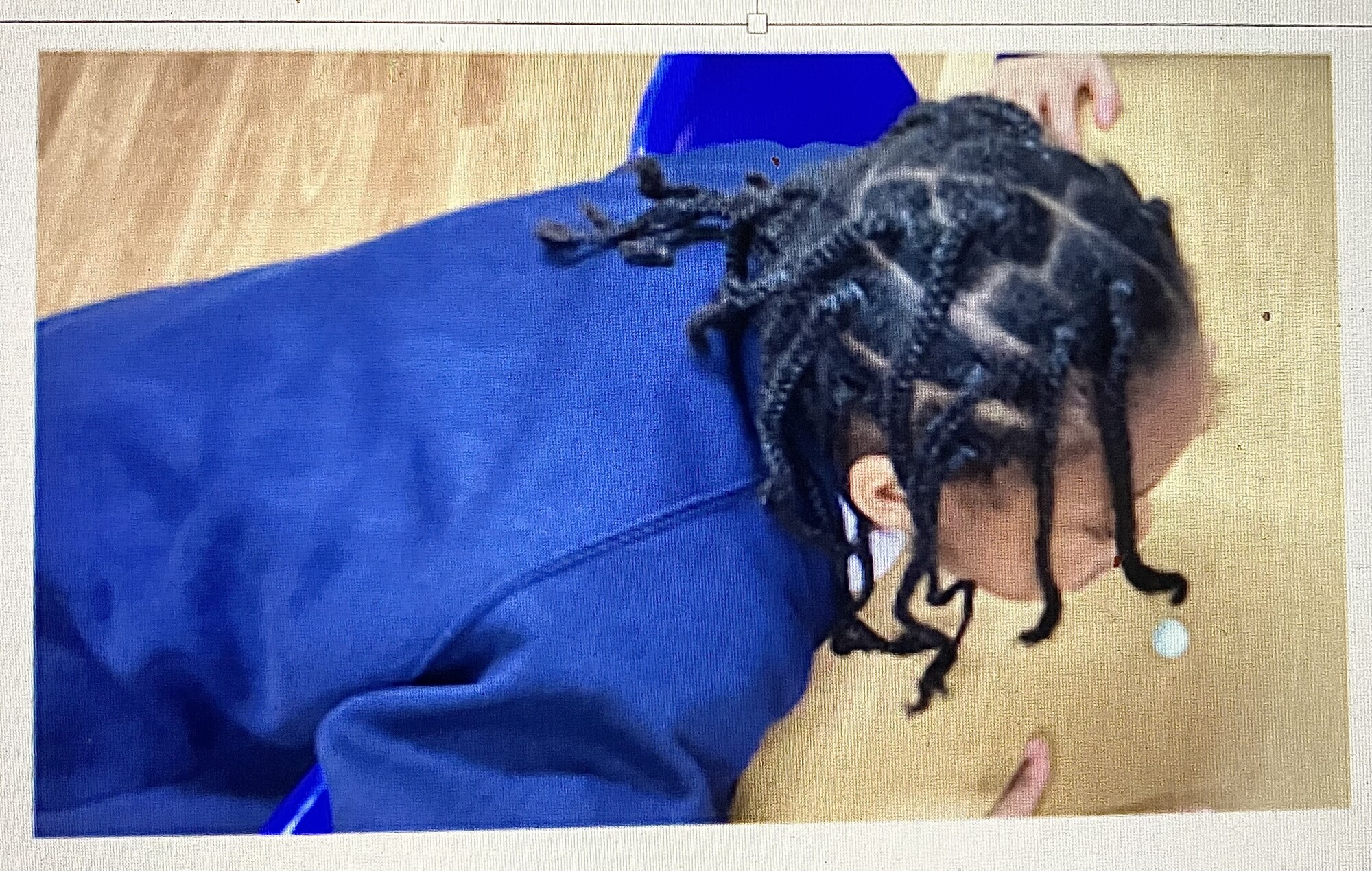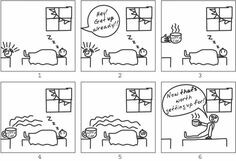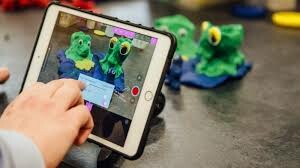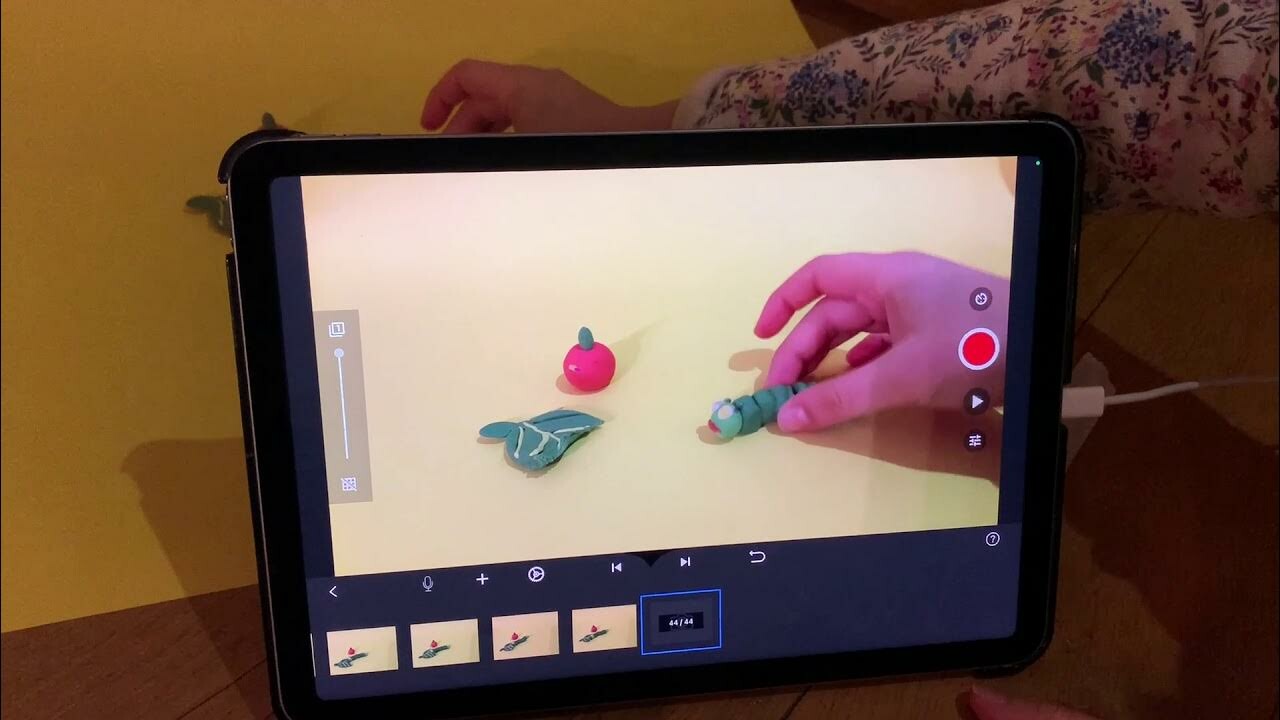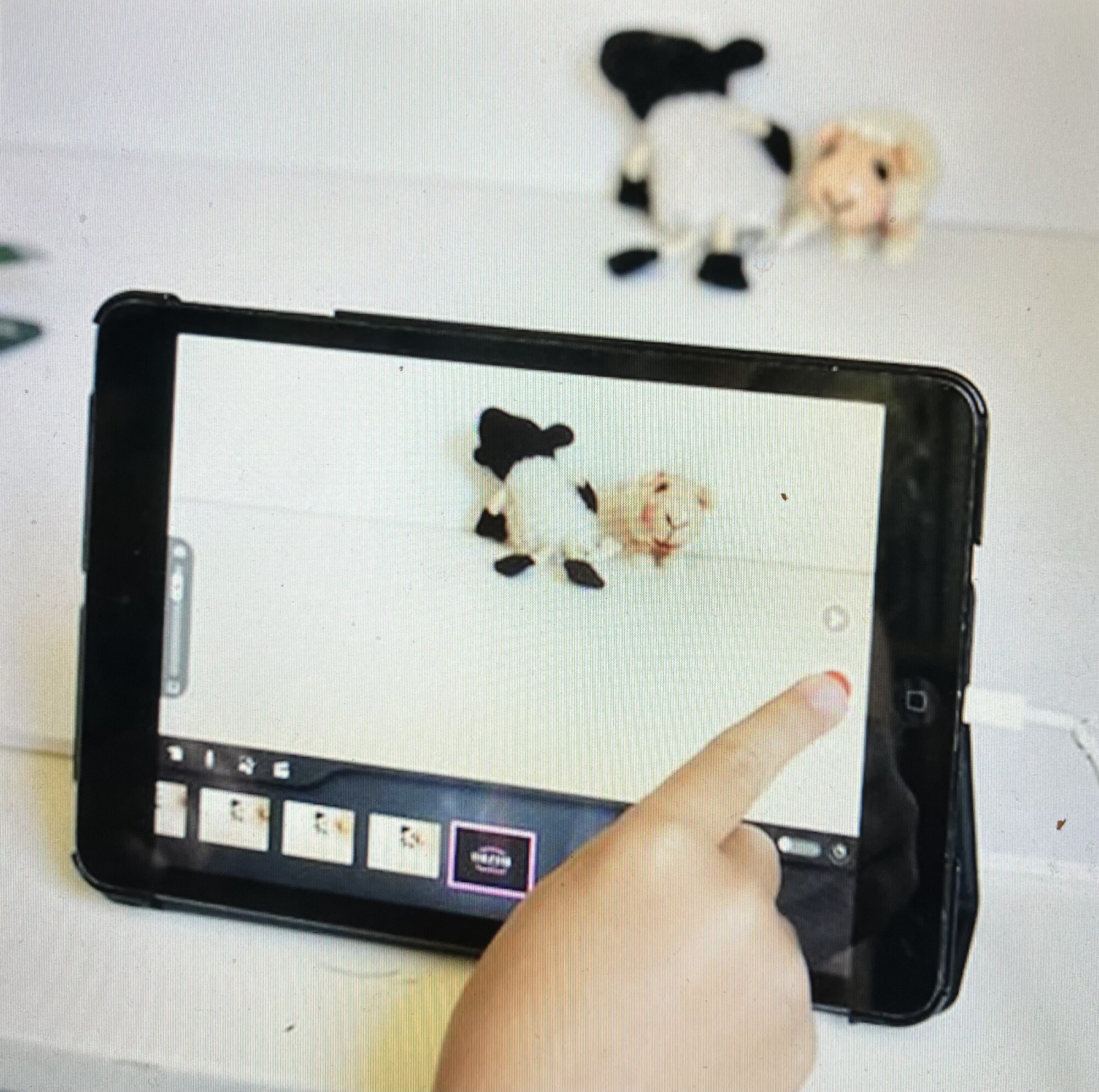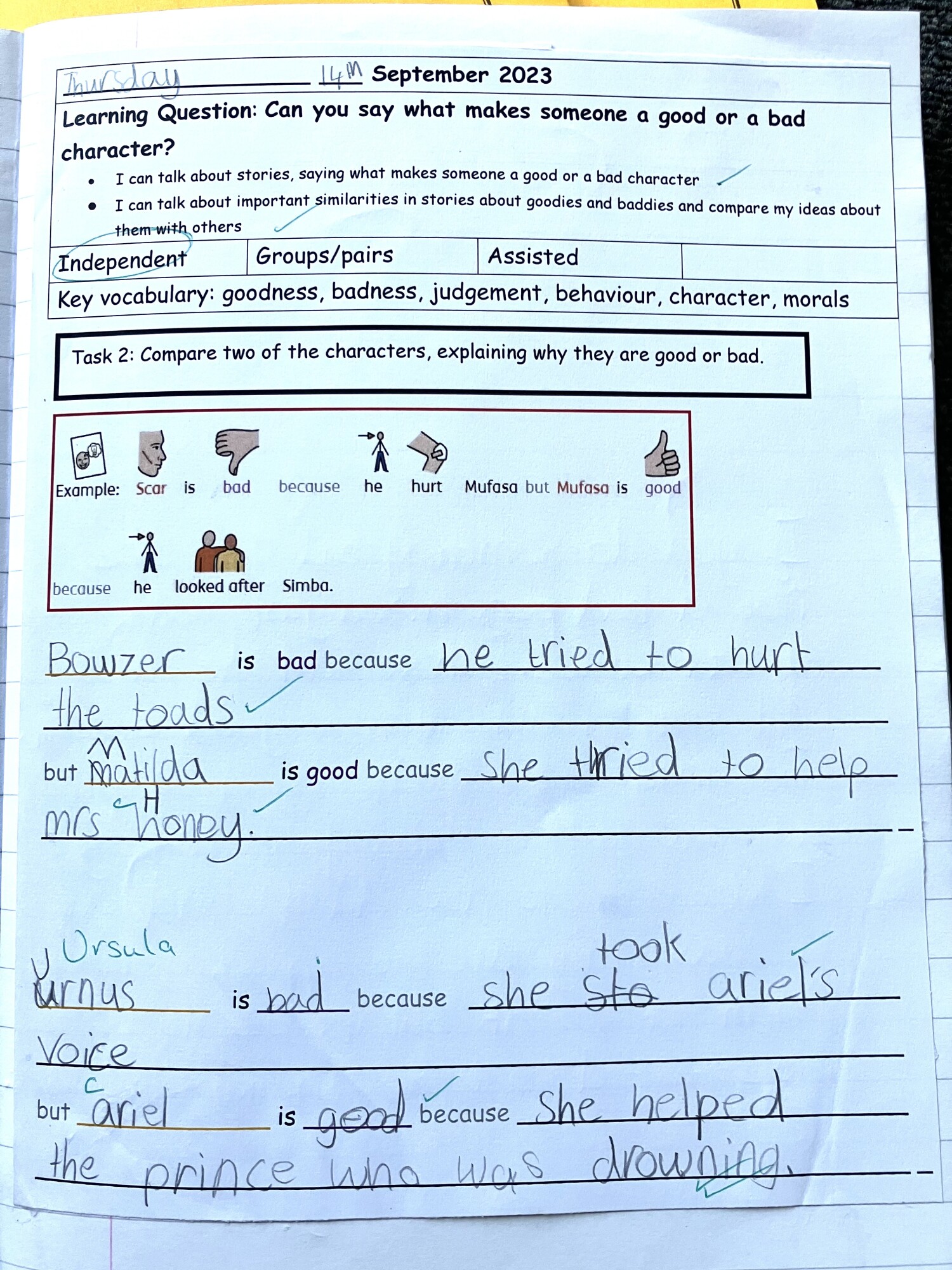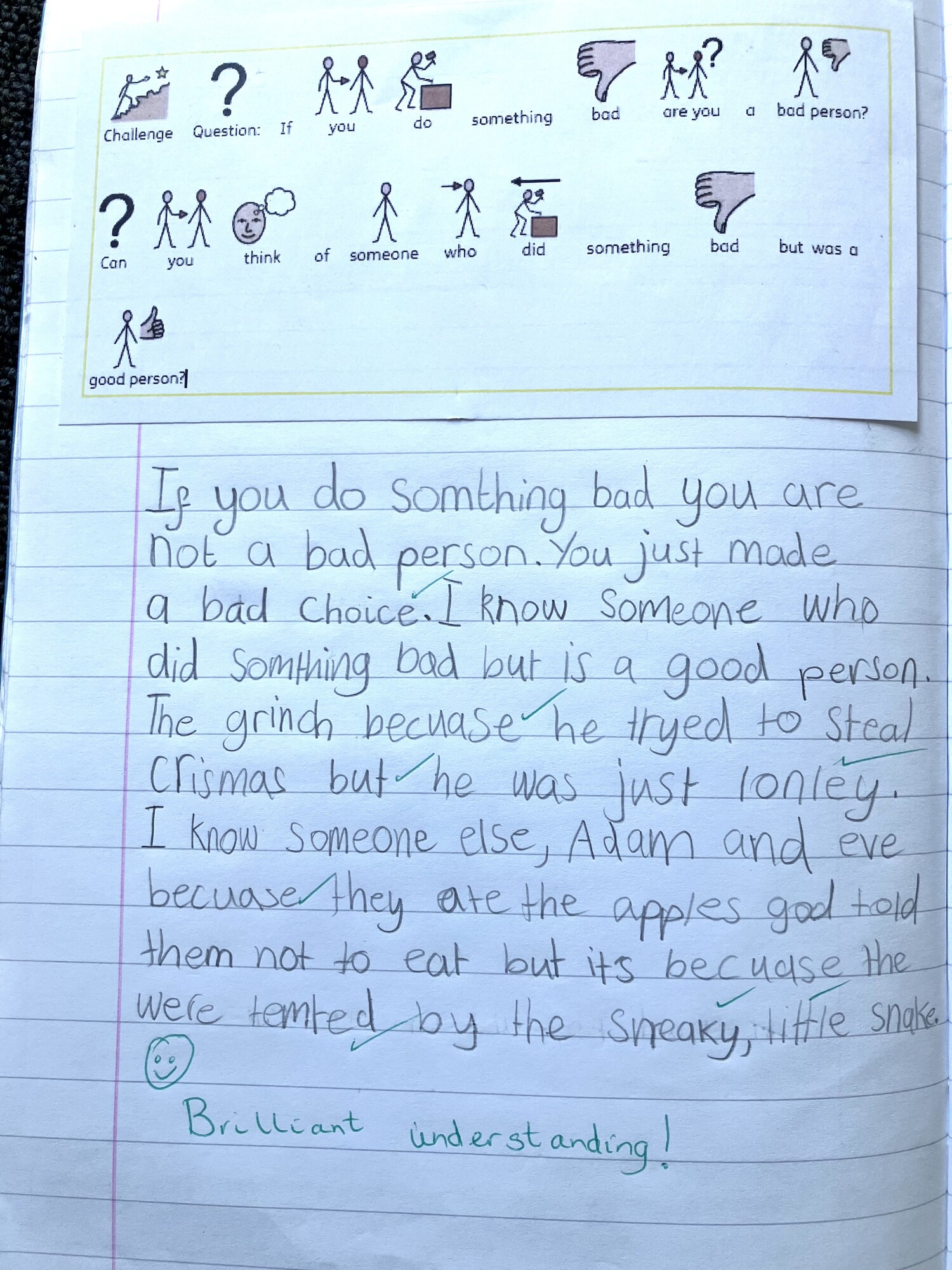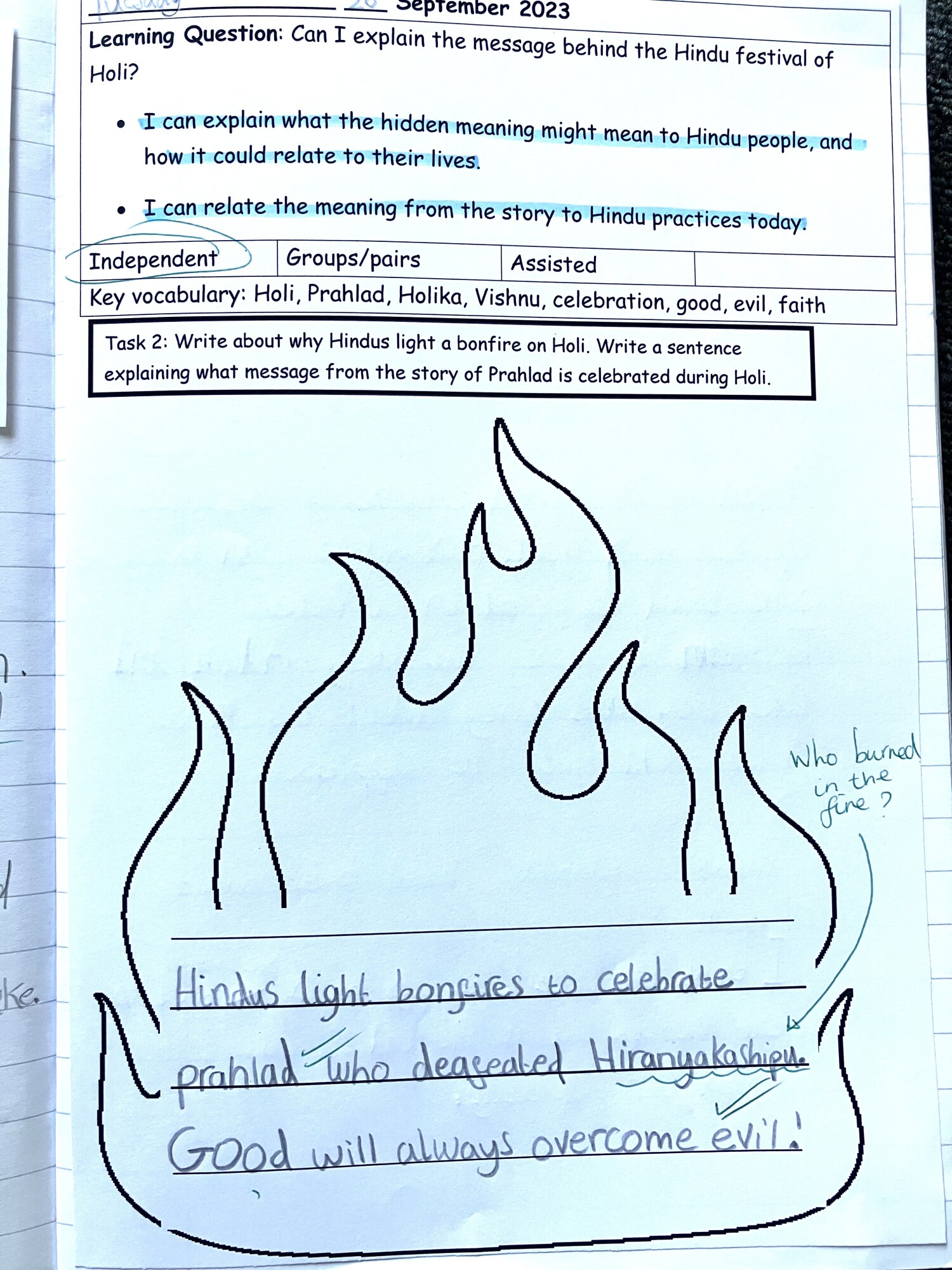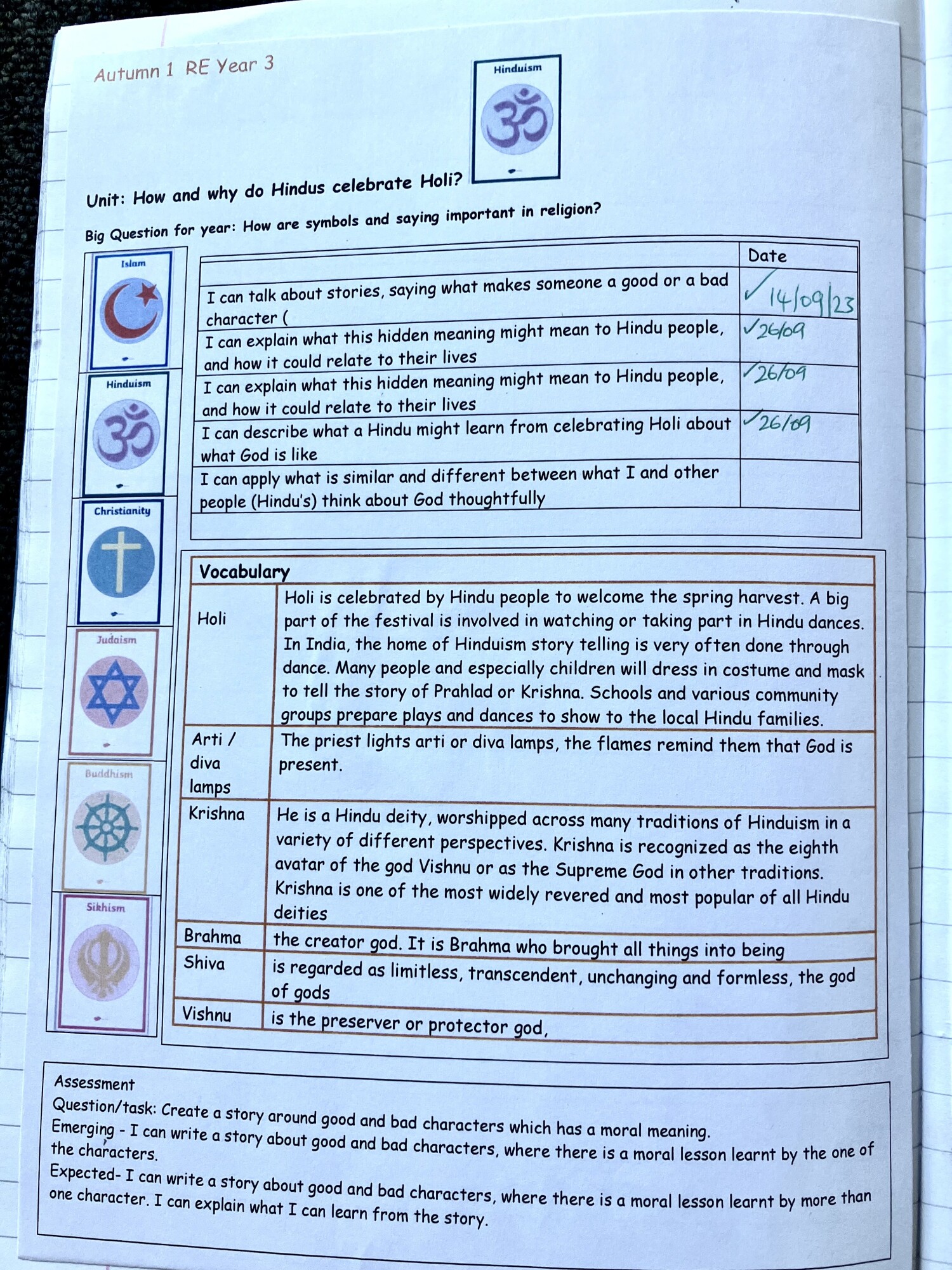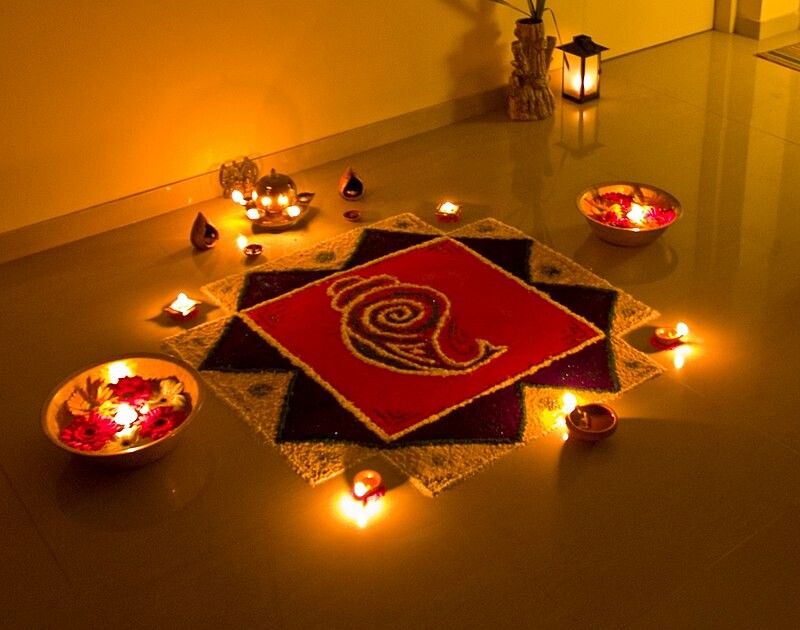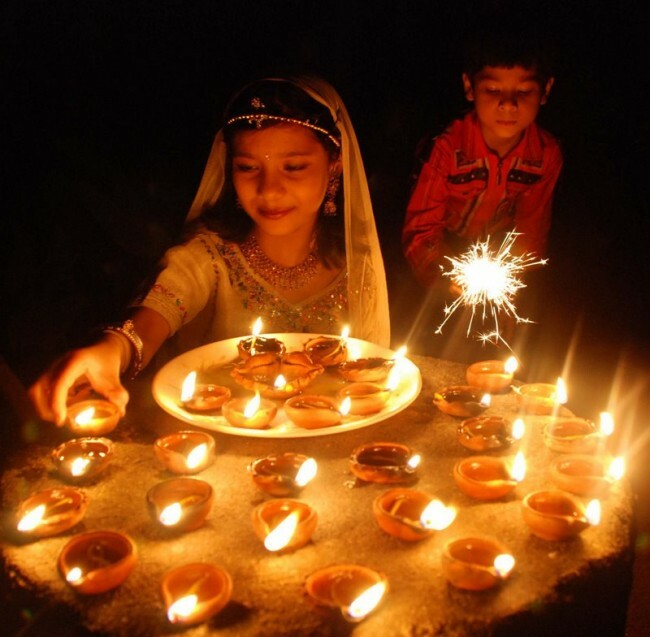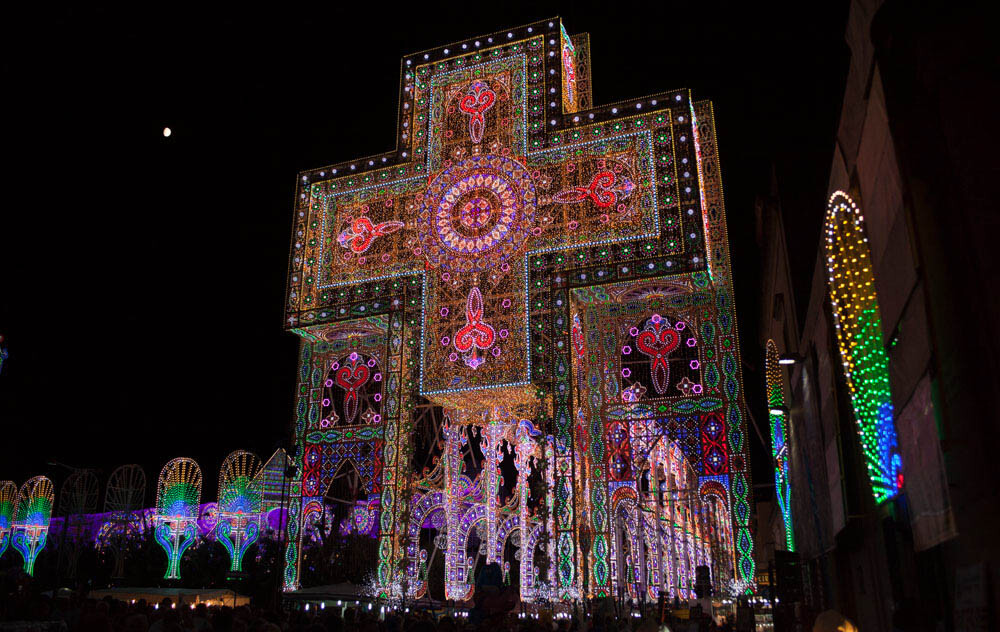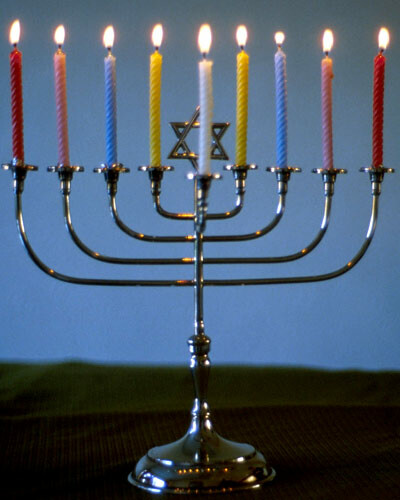Learning Hub
Year 3
SUMMER TERM
ENGLISH
This half term, Year 3 will develop their writing skills with non-fiction texts. The two genres we will focus on are explanation texts and instruction texts. We will write about subjects linked to the children's current learning in Science (Plants) and DT (Cooking and Nutrition), making their subject matter relevant and the writing purposeful. The children will explore the use of organisational devices such as headings and subheadings and they will continue to develop their use of paragraphing and formal language.
MATHS
This term, the children will begin by completing their work on measure, more specifically length and perimeter. They will take the opportunity to make their learning purposeful by learning about both in a real-life contexts. The children will then go on to complete their learning about fractions, building upon their work in the spring term and consolidating their understanding with various investigations. They will continue to use various pictorial, written and concrete resources to develop their understanding, focusing on adding and subtracting fractions and finding unit and non-units of fractions.
GEOGRAPHY
Enquiry Question: How has human activity affected the human and physical features of an area and its environmental concerns?
In this unit, the children will begin with an overall look at the UK, revisiting prior learning and extending. They will identify the major urban areas of the UK using various mapping tools and locate where they live. This will be the focus of their enquiry. The children will then investigate their locality. They will look at historical and contemporary photographs, the internet, posters, flyers, aerial photographs and both digital and hard copy mapping resources, including OS maps (past and present) to conduct a thorough initial investigation into their local area, Kennington. They will then plan and carry out fieldwork, gaining a real-life understanding of its land use and infrastructure: facilities, transport, green areas and homes. After analysing all of the data they have collected, the children will then identify a conservation focus, through which they will carry out a second piece of fieldwork to investigate the concern and its impact. Over the next couple of lessons, the children will continue to investigate: observe, measure, record and present the information about another locality to compare and contrast. As part of their learning journey, the children will reflect on possible solutions to the environmental concerns raised about their local area in order to share their ideas with their local MP.
DT
This term in Design Technology, the children learned all about cooking and nutrition, with a focus on Eating Seasonally. The children began this unit by reflecting on a given brief, To Design and Make a Seasonal Tart. The children learned about seasonal food, including the benefits of both growing and eating seasonally and they taste tested various seasonal vegetables describing their appearance, taste and and texture. Drawing from their findings, the children then went on to design their own seasonal savoury tart, follow a recipe and make it, taking into consideration all that they had learned about safety and hygiene whilst cooking. After tasting their delicious creations, the children then reflected on both the process and outcome.
Science
This term, the children have been learning all about Plants, building upon their previous learning in KS1. In this unit, the children describe the functions of different parts of plants, explore what a plant needs to live, investigate ways in which water is transported within plants and finally, explore the role of flowers in the life cycle of flowering plants. Each lesson has a practical element, ensuring the children's learning resonates. At the end of the unit, the children will answer a 'Big Question', providing them with the opportunity to apply all of their learning in response to it.
COMPUTING
This term, we began learning about, Creating media –Desktop publishing.
In this unit, the children will build upon their knowledge and skills in computing and continue to develop the vocabulary needed to practise and discuss their learning. They will look at text and images and discuss the advantages and disadvantages of both, exploring how they are used to communicate messages and can be edited for a particular purpose. The children will compare work they have made on desktop publishing with work made by hand and reflect on why desktop publishing might be helpful in a real-life context.
Have a look at some of the work we have done using Desktop Publishing!
PSHE
This term, the children will focus on relationships. The will learn about 'persuasion and pressure', That They will learn about how their actions affect themselves and others; about equal opportunities and their importance; mental well-being and internet safety.
RE
This term, we have begun looking at both Christianity and Islam, asking the overall question: What can we learn about special symbols and signs used in religions? Christianity, Islam and world views.
Over a series of lessons, we will respond to our focus question by breaking it down into smaller enquiries: What do these everyday signs and symbols mean? What symbolism can we see in Muslim artefacts? How do Muslims use art and symbols in their place of worship? What symbols can be found in a Christian story? Why is the cross important to Christians? In response to these questions, we will take every opportunity to learn about Christianity and Islam in lessons that are creative and engaging.
MUSIC
Recorder Singing – breathing, phrasing and vocal health. Playing by Ear (aural skills).
In this unit, the children will begin to play more complex phrases, using the given notes and applying prior learning. They will also begin to play by ear. They will listen to a simple song they have previously
learnt through singing. They will be given the pitches for the first three lines of the song and then be asked to complete the final line by identifying the correct pitches independently. This greatly improves aural skills and links to their previous learning of solfege. This skill is repeated and consolidated through a variety of songs, working both independently and in pairs. The children develop their confidence in discussing music and musicality by having the opportunity to peer assess.
Summer Listening:
The children will listen to music based of repeated rhythm patterns, such as Tubular Bells and Bolero. This will support the children in developing their aural recognition.
SPANISH
This term, the children will focus on using Spanish to explore Ancient Britain. This will provide the children with the perfect opportunity to draw upon their history learning from the start of the year. By the end of this unit
we will be able to: Name in Spanish, the six key periods of ancient Britain, introduced in chronological order; say in Spanish three
of the types of people who lived in ancient Britain, where they lived and what their hunting tool was; remember accurately from memory and use the Spanish for ‘I am’ (soy), ‘I have’ (tengo) and ‘I live’ (vivo).
SPRING TERM
ENGLISH
This term, we will explore the wonderful text, Cinderella of the Nile, a reimagining of the traditional tale set in Ancient Greece and Egypt. Through this text, the children will have the opportunity to develop their use of descriptive, figurative and cohesive language and begin to use more varied forms of punctuation, such as speech punctuation and ellipsis. They will continue to consolidate their understanding and use of various sentence structures and basic punctuation, and reading comprehension skills through our whole class reading lessons. By the end of the unit, the children will have written character descriptions, dialogue, recounted an interview and written a newspaper report.
MATHS
This term the children will complete their work on the four operations with multiplication and division. They will build upon their previous learning and apply these skills to solve various problems in real life contexts and carry out investigations. The children will then move on to fractions, which will again provide many opportunities to apply their previous learning, particularly in division.They will develop their understanding of fractions using various pictorial, written and concrete resources, looking at equivalent fractions, ordering and comparing fractions and much more. They will apply their learning to solve different problems, whilst developing their confidence in writing and talking about maths.
HISTORY
Enquiry Question: How were the Ancient Egyptians able to survive for 3000 years?
This term, the children will begin a new history topic, Ancient Egypt. Building upon their previous learning (Stone Age to Iron Age) the children will begin by exploring the earliest civilisations, including where they were located and when they took place. The children will draw comparisons and identify what it was that made them 'civilisations'. They will also reflect upon what was taking place in the UK at this time, referencing their learning in the autumn term and continue to make comparisons. Each lesson will be sequential, gathering evidence, and making enquiries to ultimately respond to their overall enquiry question. They will consider how Ancient Egyptian society was structured; what evidence from the past can tell us about them and the possible limitations of various sources of evidence. The children will reflect upon the importance of agriculture and the Nile as resource for Ancient Egyptians and the part it played in the development of this civilisation. They will also consider the significance of their writing system and other advancements, drawing comparisons with concurrent periods of history.
SCIENCE
This term, we will be learning about Light. By the end of the unit, the children will recognise that light is reflected from surfaces; that light from the sun can be dangerous and there are ways to protect their eyes; that shadows are formed from a light source blocked by a solid object and find patterns in the way the sizes of shadows change. In discovering all of this scientific knowledge, the children will continue to develop their skills in scientific enquiry, working scientifically to create hypotheses, gather information, carry out fair tests and draw conclusions. The children will be able to classify information and materials and continue to build upon their scientific vocabulary.
ART
This half term, we will be focusing on skills in painting and collage making links to our current history topic (Ancient Egypt) where relevant. We will build upon our previous learning in these media and continue to develop our art vocabulary as we research, discuss, experiment and evaluate. We will reflect on various artists who worked in both paint and collage, particularly focusing on the work of Gustav Klimt, who himself was influenced by art and forms of expression in various ancient cultures, including Ancient Egyptian.
COMPUTING
This term, we will be completing the unit, Programming A - Sequencing sounds. Through this unit the children will develop their understanding of and skills in programming. They will be able to create a programme following a design; create sequences of connected commands; make design choices and implement their algorithms as code, amongst a number of other skills in this area, building upon their learning in KS1.
The children will also be applying and consolidating their computing skills in other subjects across the curriculum, whether using Excel to present their data in Science or use QR codes to carry out research into secondary sources of evidence in History.
R.E.
This term we will be learning all about Sikhism. We will be asking these key questions: What are the meanings behind Sikh symbols? What are the significant teachings in the Mool Mantar? What are the wise words of Guru Granth Sahib? What are the 5Ks in Sikhsim and how do Sikhs live by them? What is a Gurdwara and how do Sikh teachings take place within them?
Through creative and engaging lessons we will, discuss questions, ideas, celebrations and points of view in relation to Sikhism. Make links between religious symbols, language and stories and beliefs. Connect ideas with previous learning and express ideas thoughtfully and consider different ideas and practices within and between religions.
MUSIC
Recorder and Singing – breathing, phrasing and vocal health.
Improvising play - Drone (harmony).
In this unit, the children will now add ‘D’. They will to play alongside backing tracks, to experiment with their five notes, improvising their own sequences. This is an opportunity to compose a short piece within the parameters of their learning to date. Through this they will consider rhythm, pitch and pulse, revisiting prior learning to complete their piece. These skills are developed over several lessons. The children will learn what a ‘drone’ (harmony) is and in their improvisation exercises and simple pieces, they will learn how to add a drone to several pieces of music.
Spring Listening:
The children listen to a variety of Jazz music, in which the artist improvises on their solo instruments. For example, John Coltrane’s, ‘My Favourite Things’.
AUTUMN TERM
ENGLISH
This term, year 3 will be working from a text linked to their current history topic (Stone Age to Iron Age) called, The First Drawing, by Mordicai Gerstein. This is a wonderful story about a young boy who learns how to express himself through art, so inspired by the the wonderful things that surround him in his life. Throughout the unit the children will continue to develop their skills and knowledge of sentence structure, grammar, punctuation and descriptive language, writing diary entries, dialogues, character descriptions and story retellings. They will gain a deeper understanding of the story and how it was written during whole class reading lessons, where they will unpick text, focusing on their retrieval, inference and evaluative skills, in addition to examining the author's use of language.
During the second half of the Autumn term, Year 3 will begin with Nature Poetry. The children will explore, discuss, unpick and perform a range of poetry inspired by nature, making links to their current geography topic where possible. Towards the end of the unit, the children will respond to poems they initially immersed themselves in and apply a number of the skills they have reflected upon in their own compositions.This is a fantastic unit to broaden the children's knowledge of different genres, of writing and poetry, develop their vocabulary and provide opportunities to perform and develop their oratory skills.
Following on from this unit the children will go on to explore the text, The Varmints. This is a beautiful and emotive story of a creature content to live in and amongst his beautiful natural surroundings, only to one day be faced with the threat of losing his home. Throughout the unit the children will focus on developing their use of descriptive language, cohesive devices and tense amongst various other grammatical skills, whilst writing from the perspective of the troubled protagonist. Whilst reading this text, the children will also explore the themes of environmentalism, habitats, conservation, life-cycles and hope.
MATHS
This term, the children will start the year building upon their learning in Year 2 with Number and Place Value, gaining a deeper understanding of numbers to one thousand. They will both talk and write about their maths learning and apply it to answer questions and solve problems. Next, they will then begin their work on the four operations, starting with addition and subtraction and continue on into the second half of the autumn term with multiplication and division. Again, building upon their learning last year, the children with develop their understanding of the each operation, using concrete resources, discussion and various contexts to solve problems and answer questions.
HISTORY
This term we will be learning all about the Stone Age to Iron Age, completing a series of lessons which will lead up to us answering the question, Was Life Better in the Stone Age, Bronze Age or Iron Age?
In this unit the children continue to develop their understanding of chronology, sequencing periods of history with the introduction of dates. The children will draw upon various sources of evidence, both primary and secondary to make inferences about each ‘age’. They will begin to consider fact that history can be interpreted in more than one way and consider the reasons for this. The children will look at societal changes from Stone Age to Iron Age and the reasons behind them, reflecting on both the positive and negative consequences of each change.
GEOGRAPHY
During the second half of the Autumn term, the children will begin their Geography topic, Mountains and Volcanoes.
In this unit, the children will begin by using a variety of mapping tools, including digital to locate and investigate the world’s tallest mountain, Mount Everest. The children will deepen their geographical knowledge and skills to identify the key features of a mountain and its surrounding area.
They will then go on the locate and investigate a mountain in the UK and begin to draw comparisons, considering topographical features, types of vegetation and human activity. The children will then move on to investigate volcanoes, using various mapping tools, aerial photographs and other resources. They will be able to identify the key features of a volcano and the different types; locate and describe well known volcanoes; explain how volcanoes are formed and the changes that occur during this process. The children will reflect on the impact the natural processes that occur during a volcanic eruption have on human activity, including settlement and migration.
SCIENCE - CHEMISTRY
This term, the children will begin with chemistry and the topic, Rocks. They will compare and group together different kinds of rocks on the basis of their appearance and simple physical properties, examine how fossils are made and recognise that soils are made from rocks and organic matter. They will work scientifically to develop their skills and knowledge throughout the term, researching, classifying, comparing and investigating. This science topic will also support their understanding of chronology and distant past, in line with their history topic, investigating the period between the Stone Age and Iron Age.
SCIENCE - PHYSICS
During the second half of the Autumn term, the children will begin their physics unit, Forces and Magnets. Throughout this topic, the children will reflect on how things move on different surfaces and how forces work in real life contexts. They will learn about magnetic force and compare and contrast various materials on this basis. They will work scientifically when asking questions, making predictions, gathering data, presenting their results and coming to conclusions
COMPUTING
This term, the children will learn all about Computer Systems and Networks. Through various activities they will explore and develop their understanding of digital devices, with an initial focus on inputs, processes, and outputs. They will also compare digital and non-digital devices. Next, they will be introduced to computer networks, including devices that make up a network’s infrastructure, such as wireless access points and switches. Finally, they will discover the benefits of connecting devices in a network.
During the second half of the Autumn term, the children will be Creating Media with Stop-Frame Animation.
Initially exploring stop-frame animation through art and design, creating flip book style animations, drawing sequences of pictures and discussing how this works, the children will go onto create an effective stop-frame animation on the computer. They will break down a story into settings, characters and events - create a storyboard - describe an animation that is achievable on screen and evaluate the quality of their animation.
DESIGN AND TECHNOLOGY
This term the children will carry out a Design and Technology project focusing on structures, in particular those found in ancient Britain during the Bronze Age. They will reflect upon the period in which they were used, the materials available, the requirements of the structure and the various techniques used to construct them. Based upon the brief they receive and their subsequent research, the children will design and build their own structure. At the end of the unit, the children will evaluate their final piece of work, the process in which they completed their project and the choices they made, which will in turn provide some 'next steps' for future DT projects.
ART AND DESIGN
During the second half pf the Autumn term, the children will begin their Art and Design project, focusing on 3D form. The children will draw inspiration from their current geography topic (Mountains and Volcanoes), and explore the work of various artists who have been inspired by a similar theme, for example, Elizabeth Jaeger, Zang Wei and Annish Kapoor. The children will reflect upon the concepts they explore, such as beauty, hope, strength and loss, the materials they have used and the techniques with which to produce their works of art. The children will then begin to consider their own piece drawing upon their research, experimenting with various designs, materials and techniques and gradually develop an idea for their final piece of work.
RE
This half term, the children will be learning about Hinduism, their beliefs, traditions, celebrations and the stories that surround them, developing their skills in enquiry and discussion. They will be able to express their ideas thoughtfully, connect ideas, ask questions and share points of view.
During the second half of the Autumn term, the children will be asking the question, What is the significance of light in religion? whilst exploring all faiths. They will reflect on additional questions, such as, why do Hindus have divas for Diwali? Why do Sikhs celebrate Diwali? How do Christians use light at Christmas? What do Jews remember at Hanukkah? And, why is light important at different religious festivals? Throughout the unit, the children will notice and find out about religions and worldviews; investigate and explain why religions and worldviews matter and make links between religious symbols, language and stories and the beliefs or ideas that underlie them.
PSHE
This term, the children will begin their PSHE learning with Health and Wellbeing: emotions and feelings. They will reflect on how to deal with different feelings and cope with pressure, discussing strategies and the support that's available. They will discuss what positively and negatively affects their physical, mental and emotional health and how to deal with various examples. They will learn through discussion, role-play, art or other creative and expressive outlets - sharing ideas and working together is a supportive environment.
During the second half of the Autumn term, the children will be focusing on the themes of 'Keeping Safe' and 'Health Education'
They will explore the risks they may face, personal hygiene and germs including bacteria and viruses, how they are spread and treated and the importance of hand washing.
MUSIC
In this unit, the children are introduced to the recorder. They learn to hold their instrument correctly, blow using du (tonguing) and the play 3 pitches, B, A and G.
During the first half of the term, the children will continue with rhythm notation and Solfege hand signs, whilst using the recorder.
All throughout the children will begin with singing warm- ups in preparation for their ensemble work and to continue with their musical appreciation.
Autumn Listening - the children listen to and watch the playing of a variety of recorder music, from the renaissance to contemporary. They are encouraged to focus on the combination of pitch and sound with fingering and posture, to support their own playing and broaden their repertoire of music.
During the second half of the Autumn term, the children will continue learning how to play the recorder, sing – focusing on breathing, phrasing and vocal health. Although, this time, looking at technique and shapes (extending finger positions for pitches).
In this the unit, the children continue to consolidate their beginners’ skills, extending with a fourth note, C. The children learn about pace and repetition in response to phrases called out by the teacher. This can be replicated with their recorders.The children begin to learn new pieces of music, applying the skill they have learnt to date.
The children will have the opportunity to perform to their peers, individually and in small groups. They are encouraged to provide constructive per feedback. The children begin to develop their stage craft, i.e. engaging with an audience, respecting fellow performers and acknowledging applause.
SPANISH
This term, the children will focus on Spanish phonetics. They will locate Spain, Madrid and other Spanish cities on a map; learn how to ask someone how they are feeling; say their names and how they are feeling; count to 10 and read, write, say and recall ten different colours.
